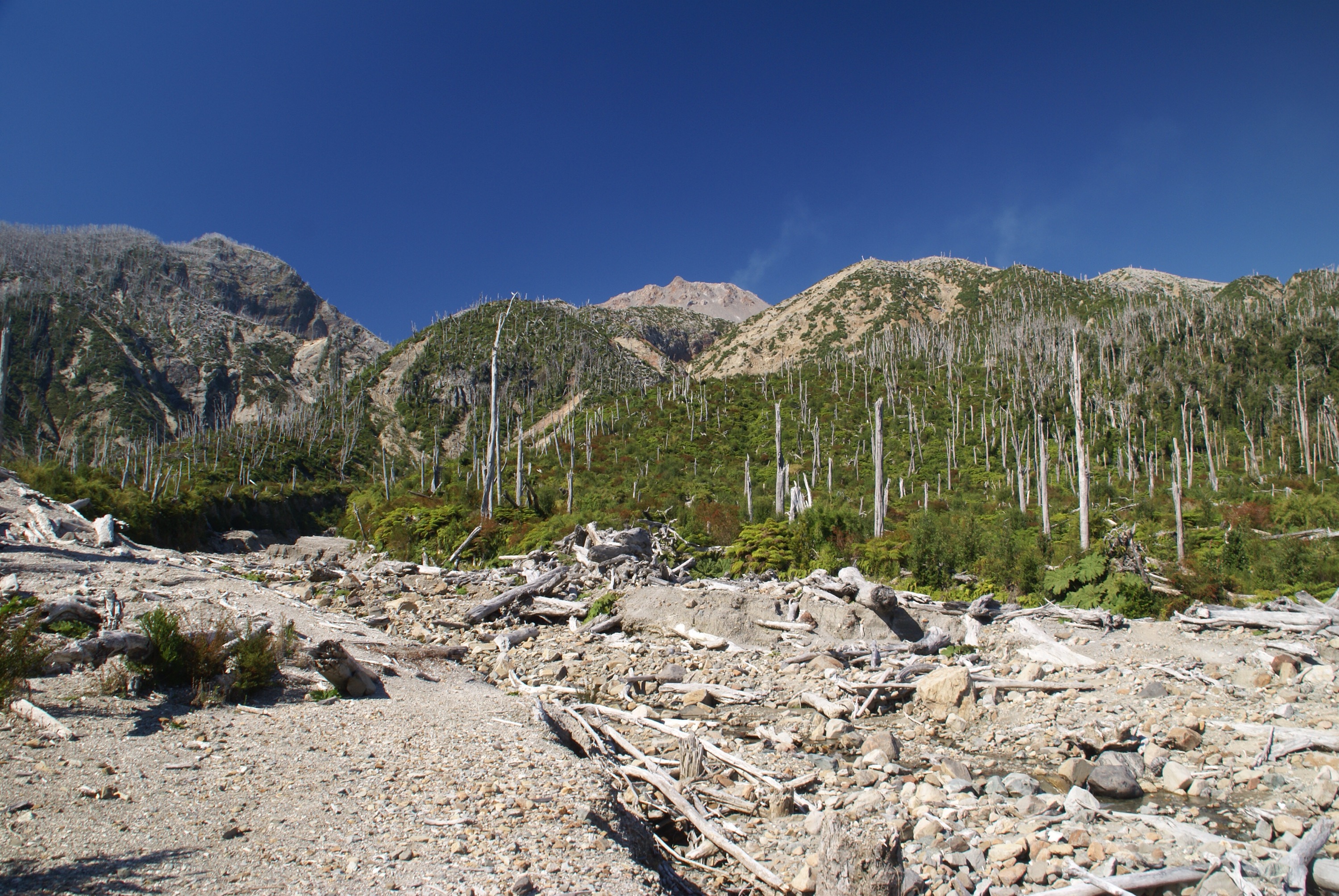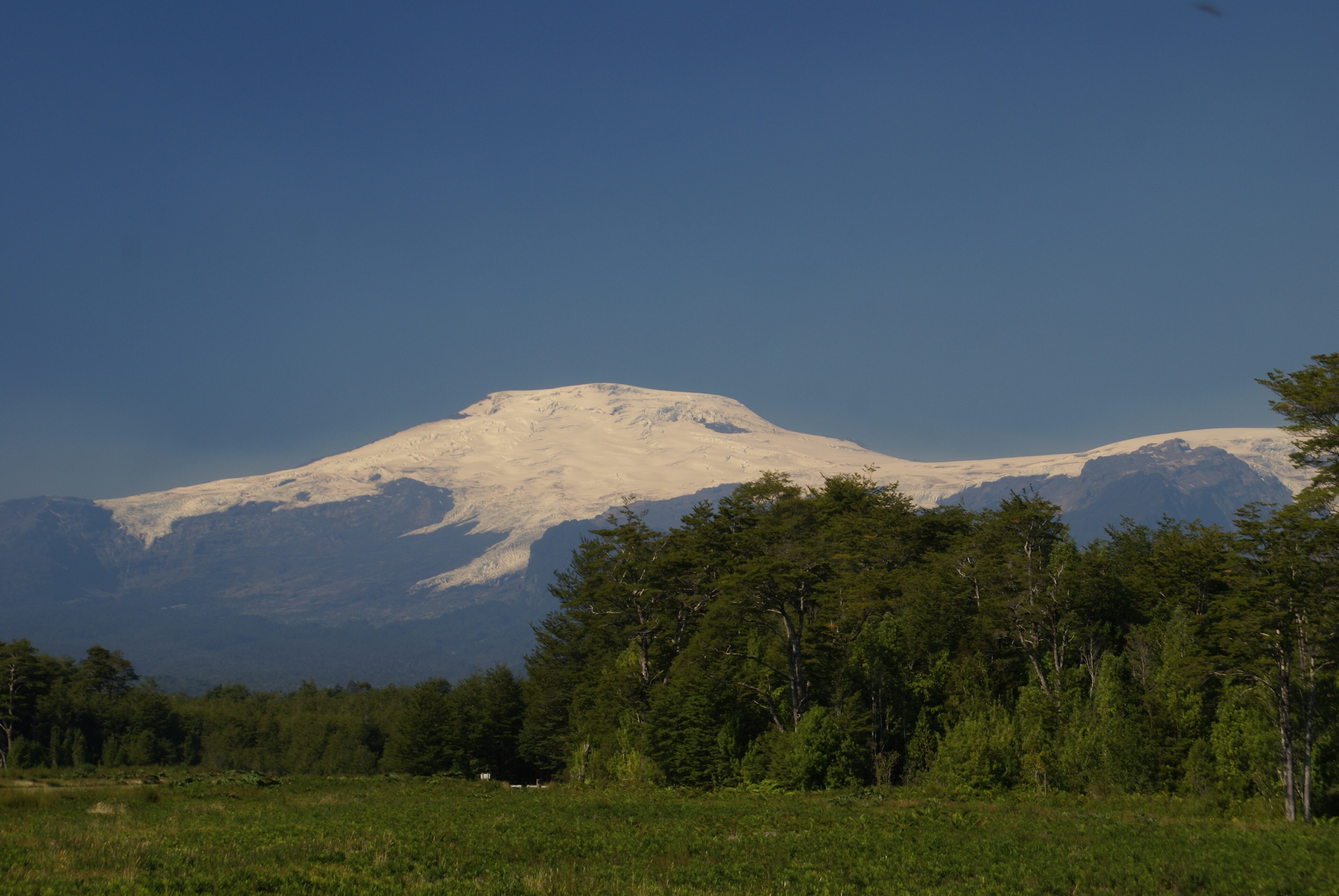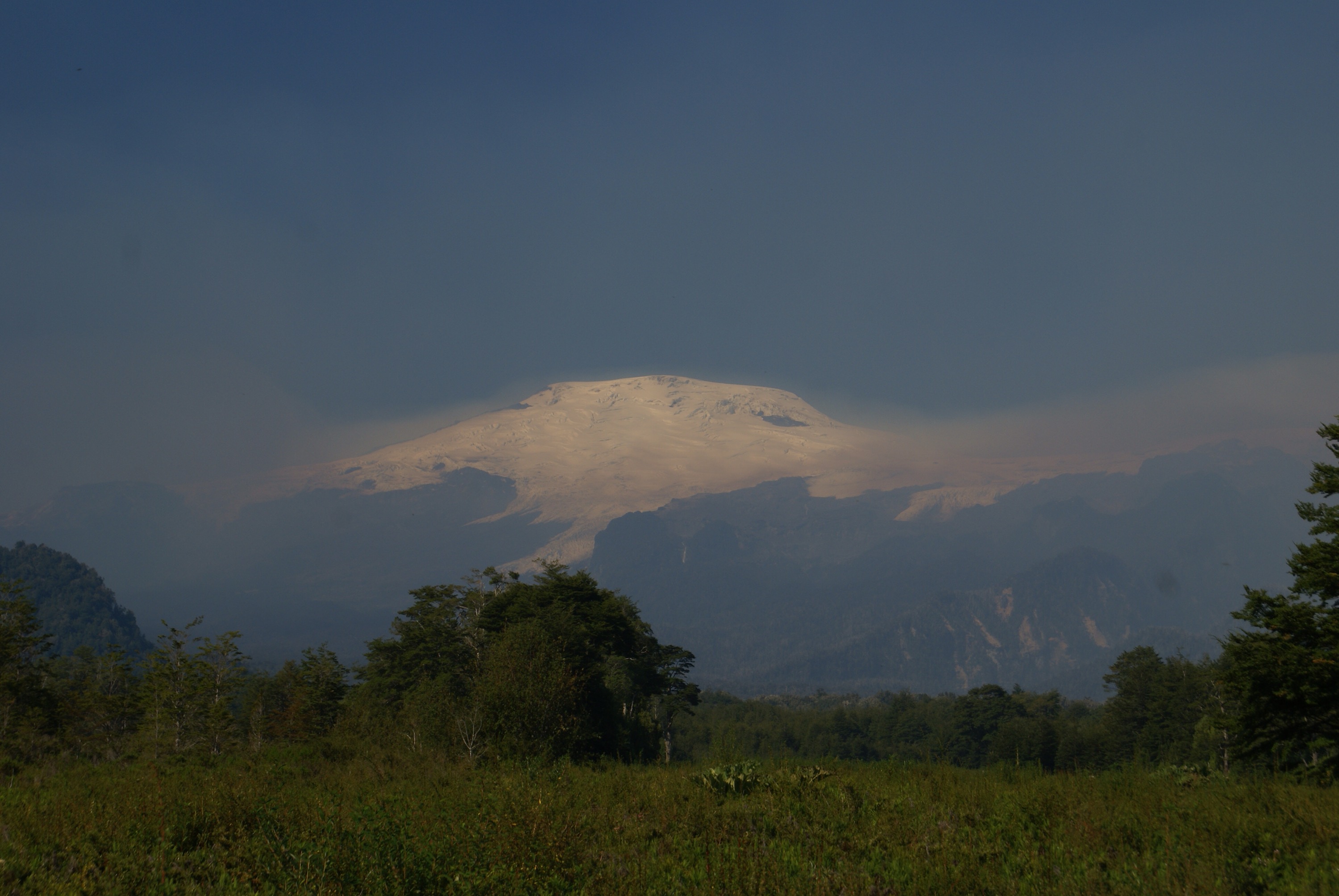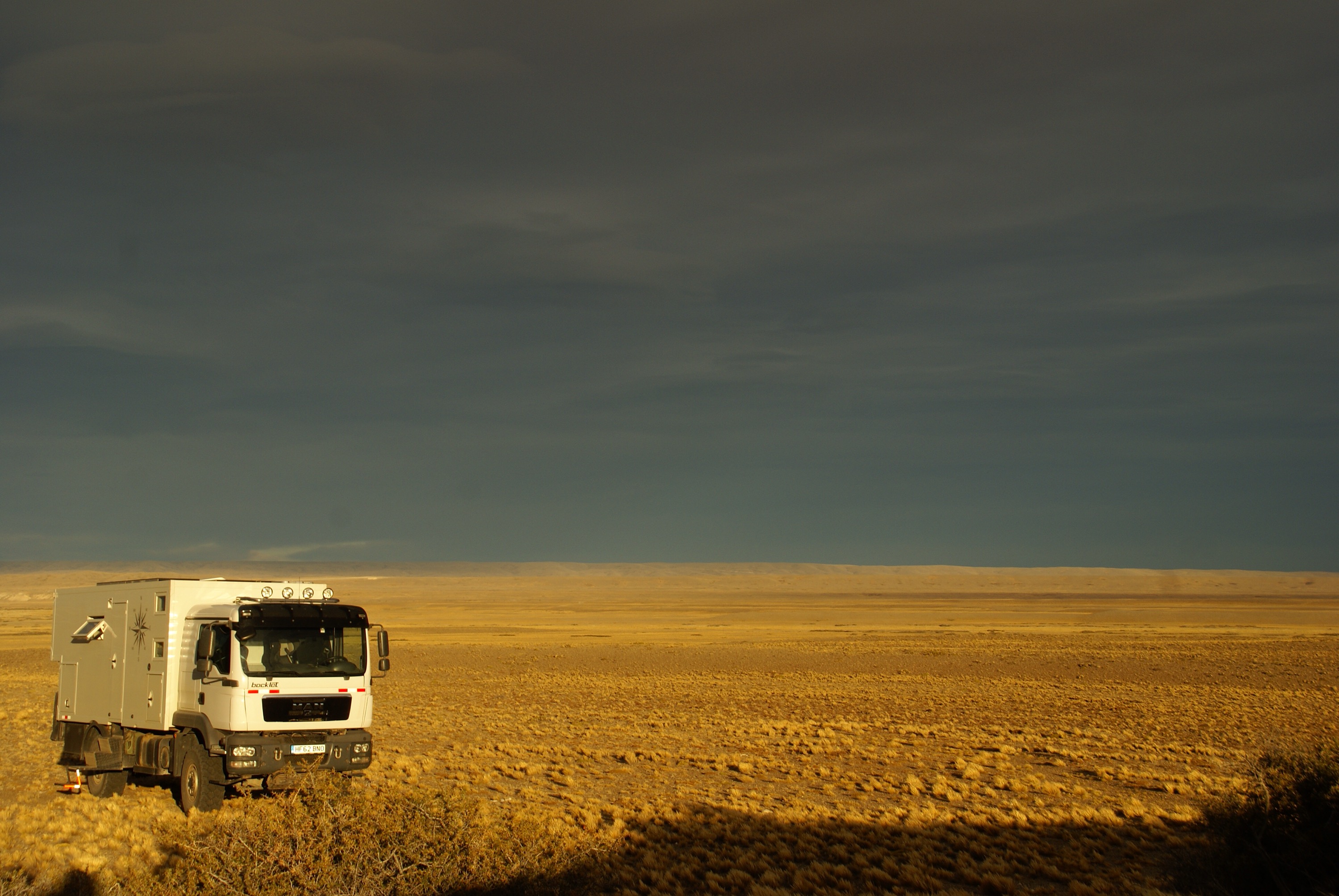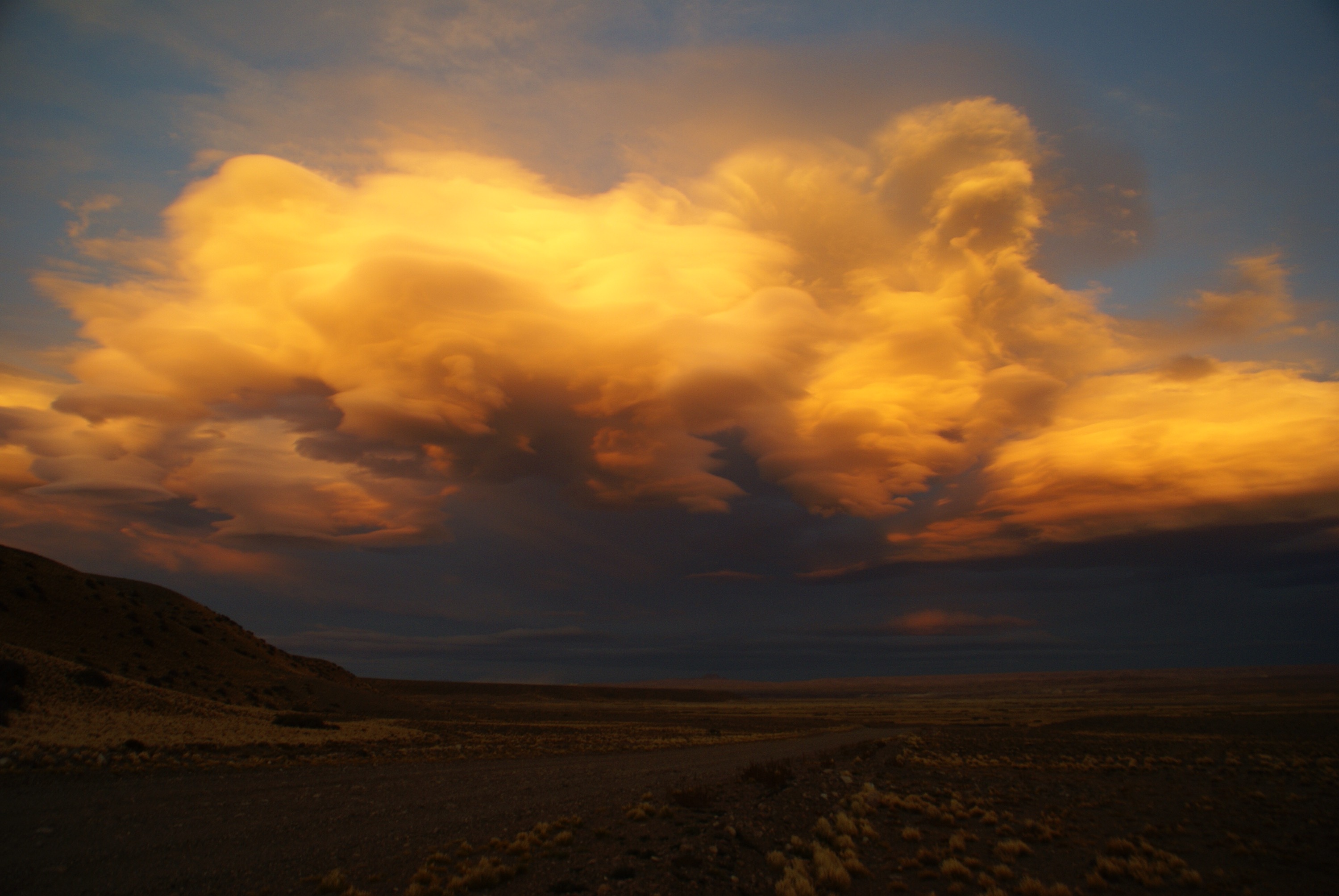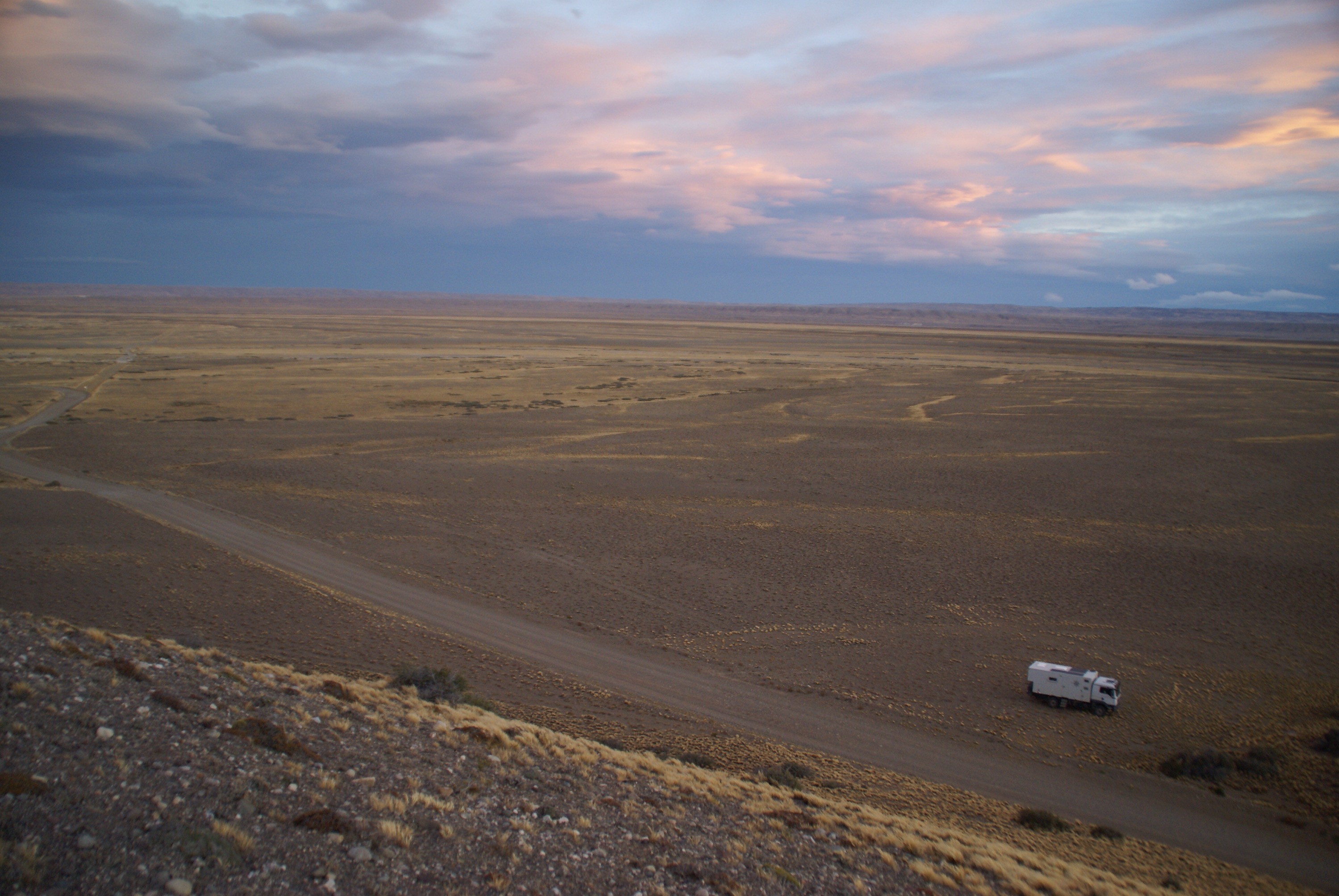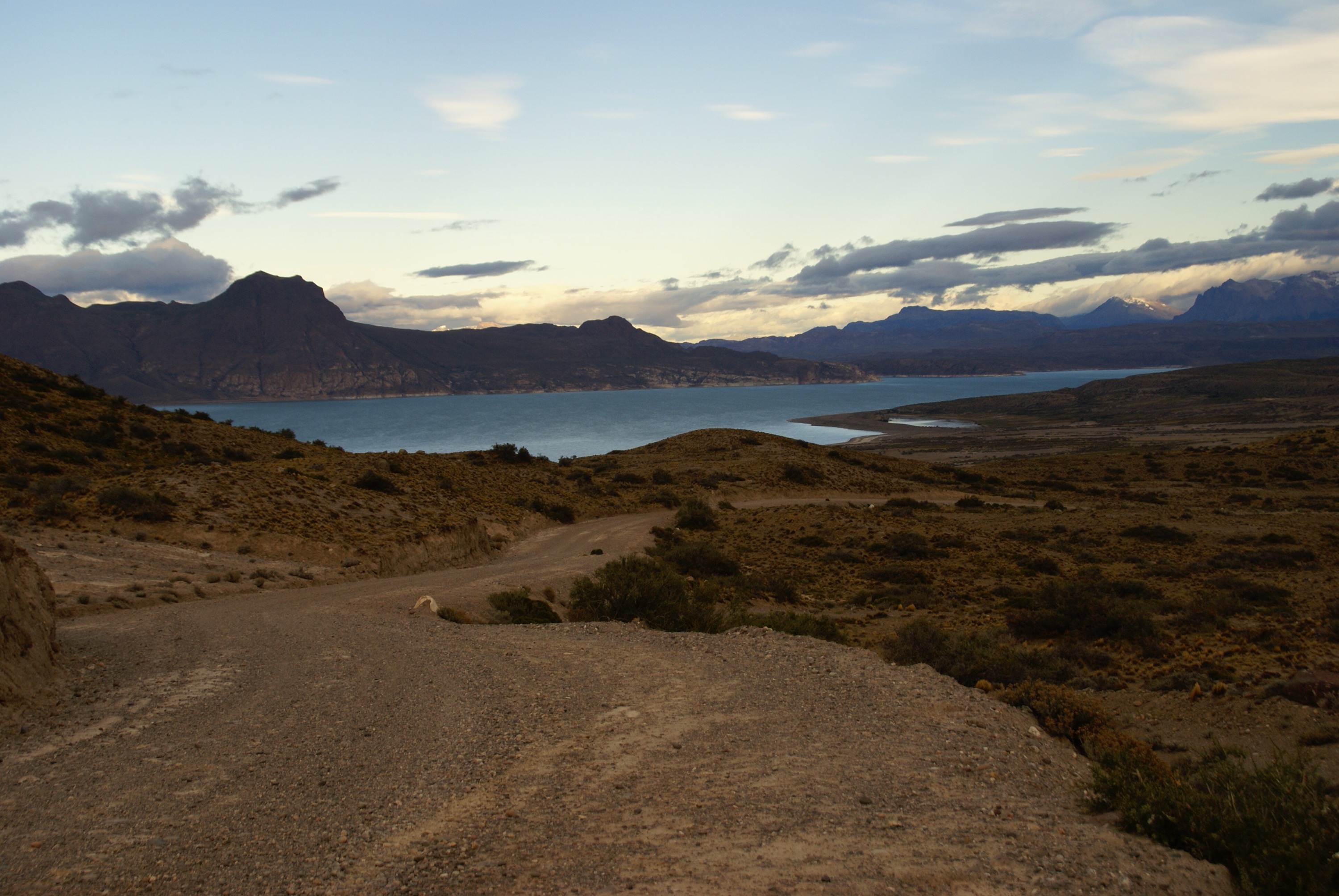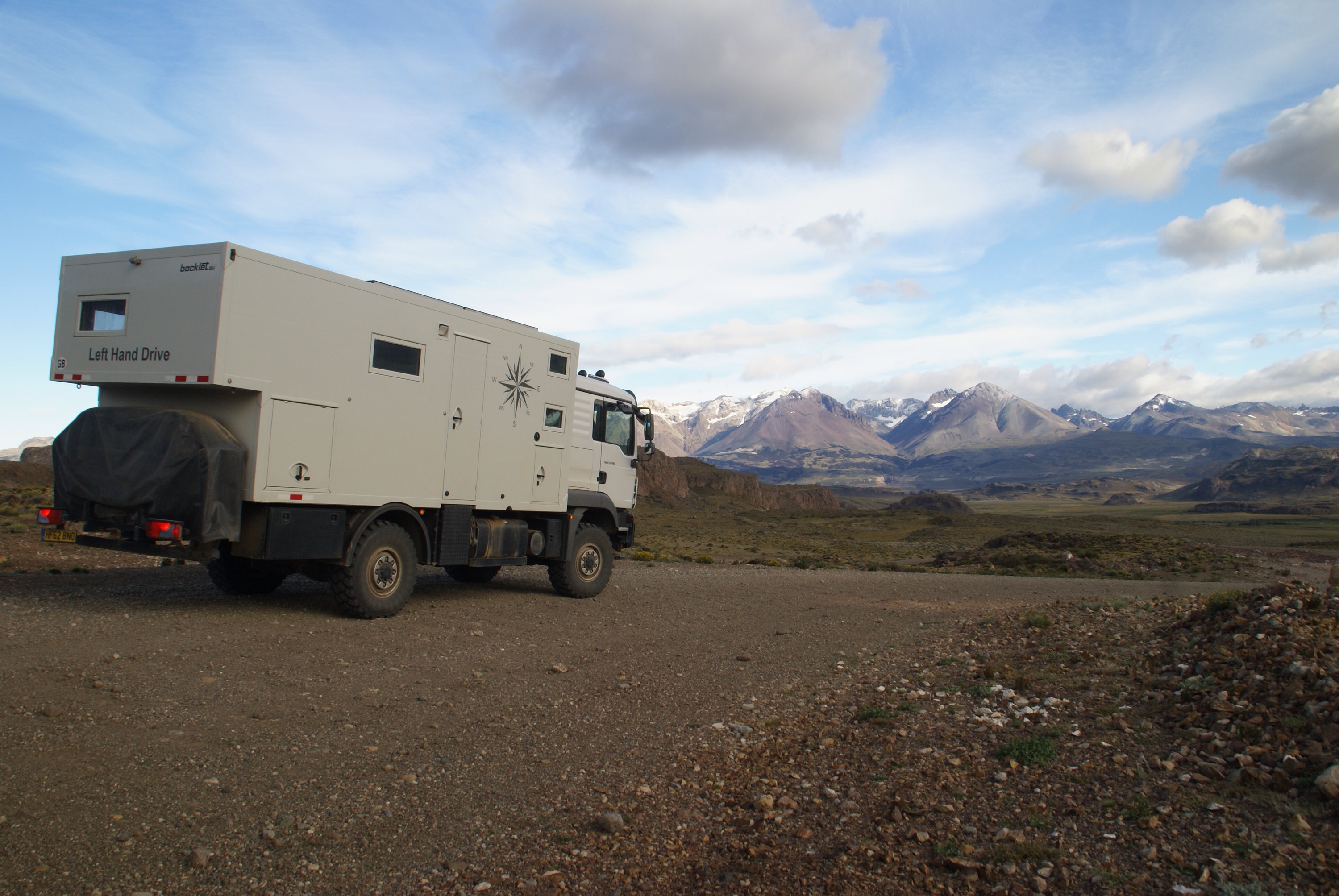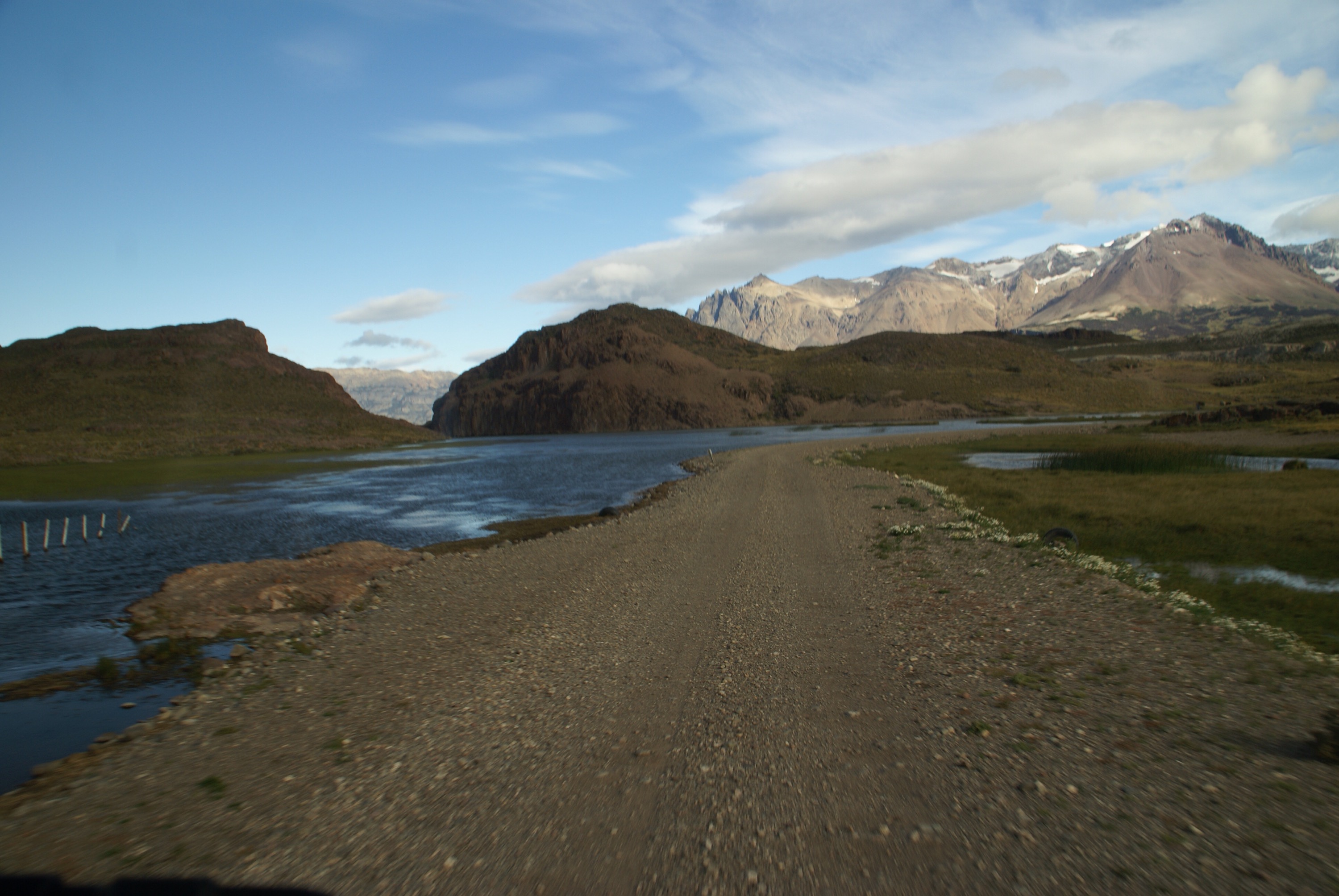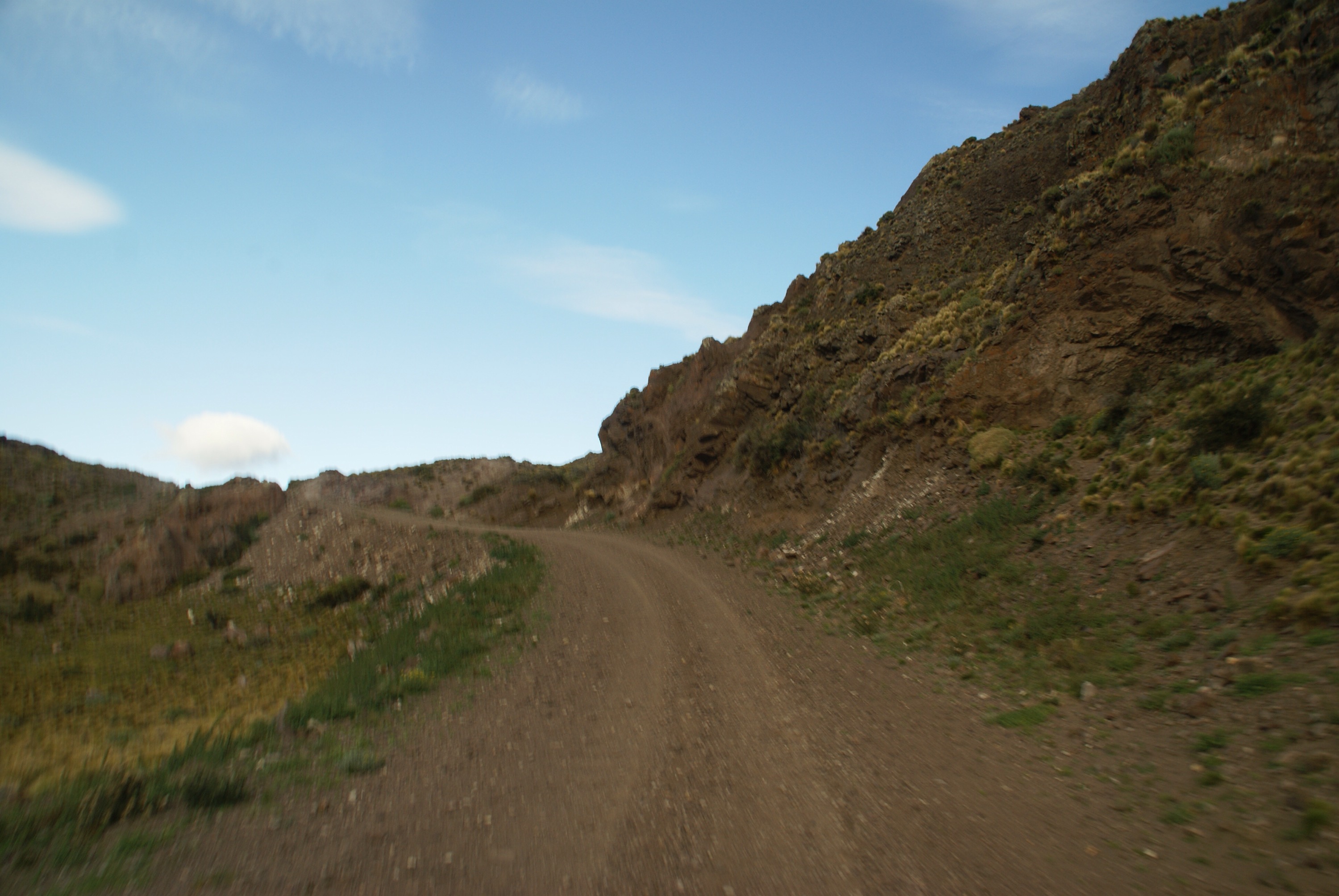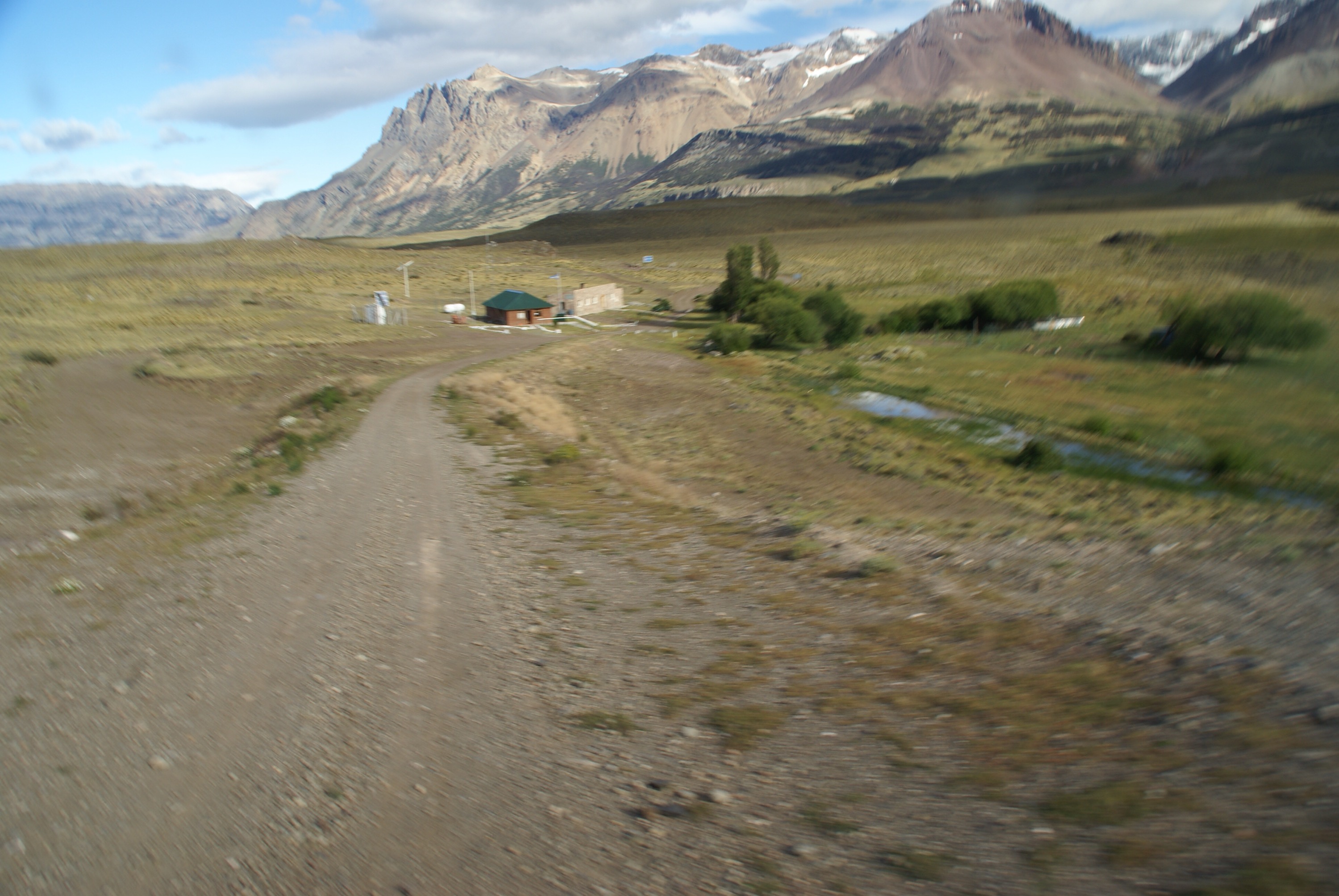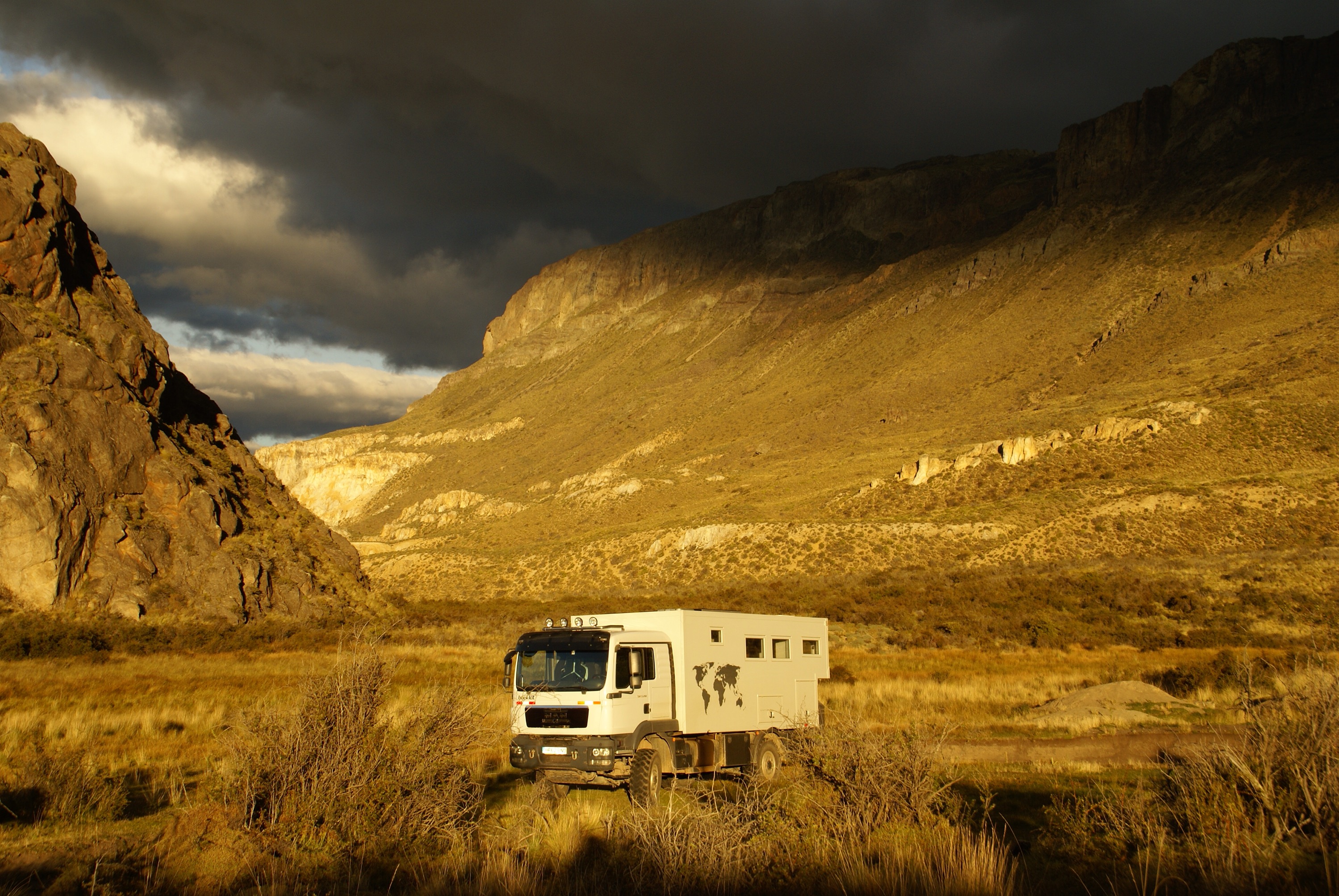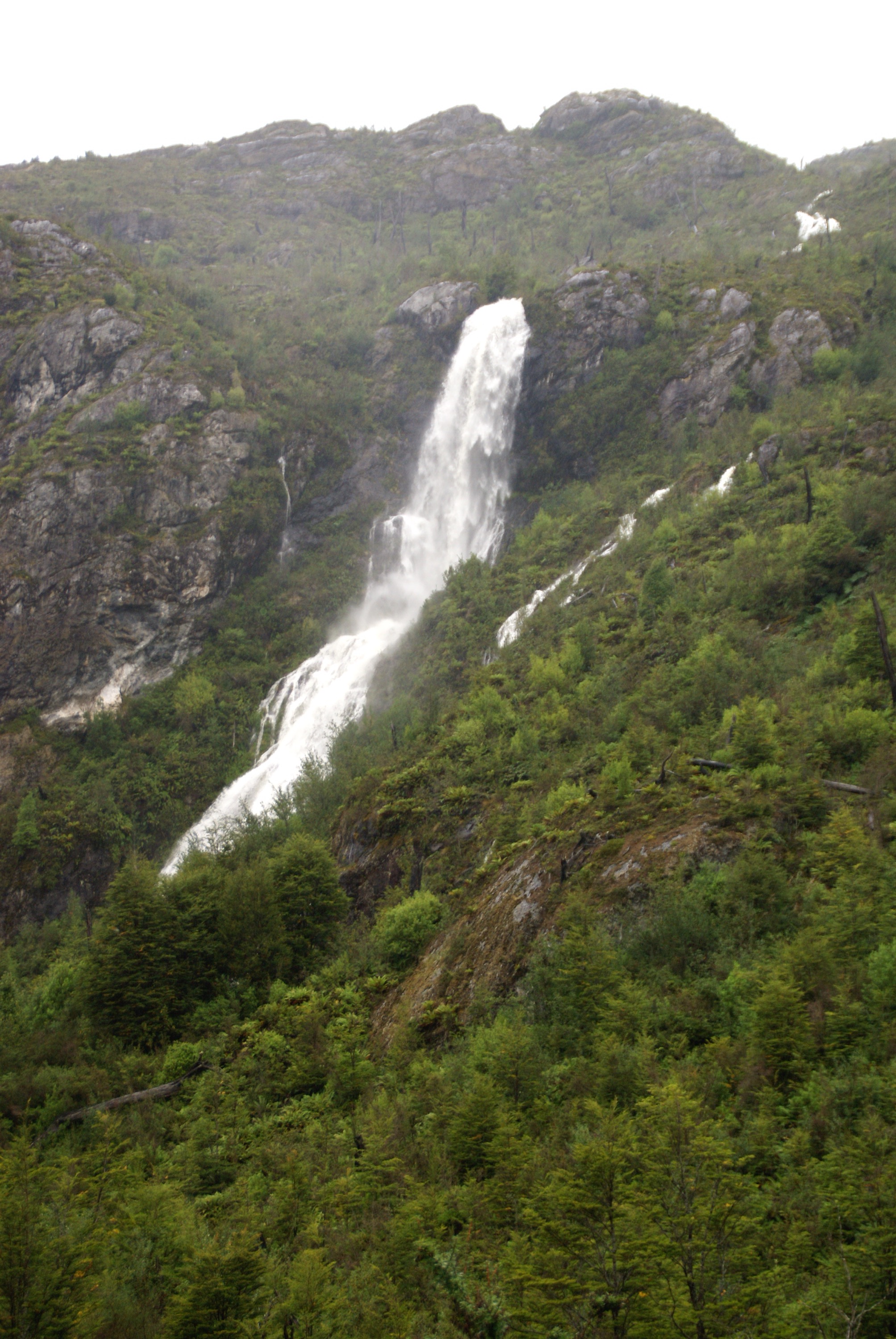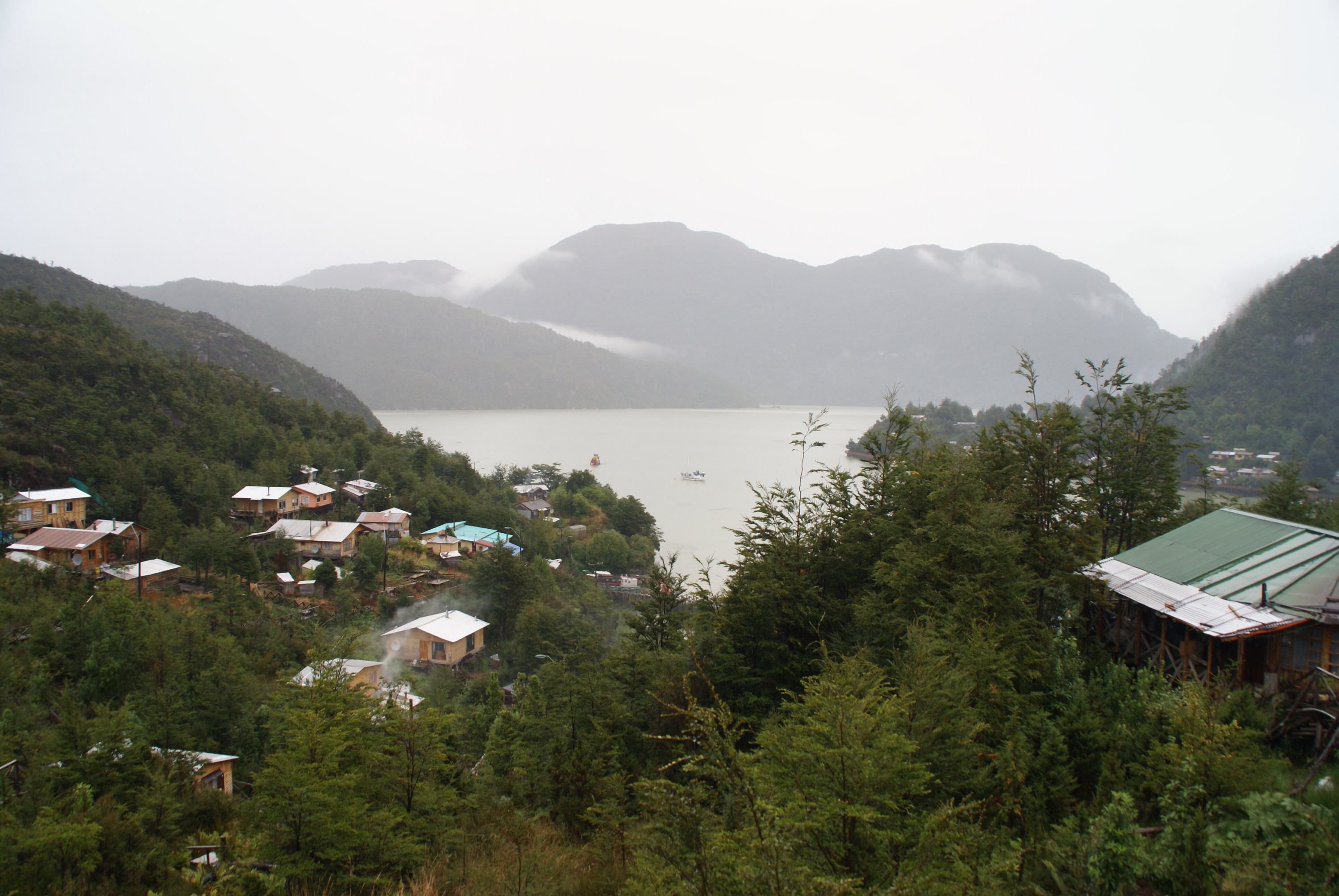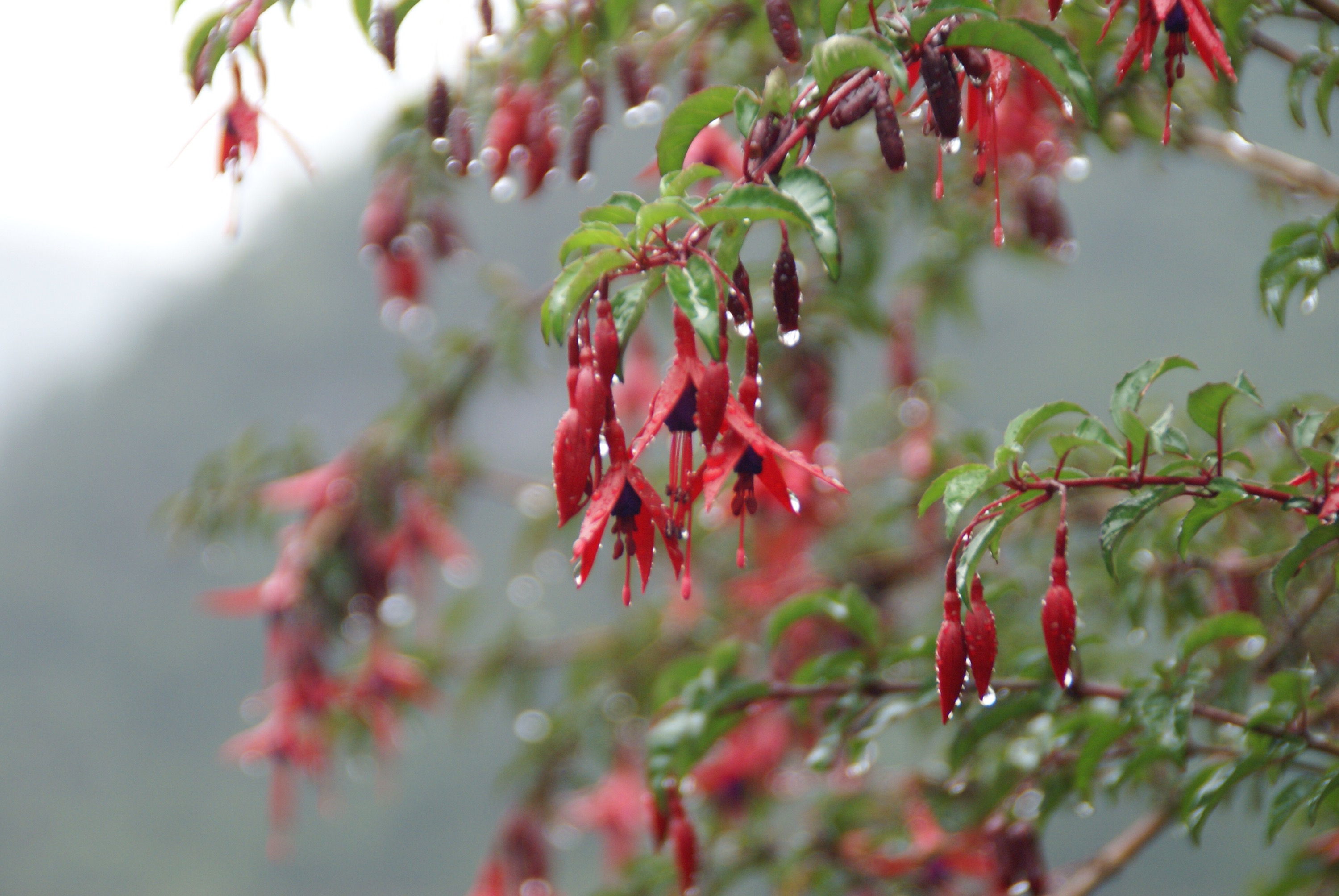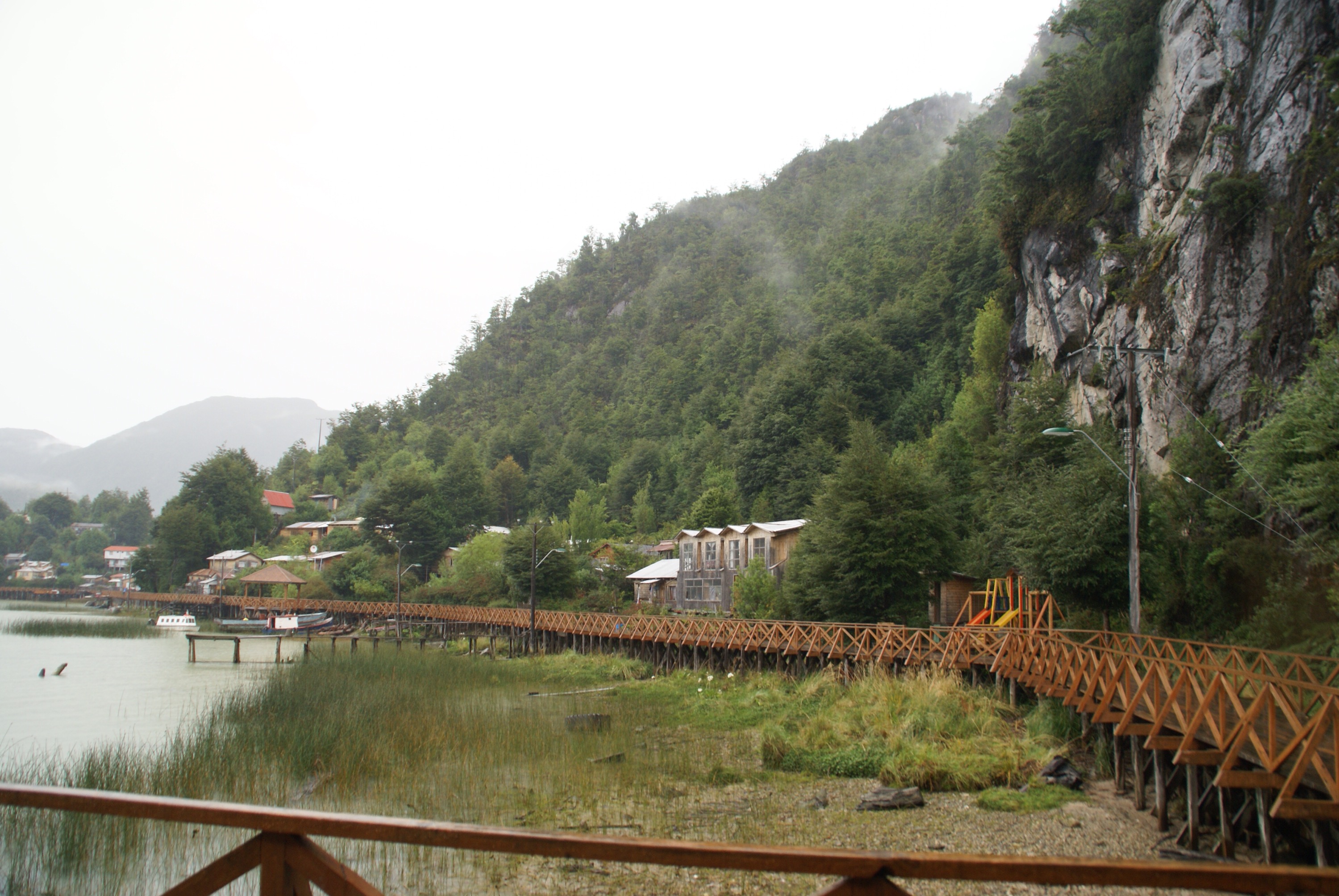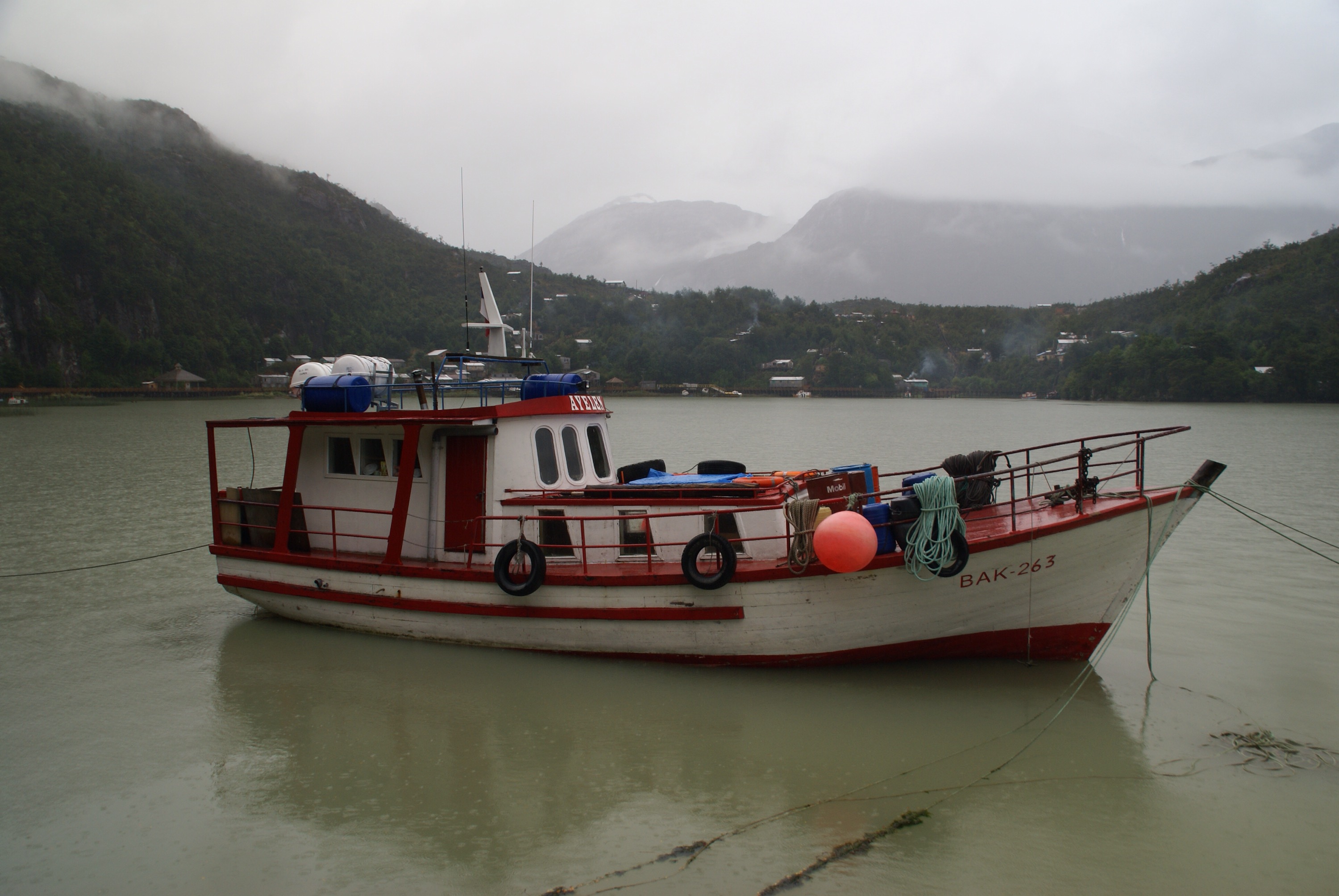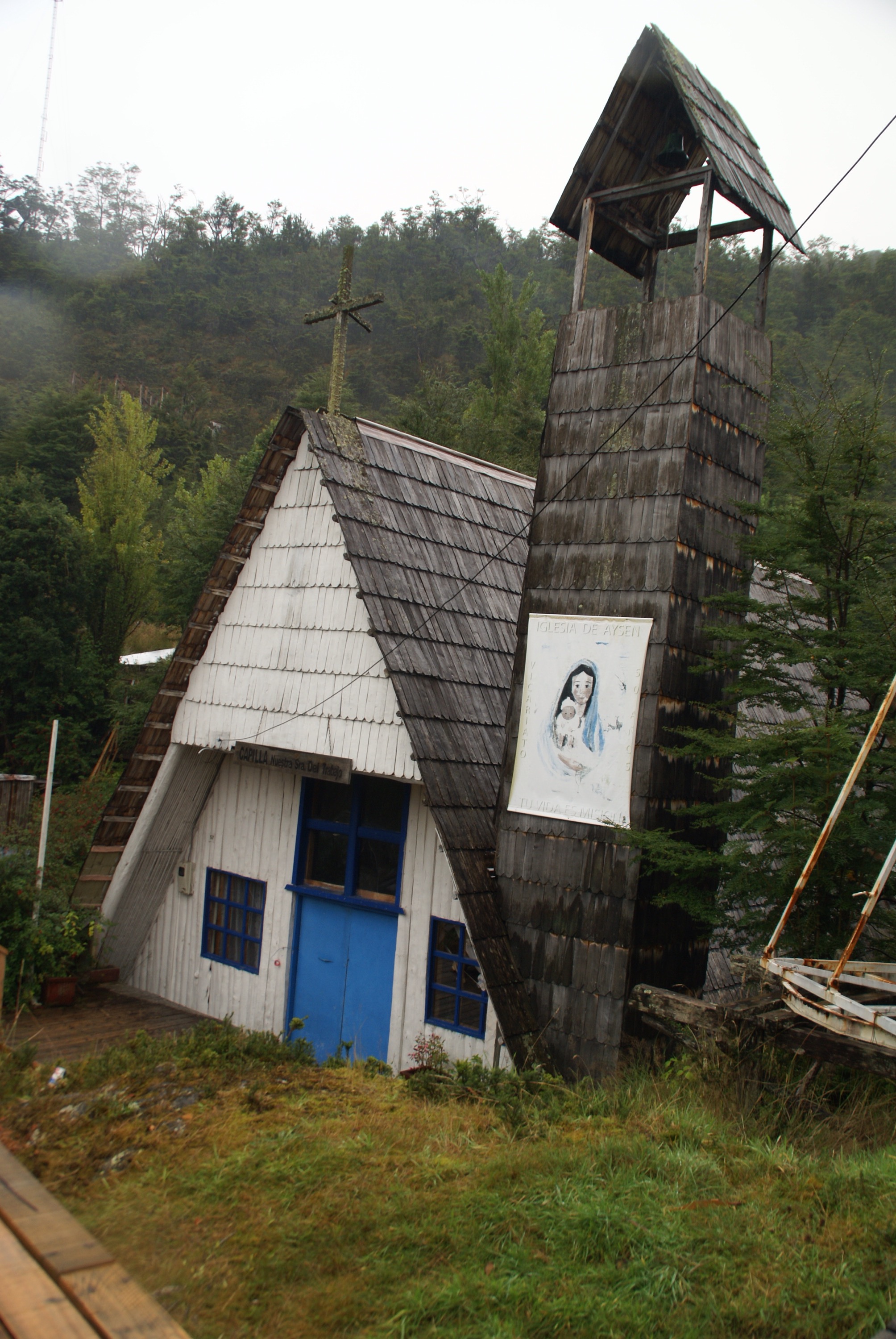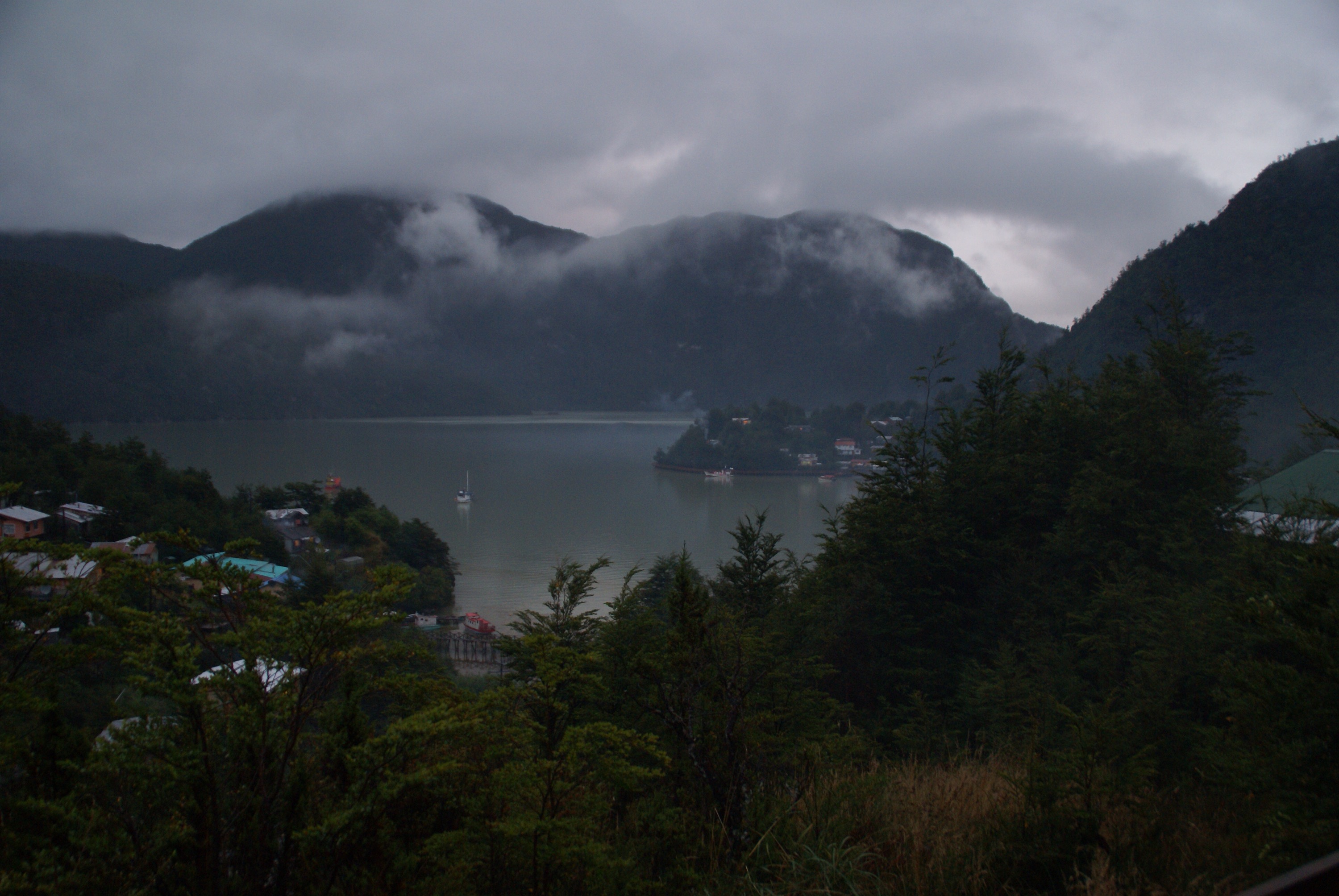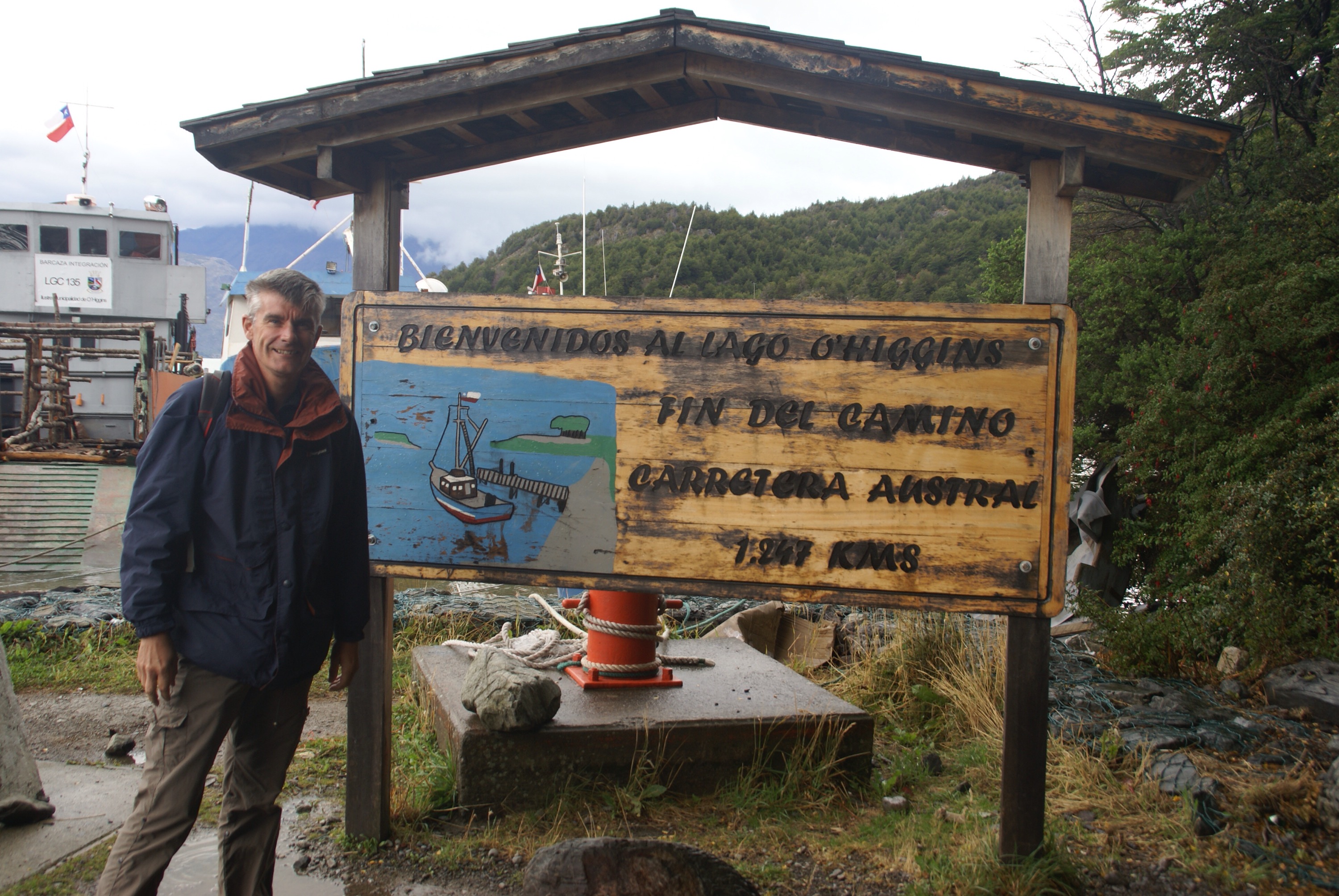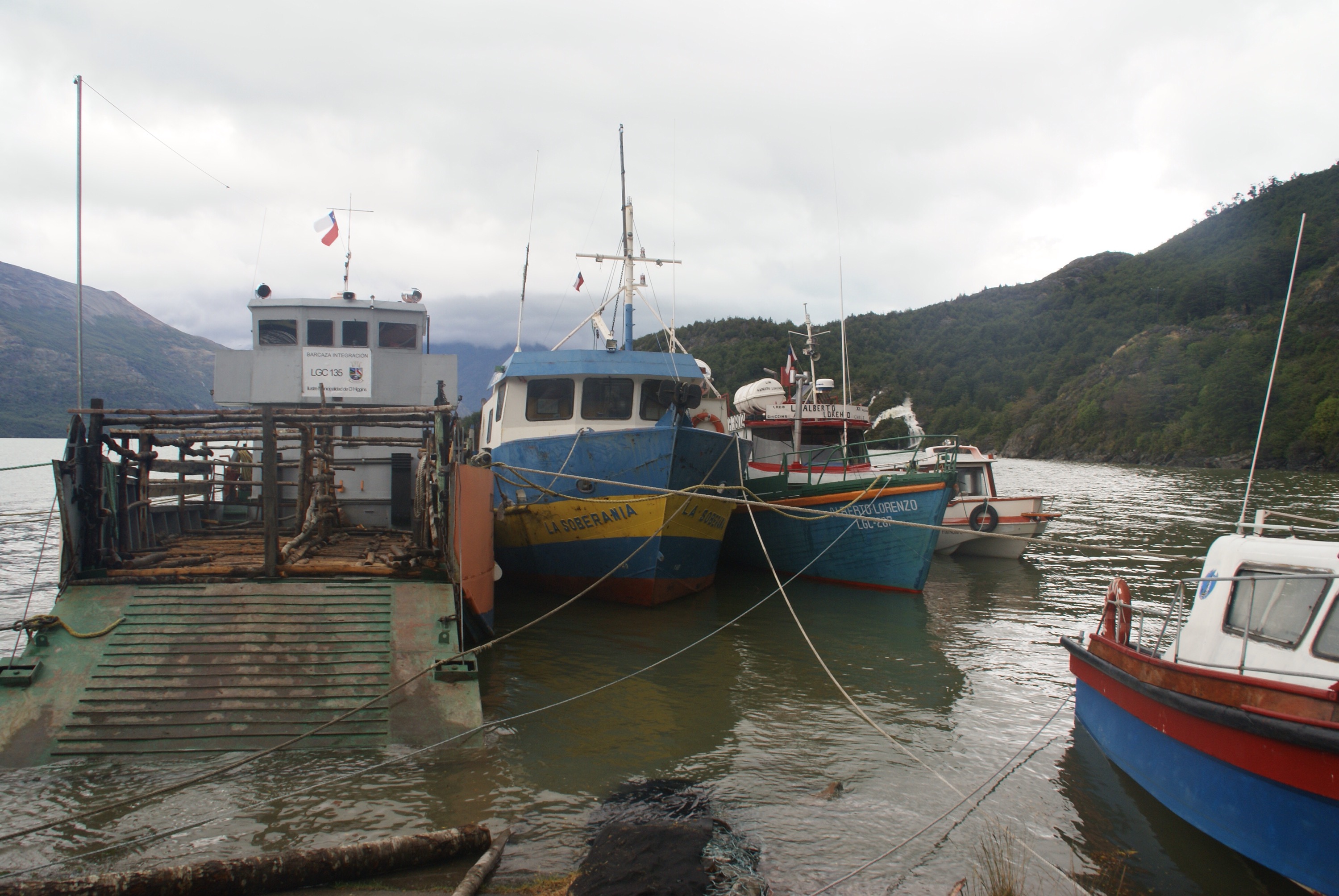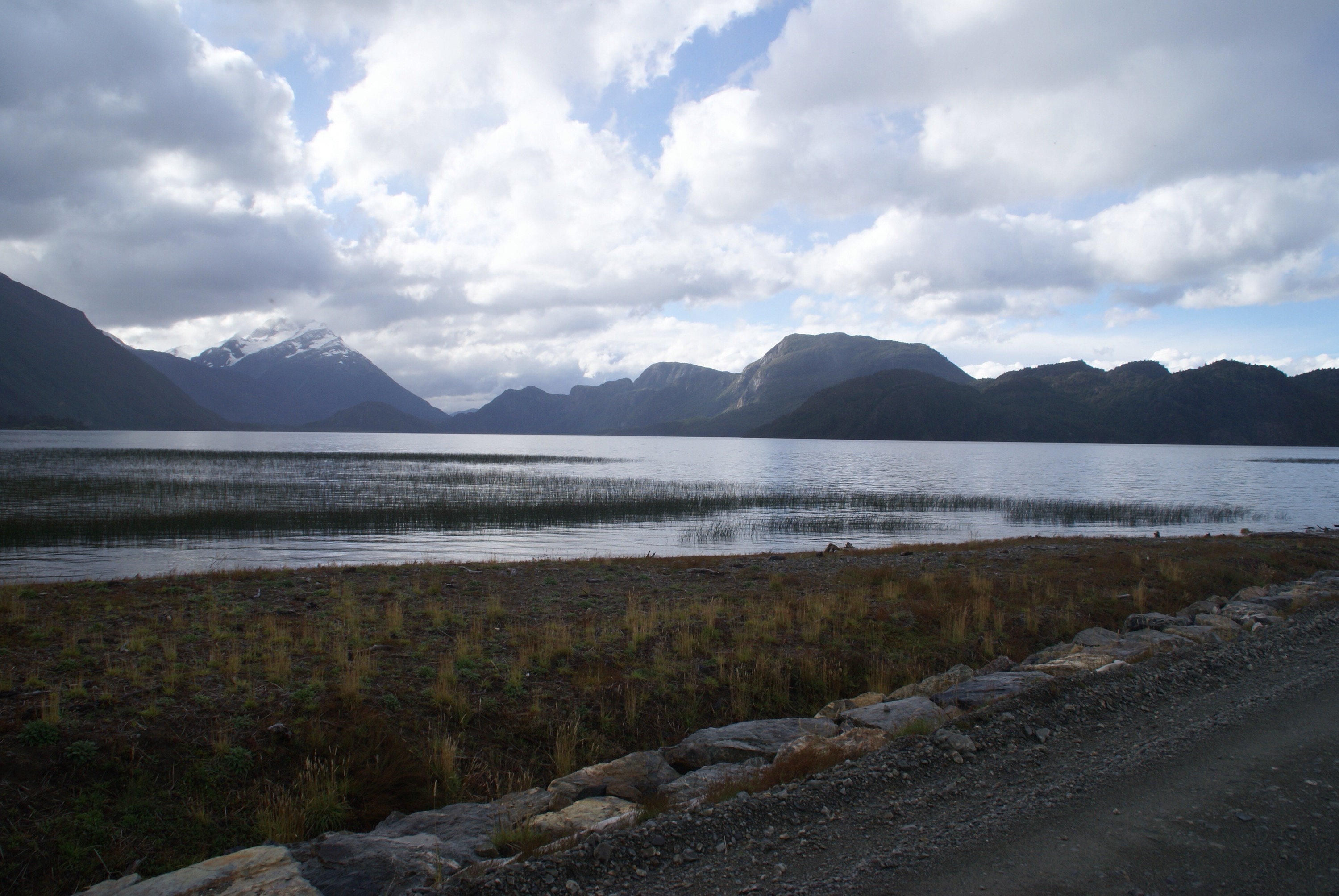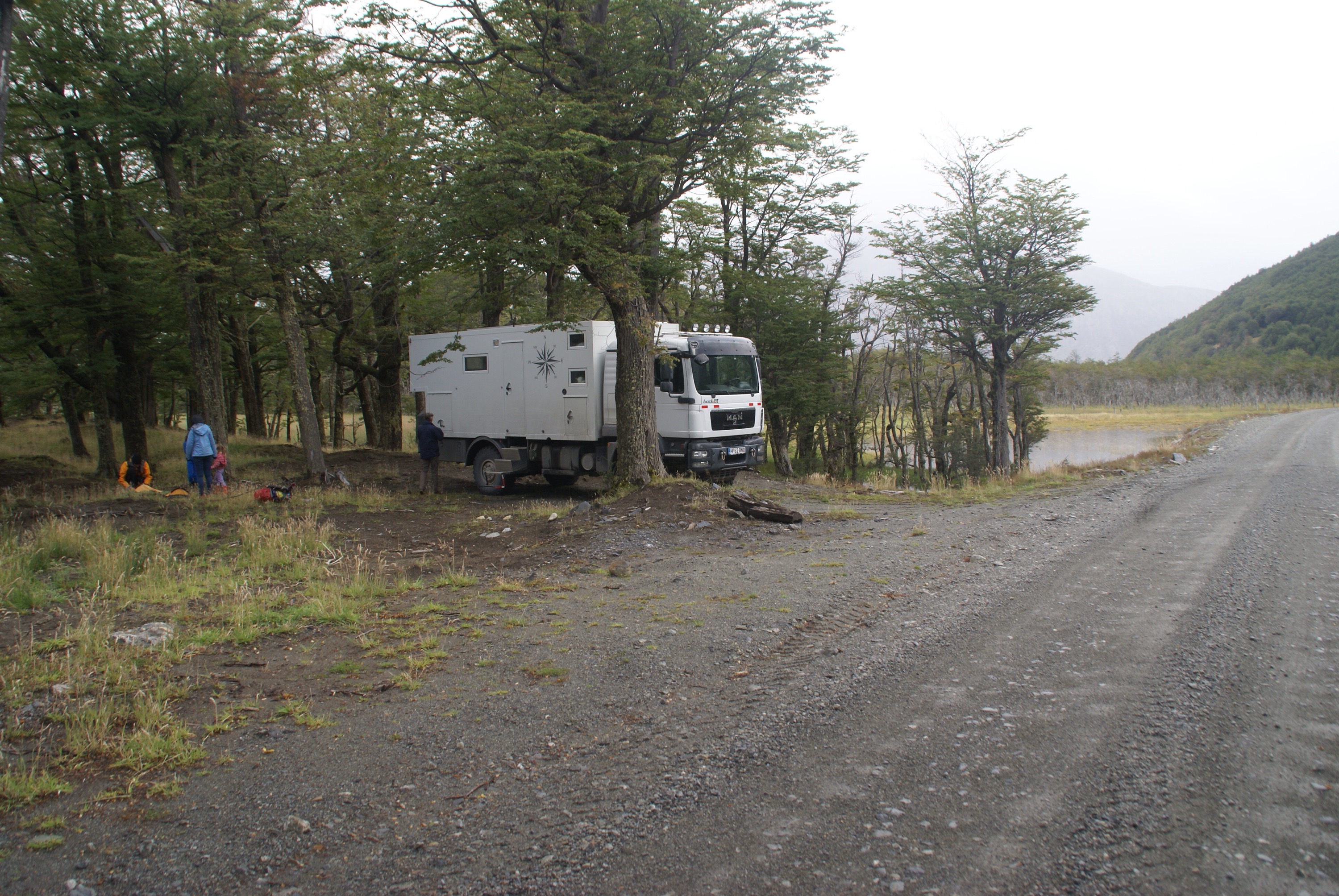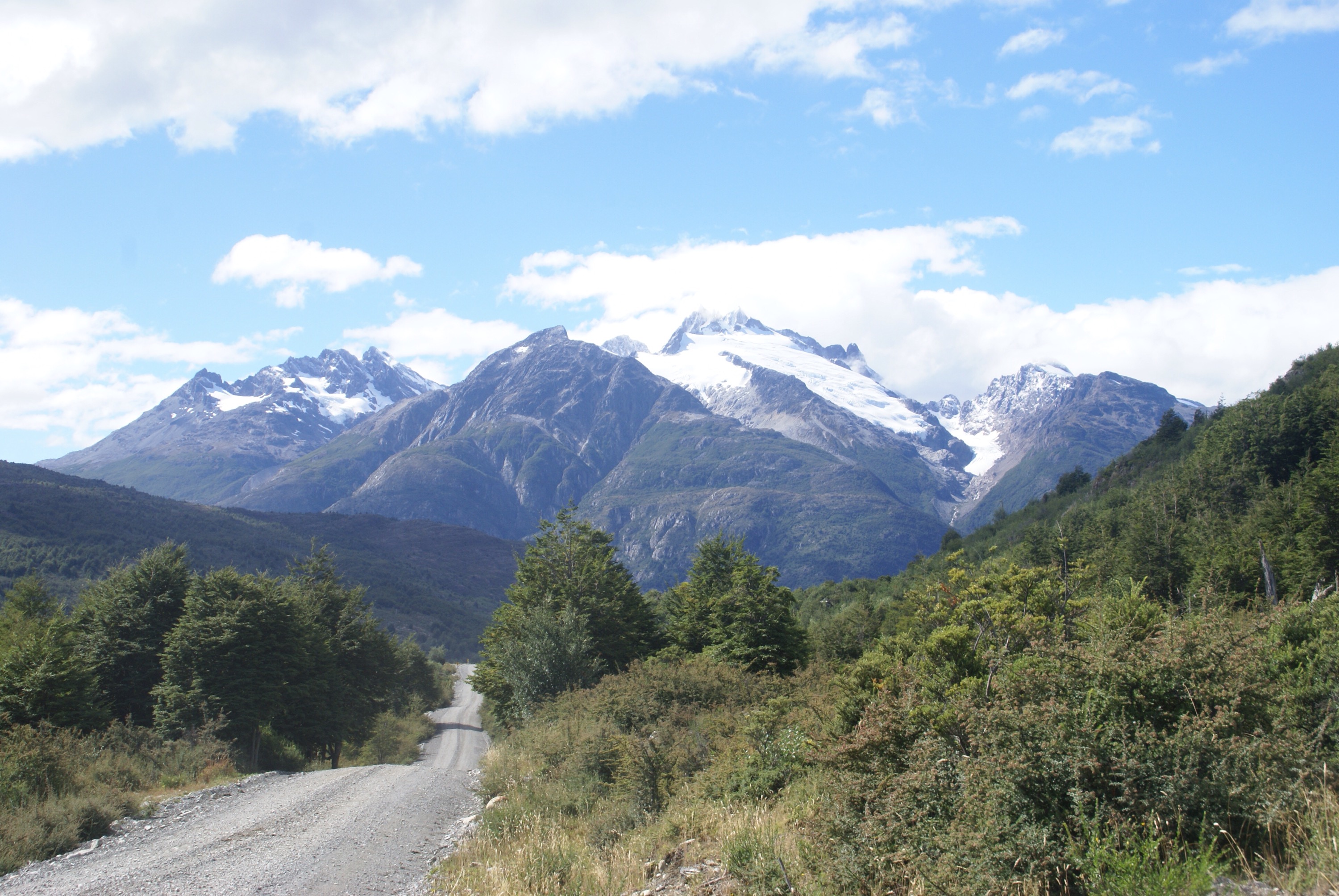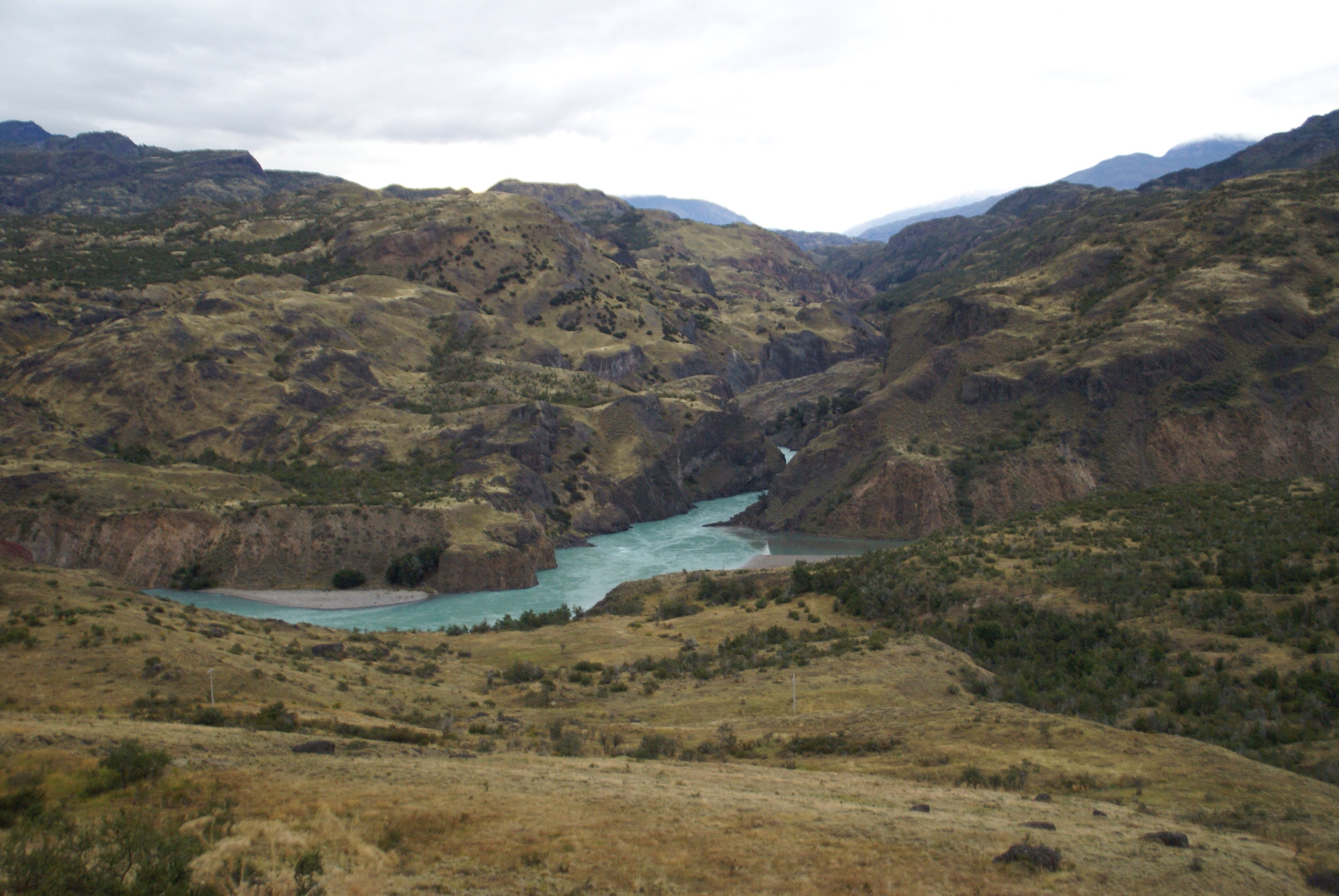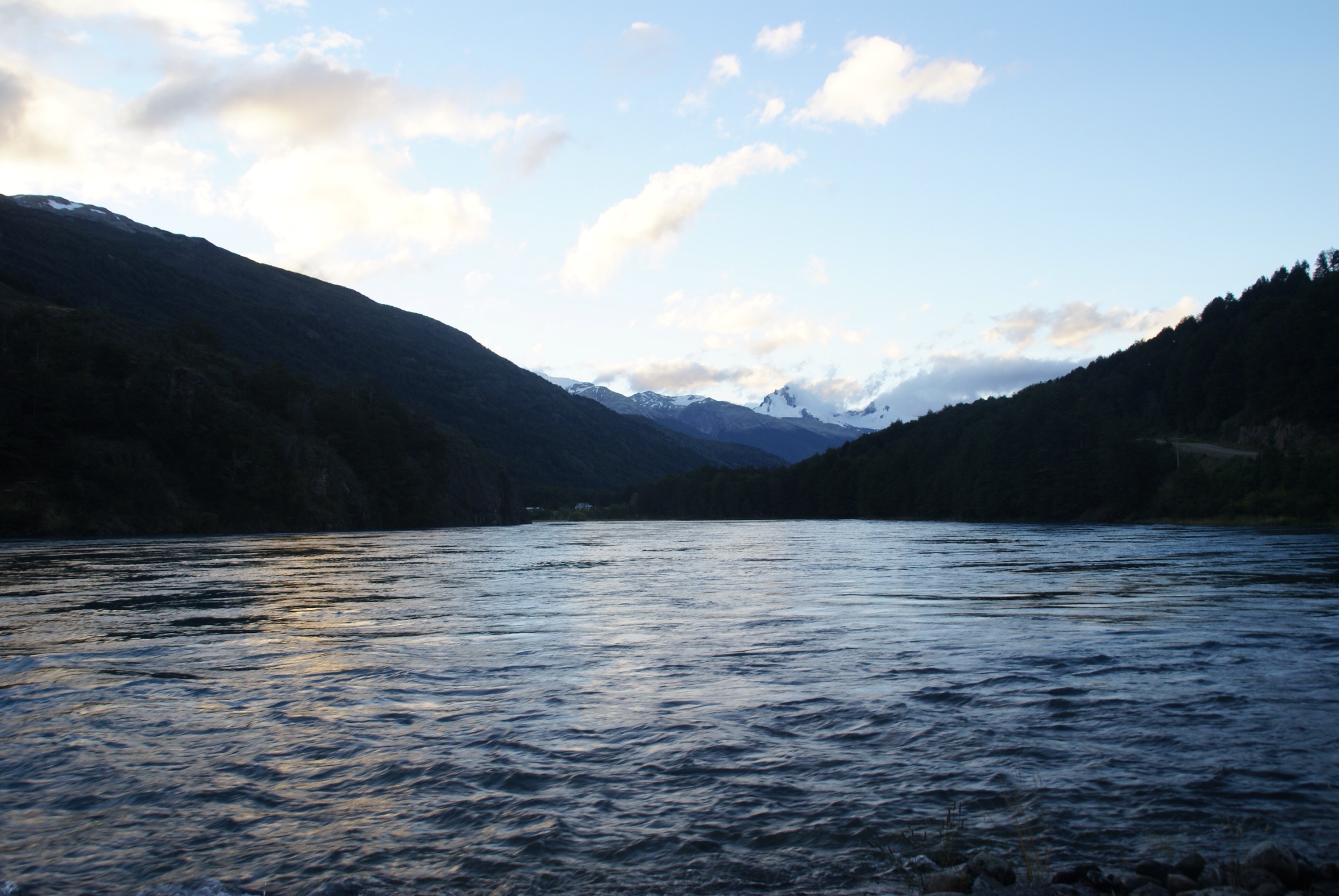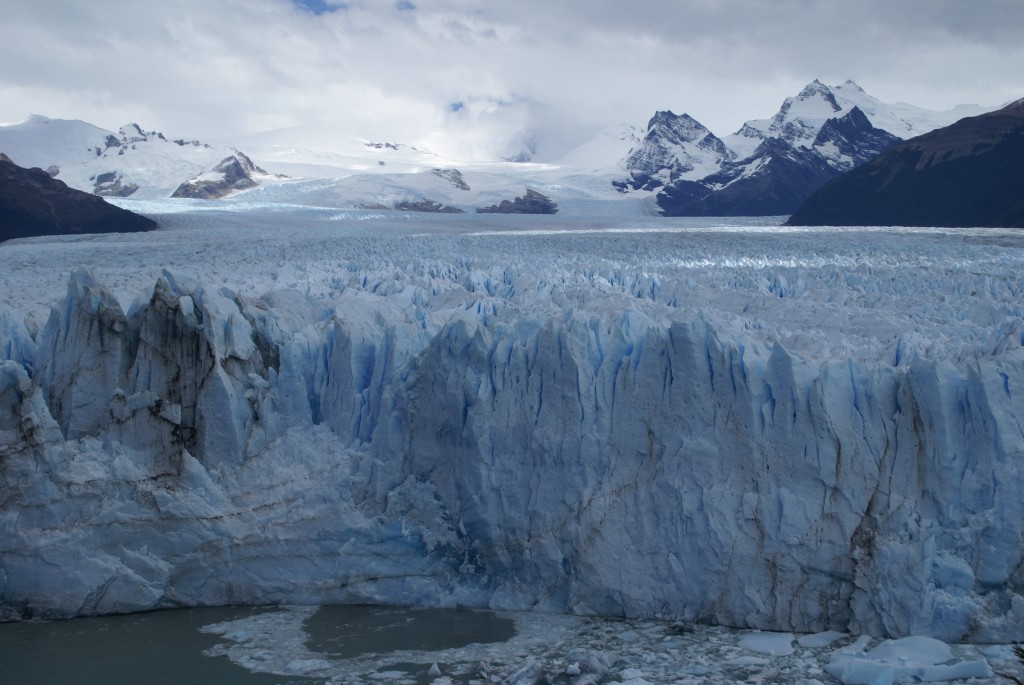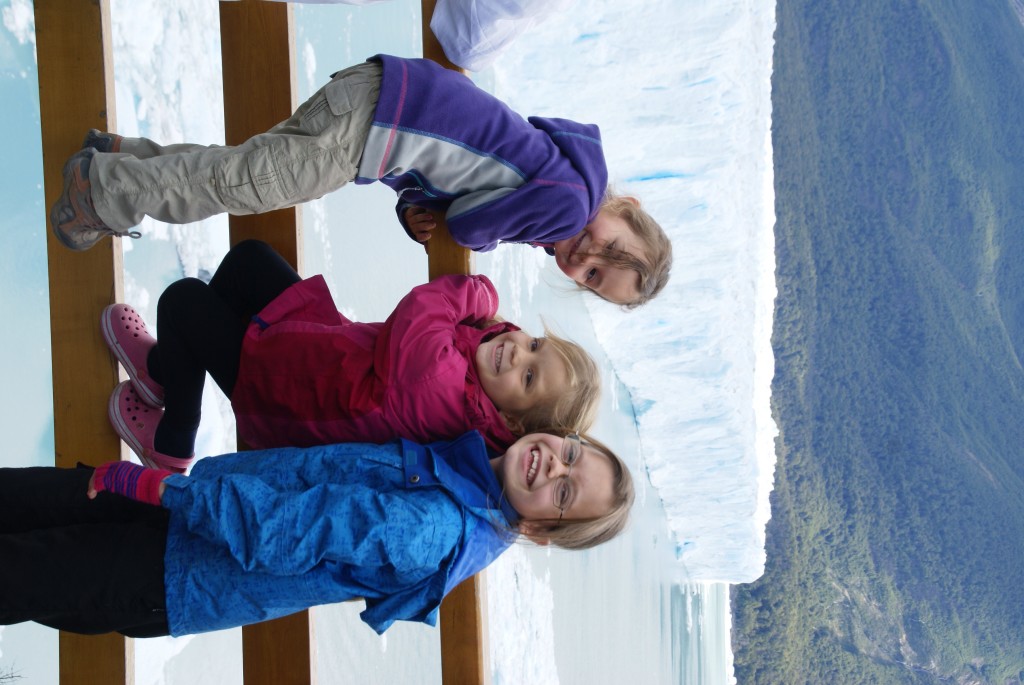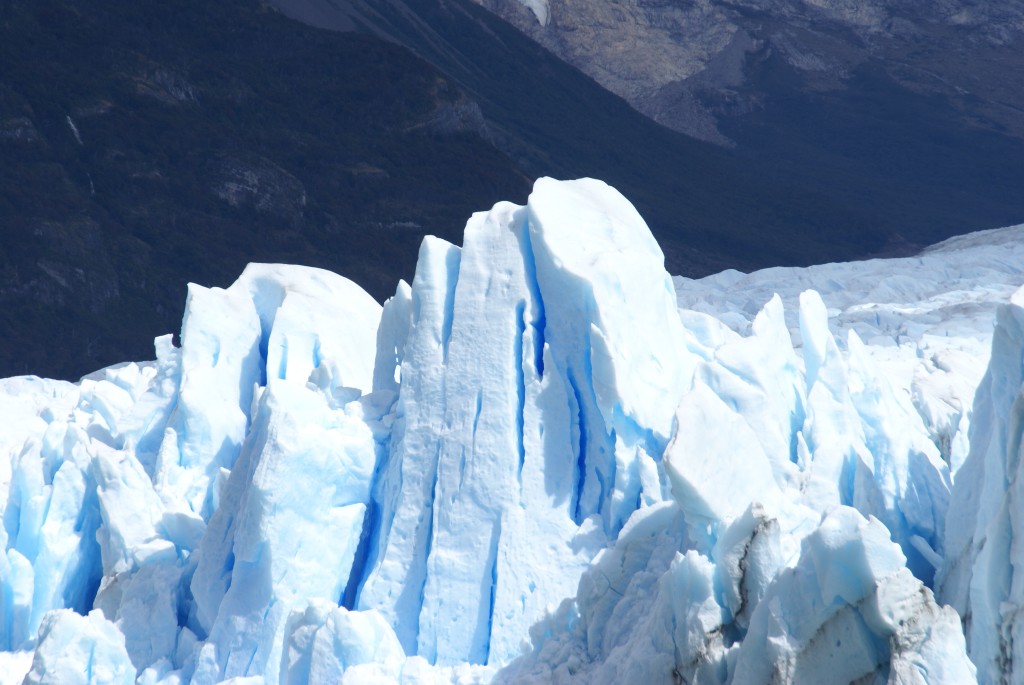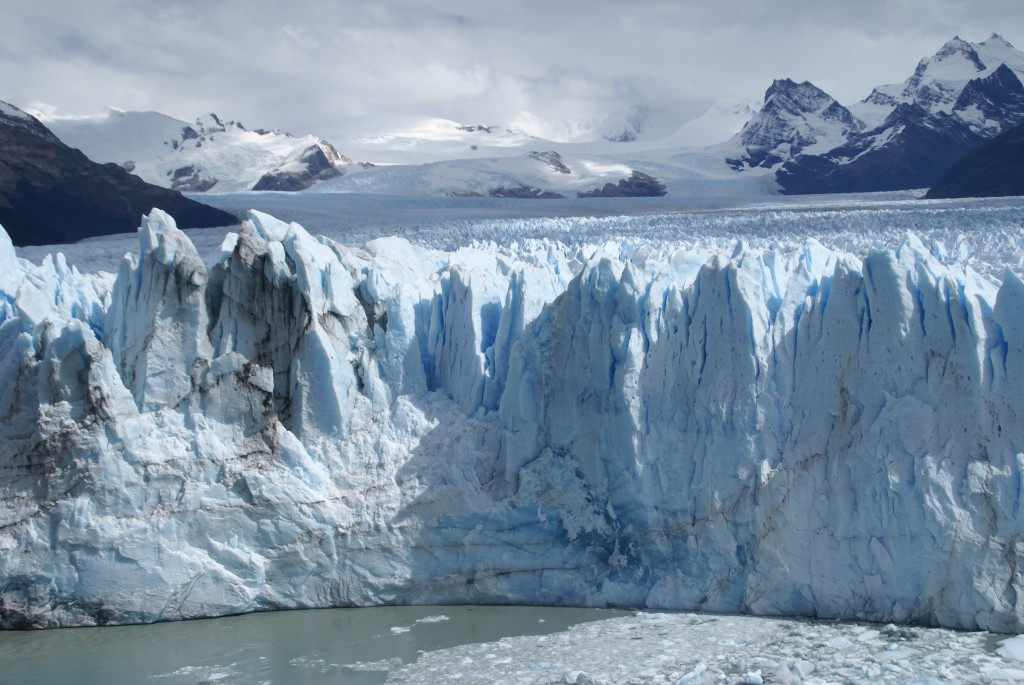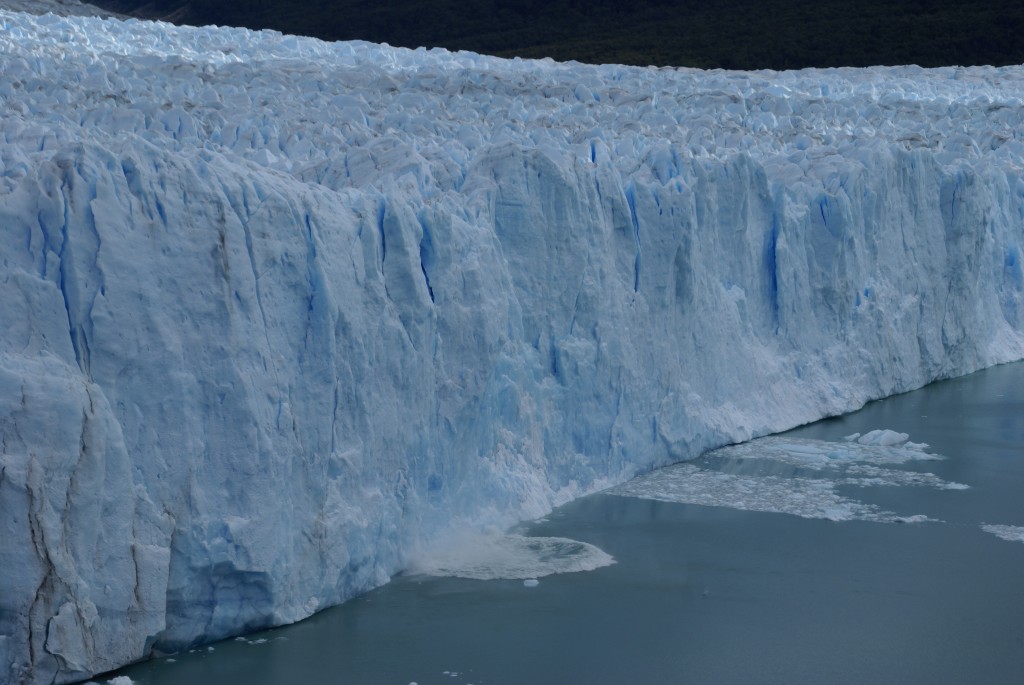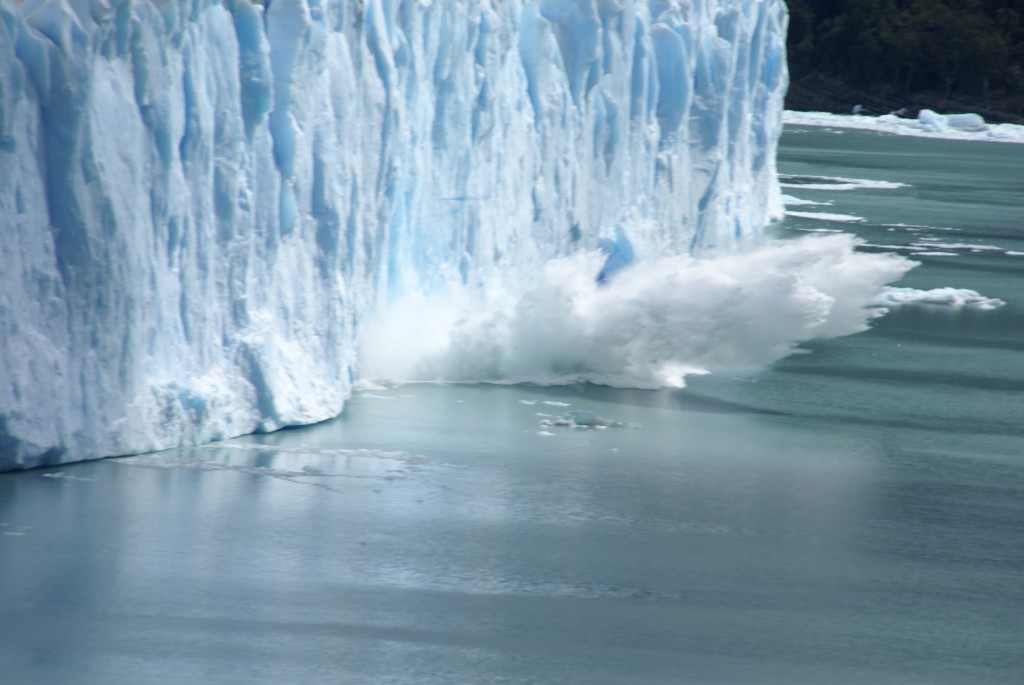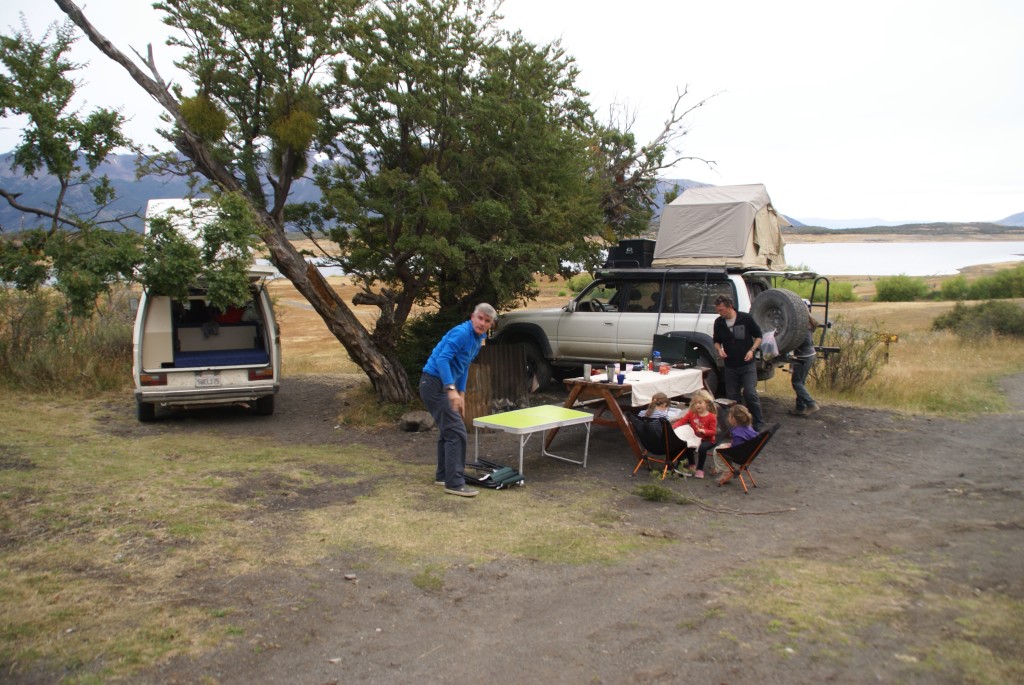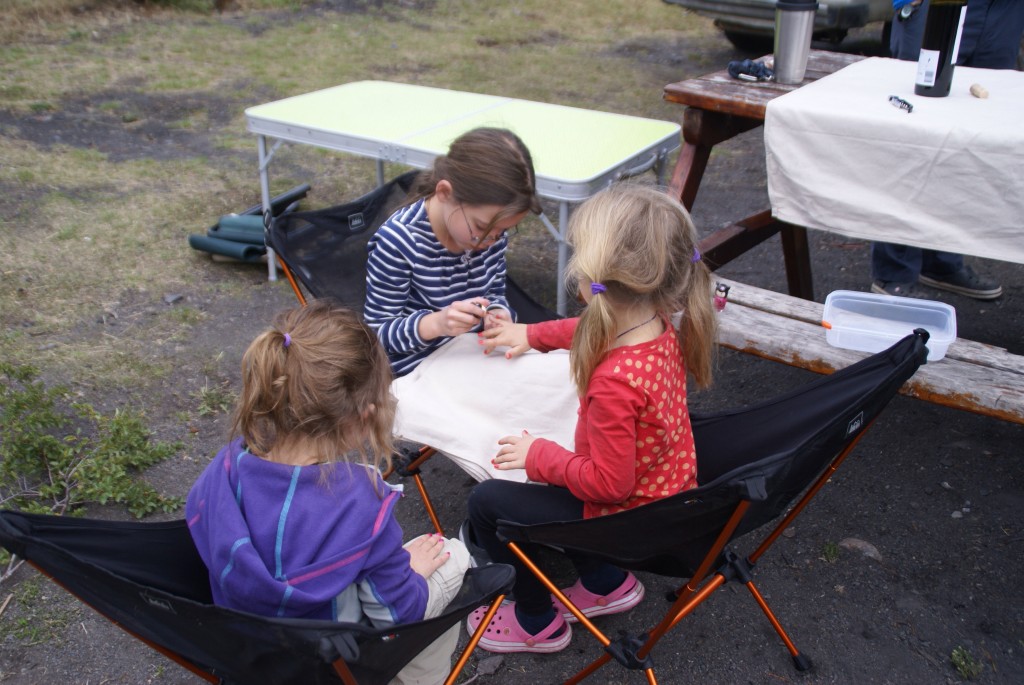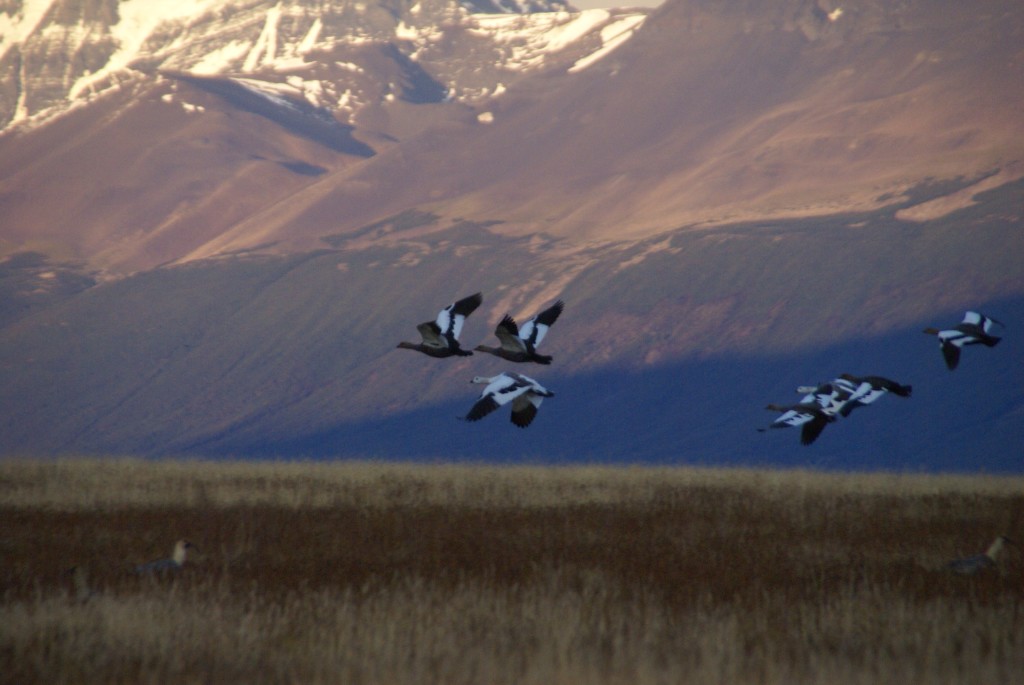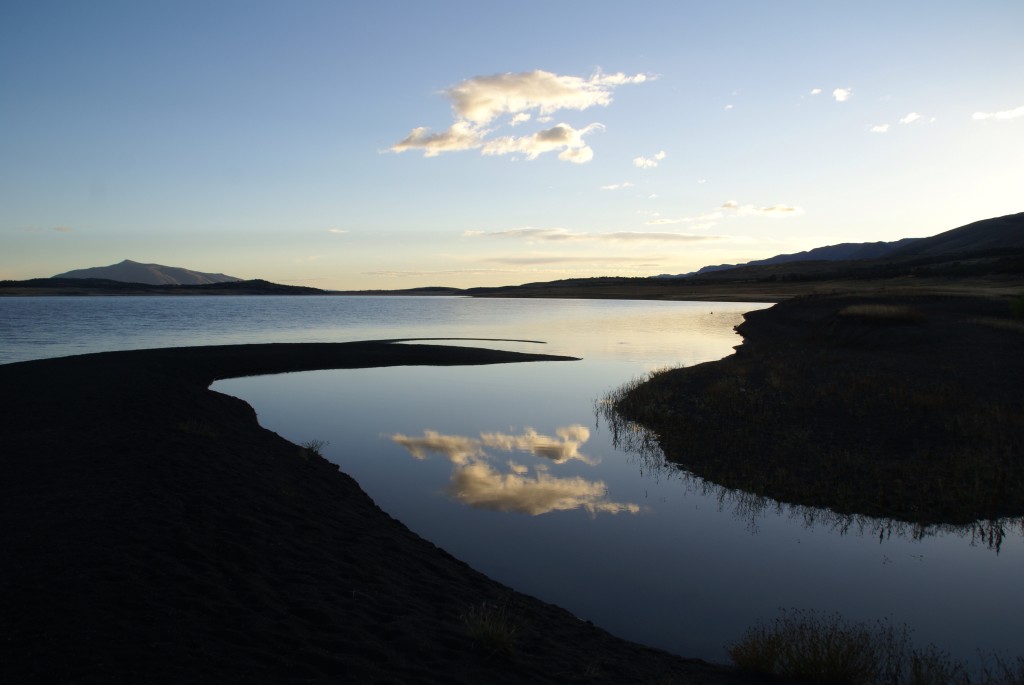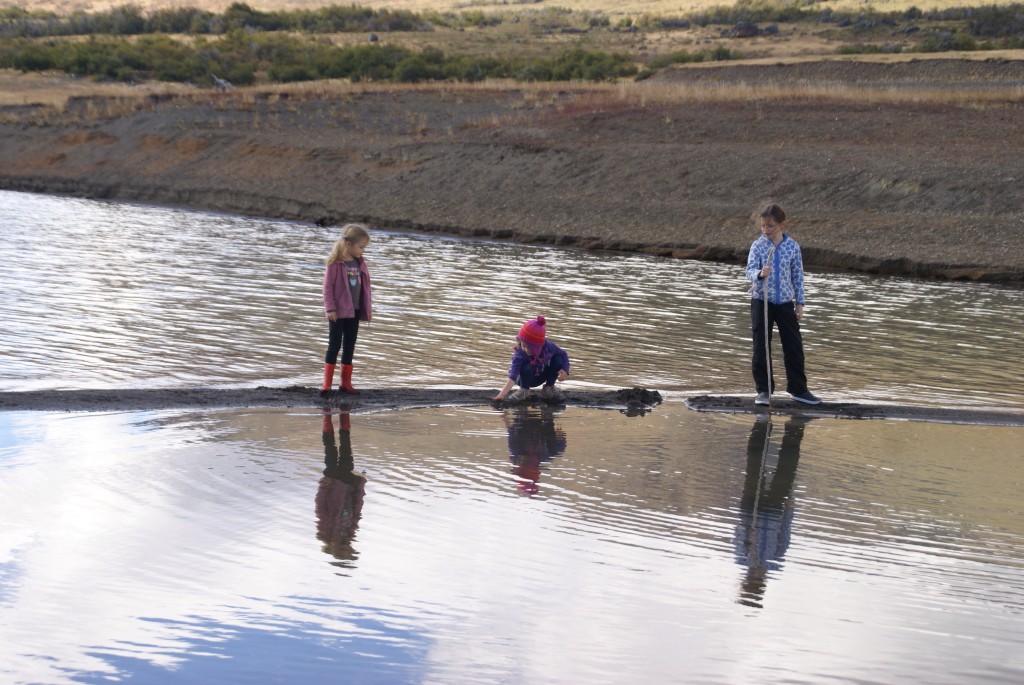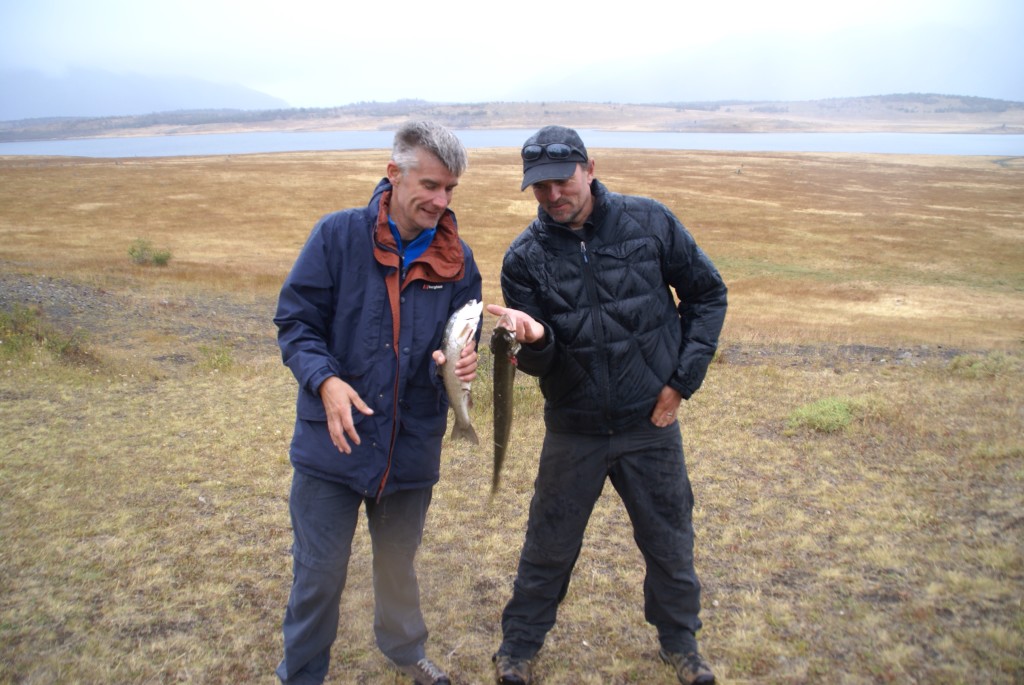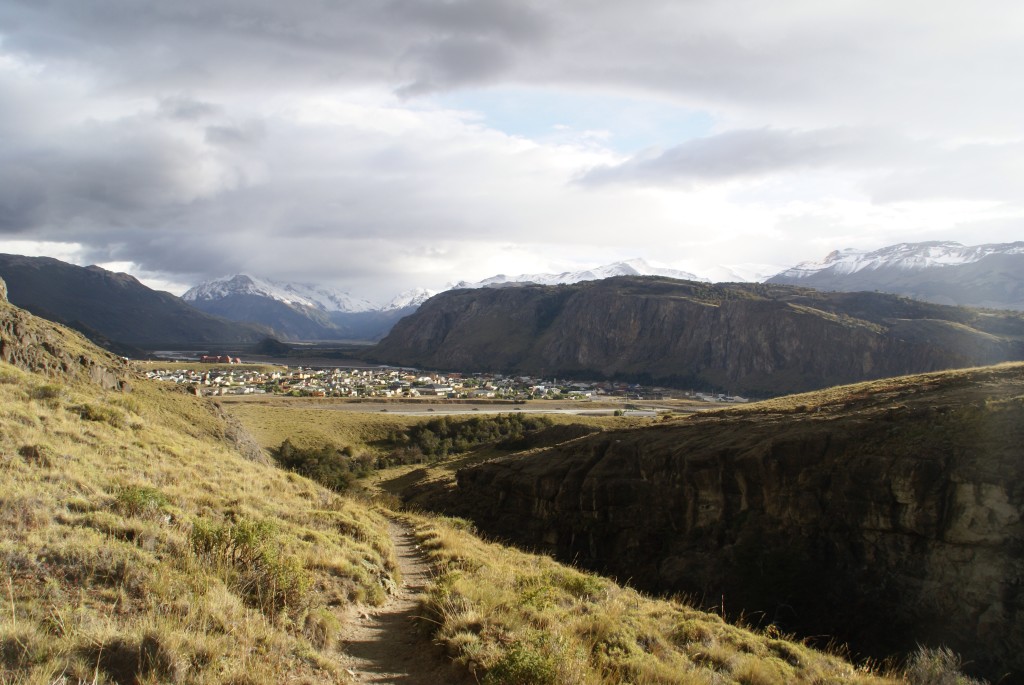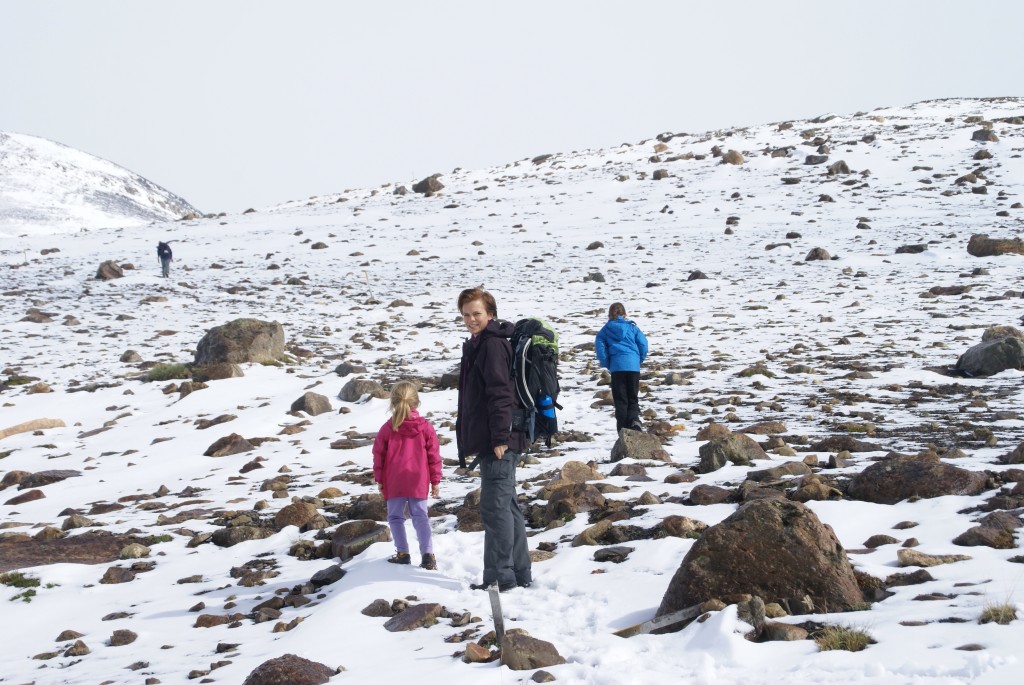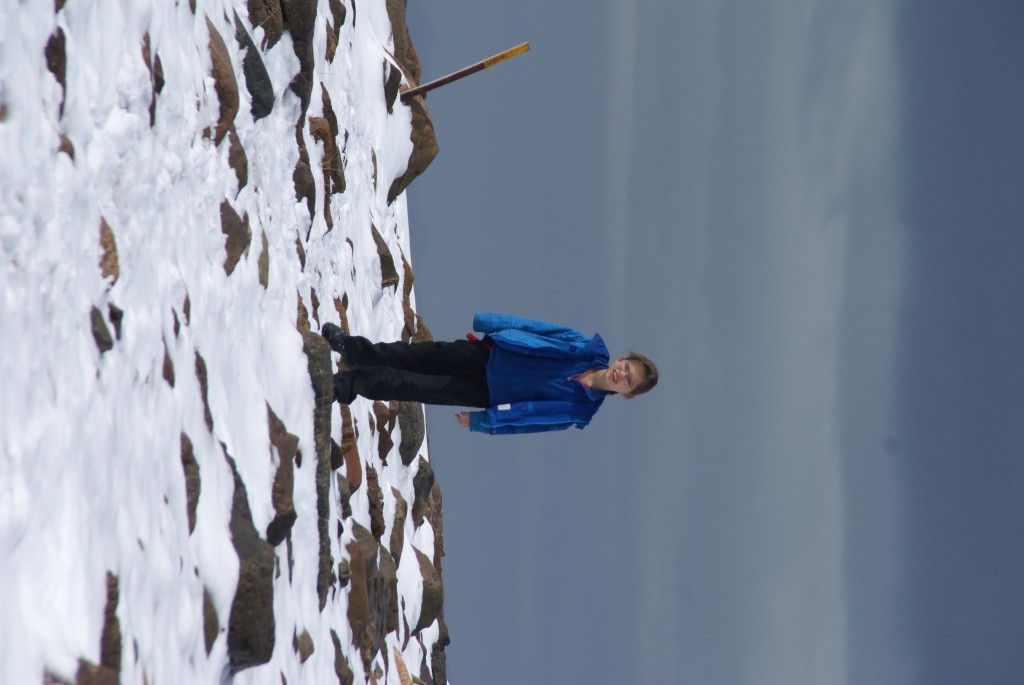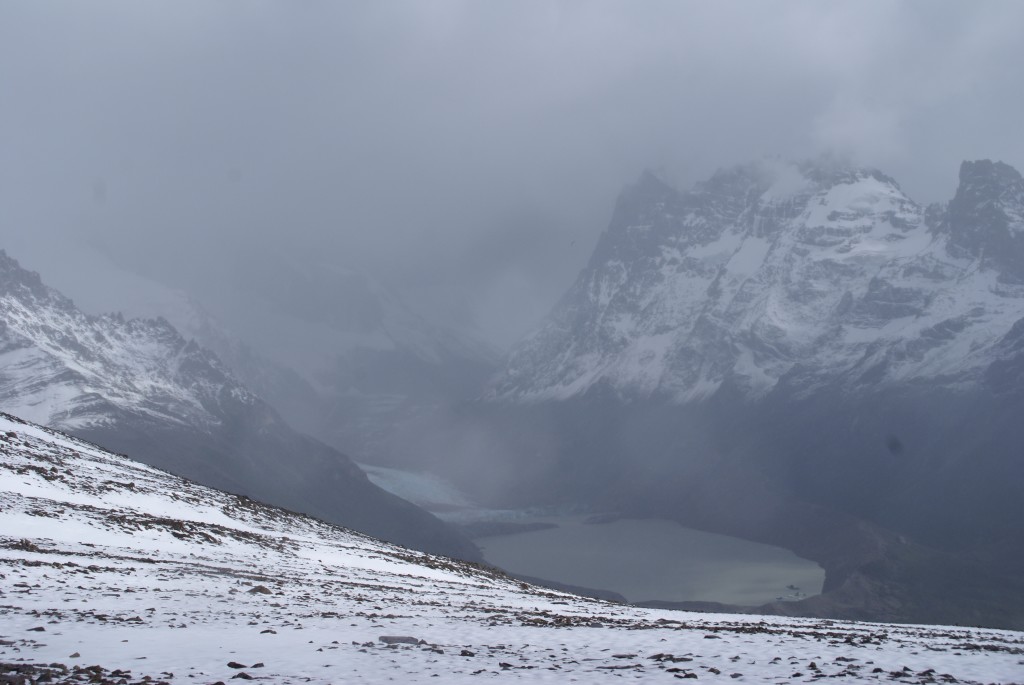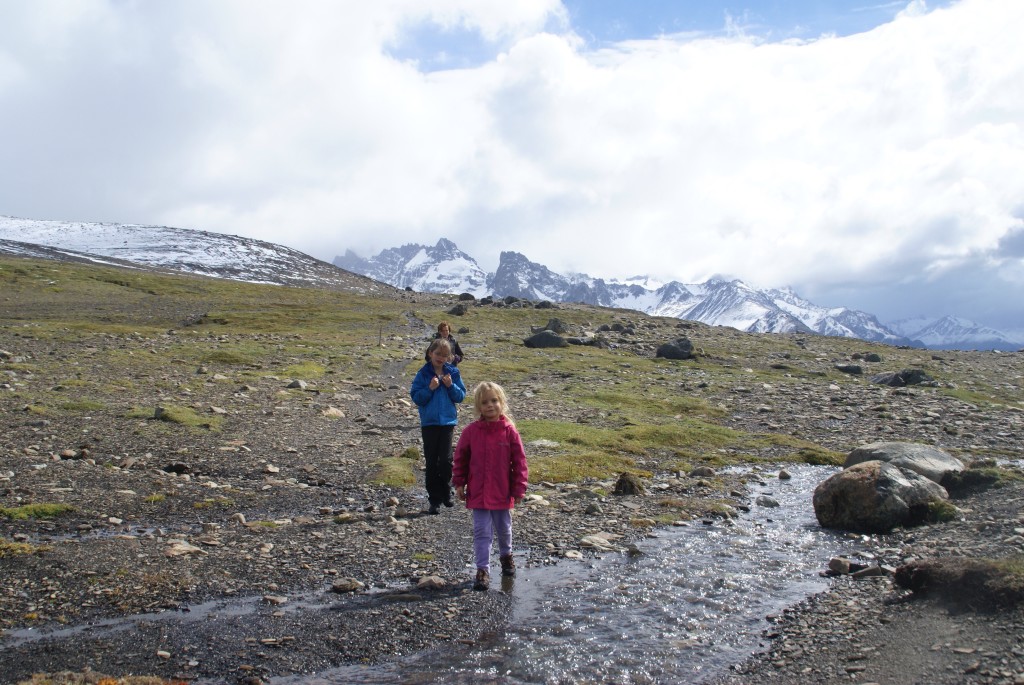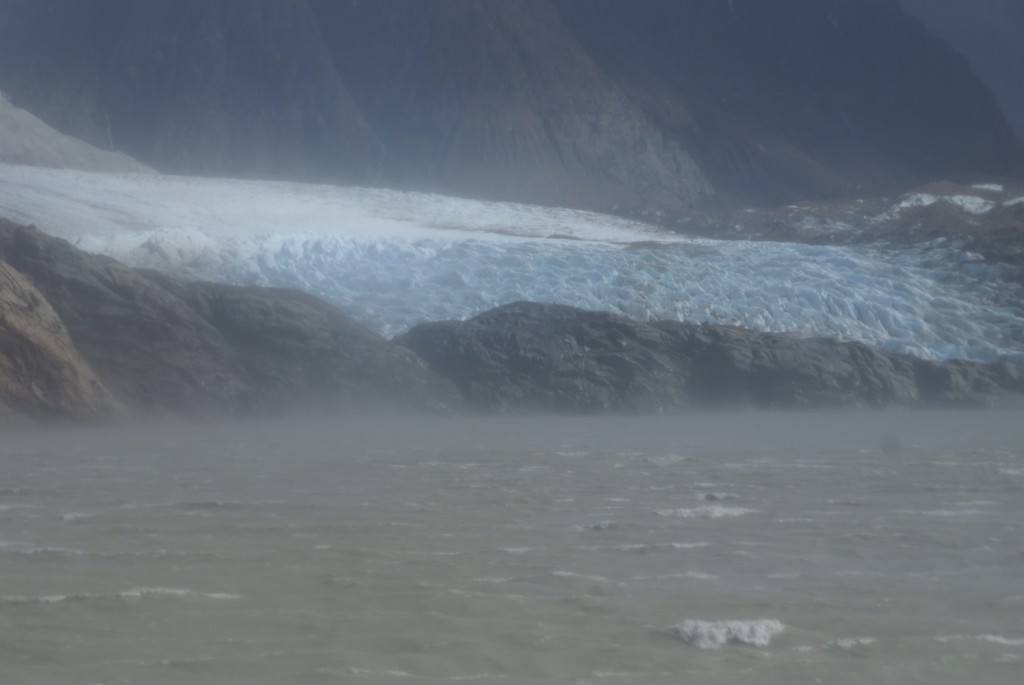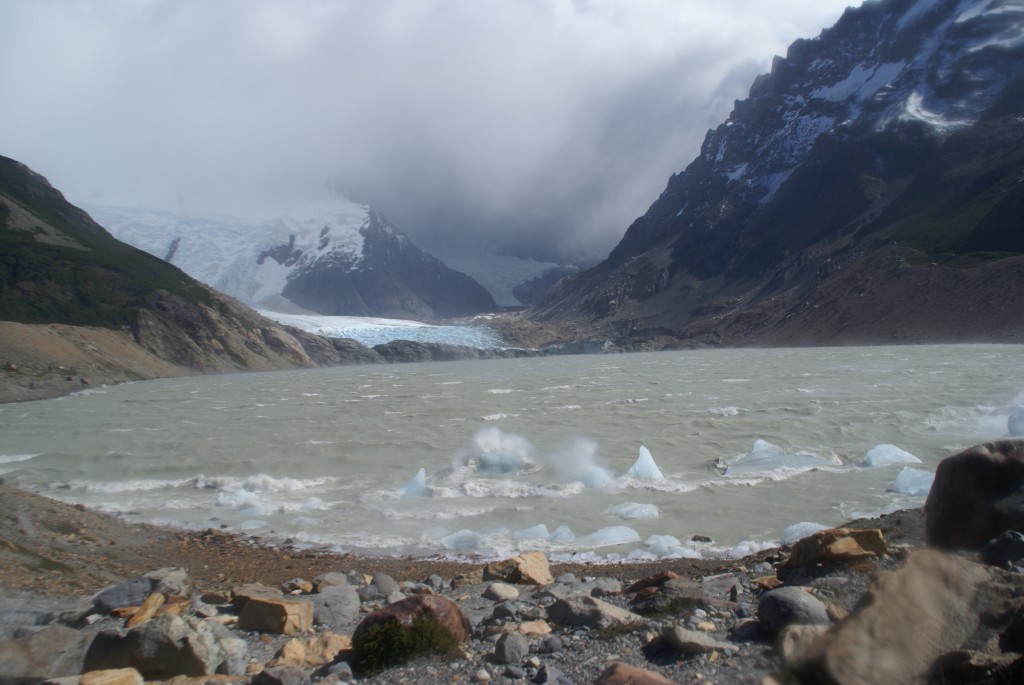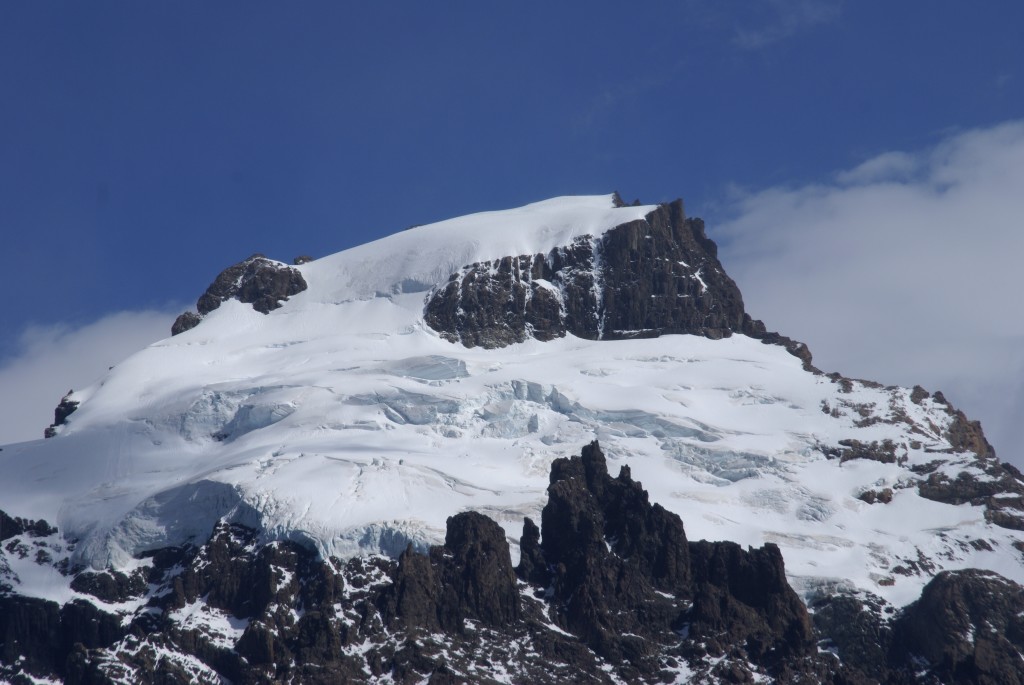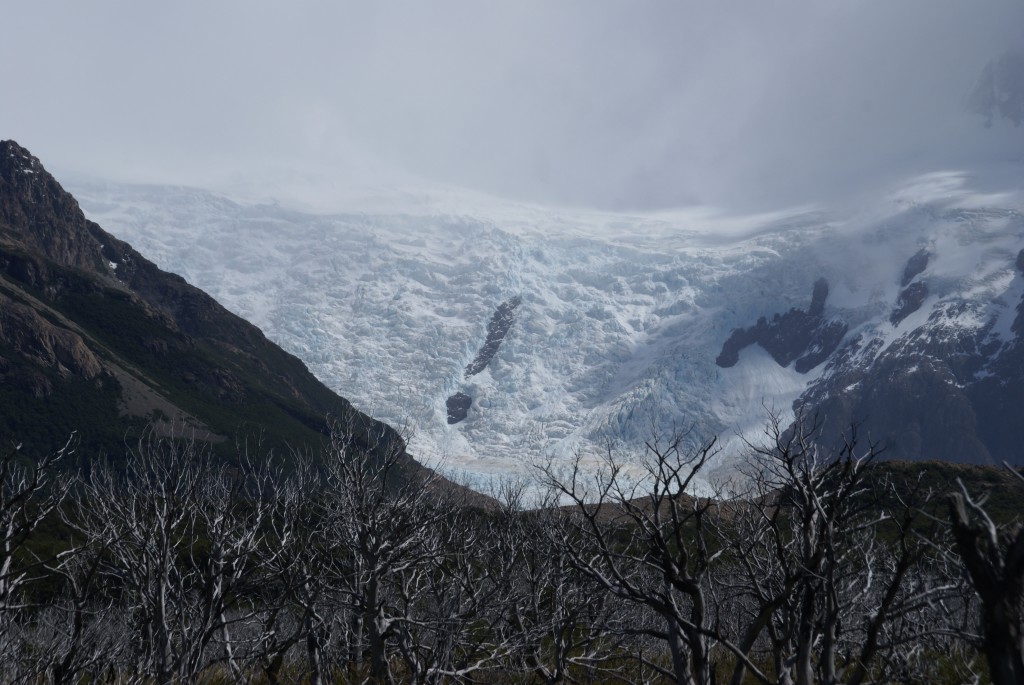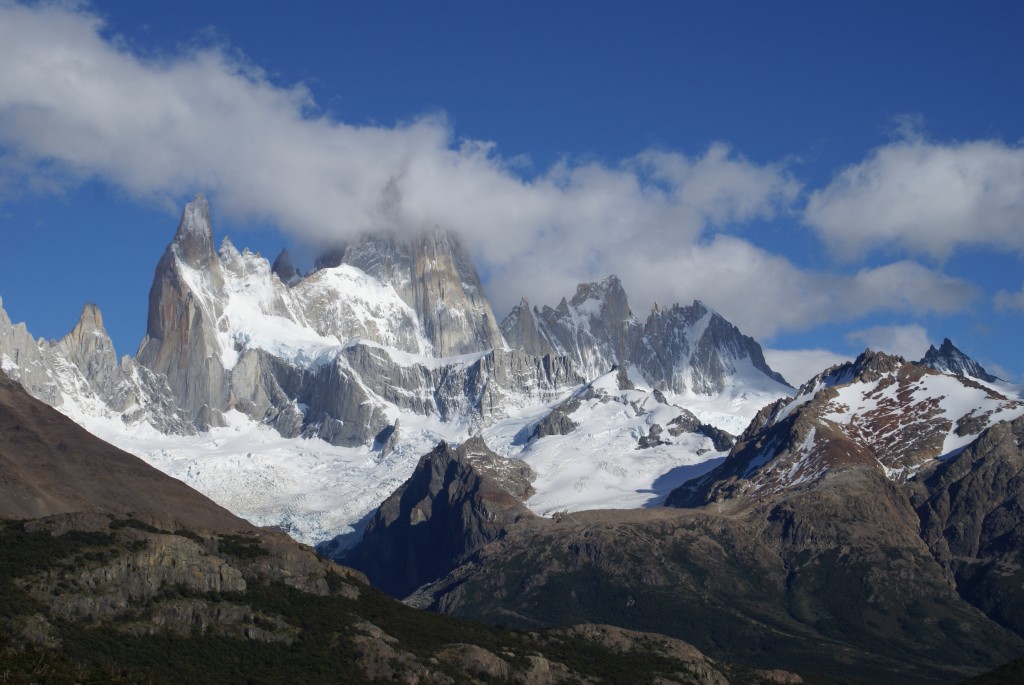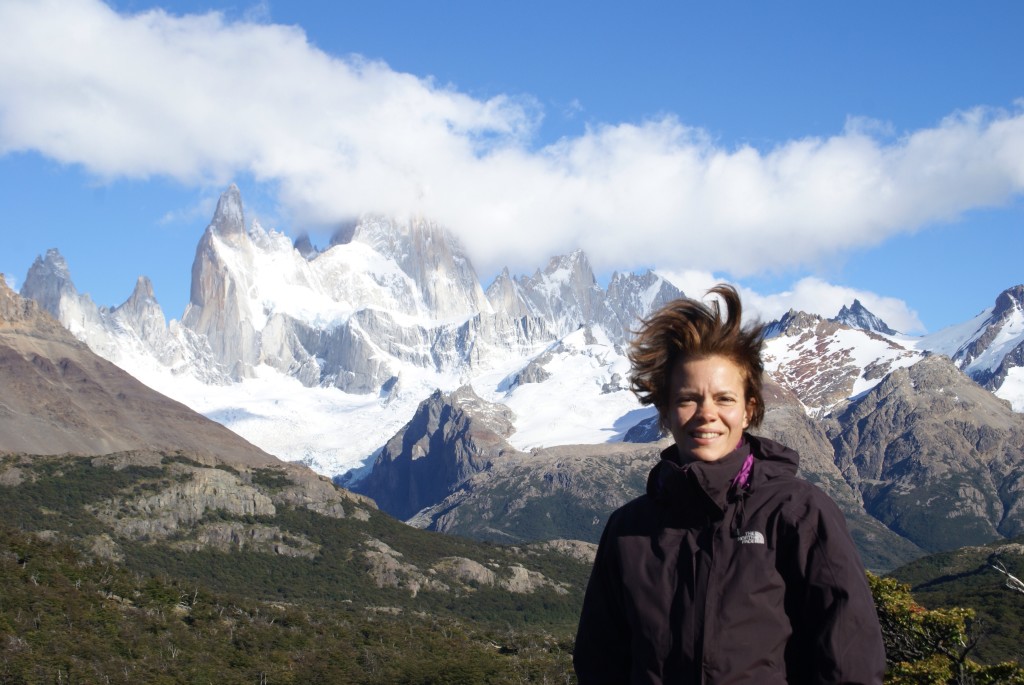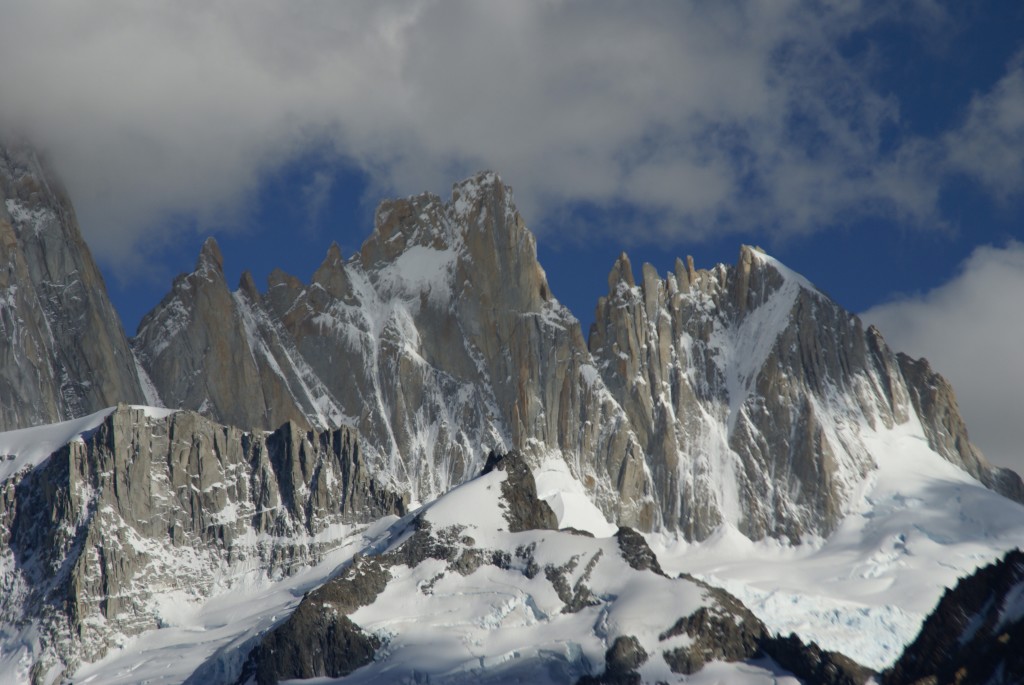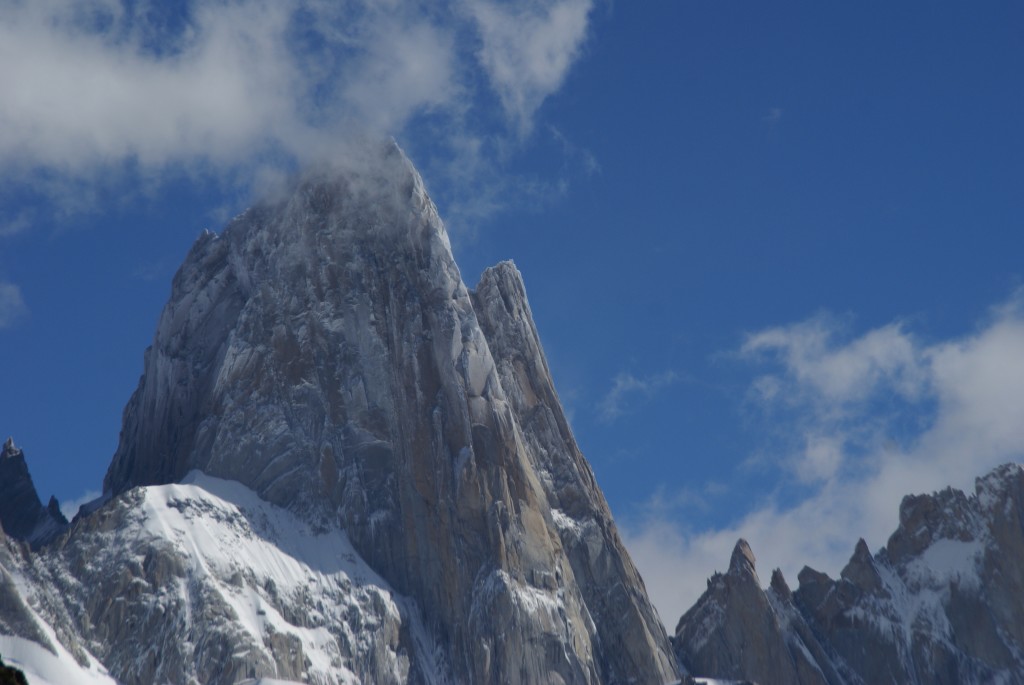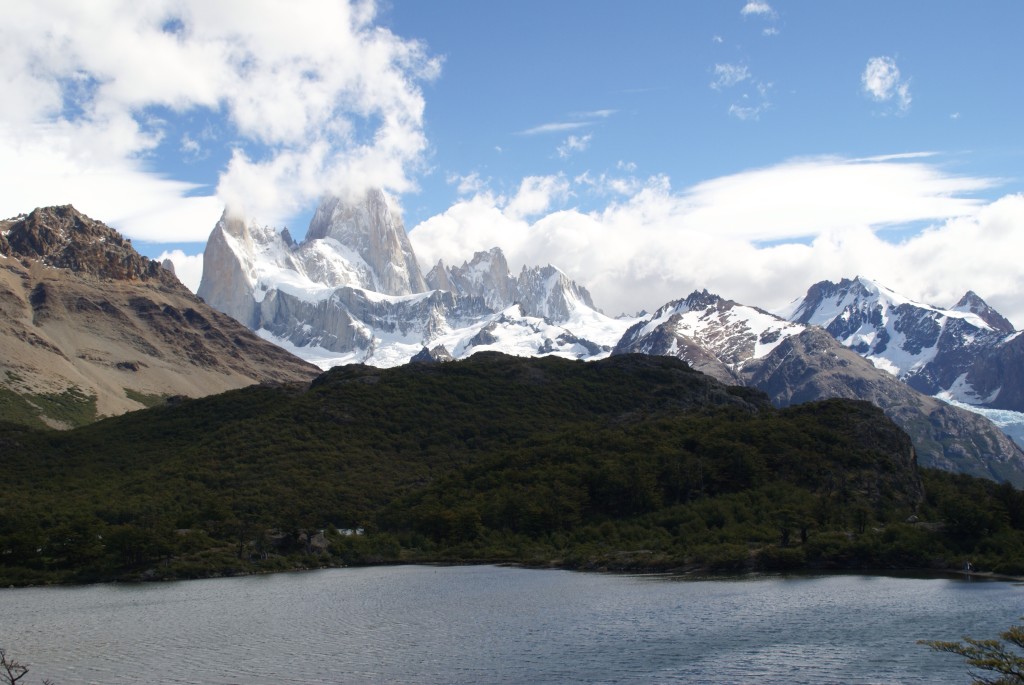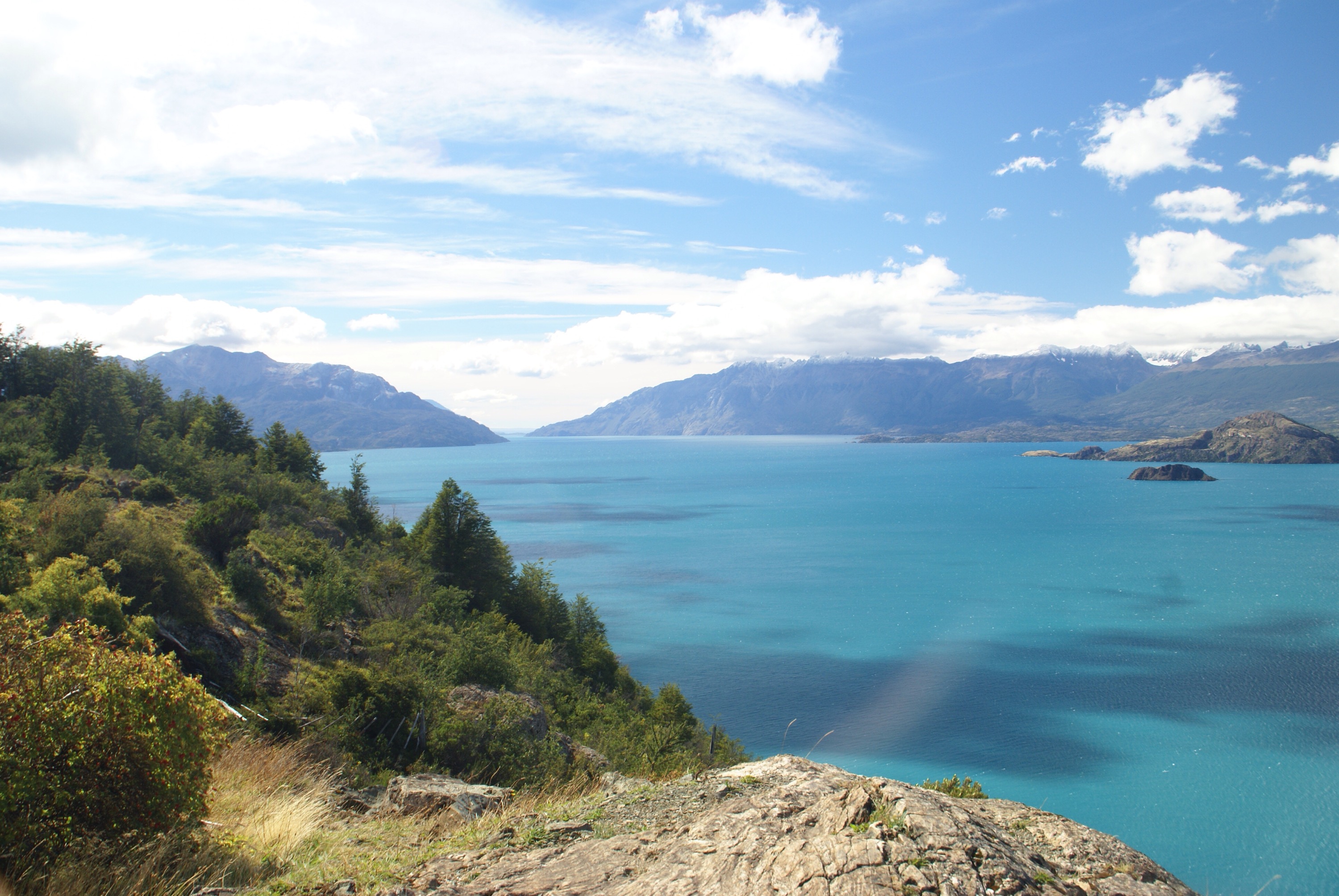
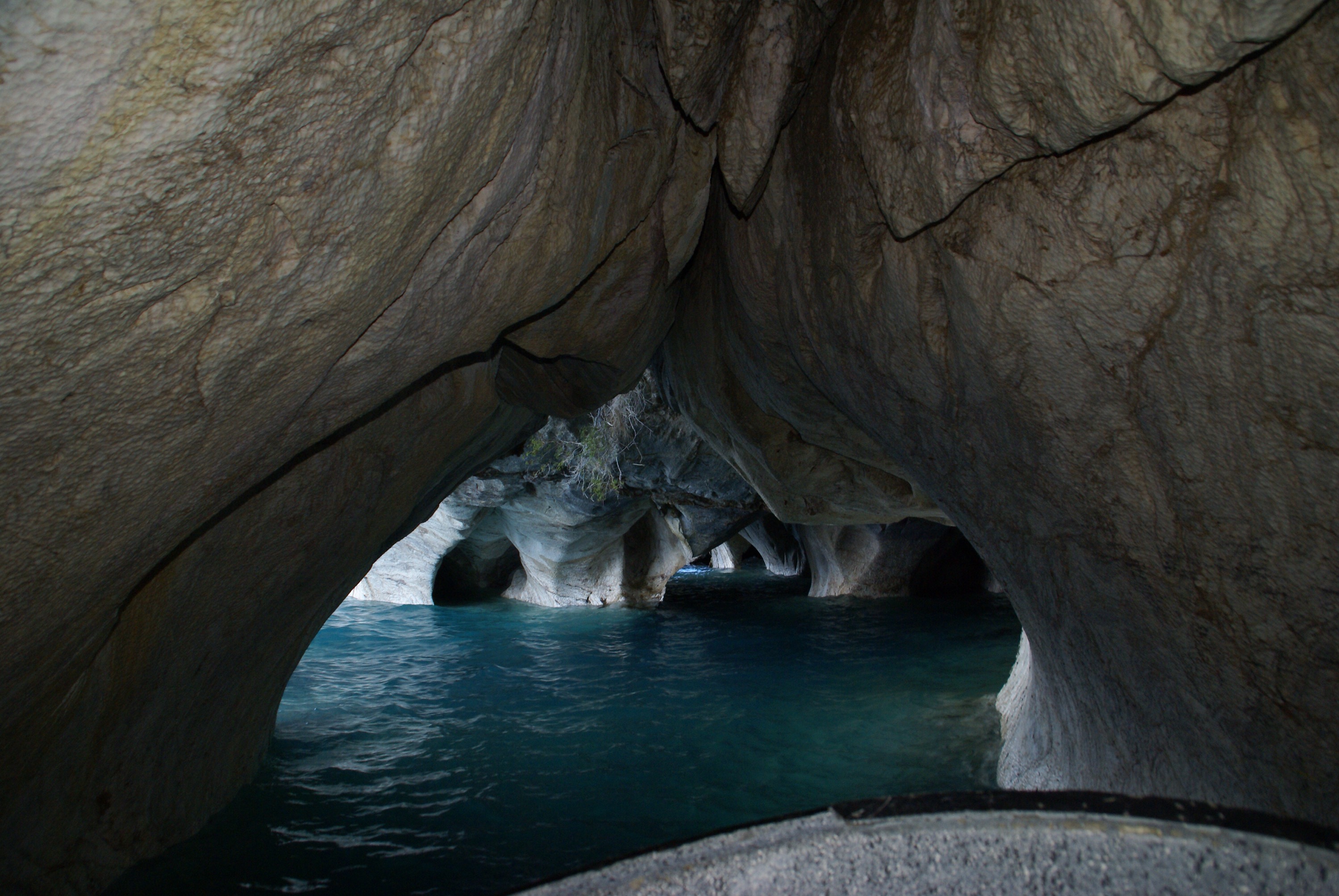
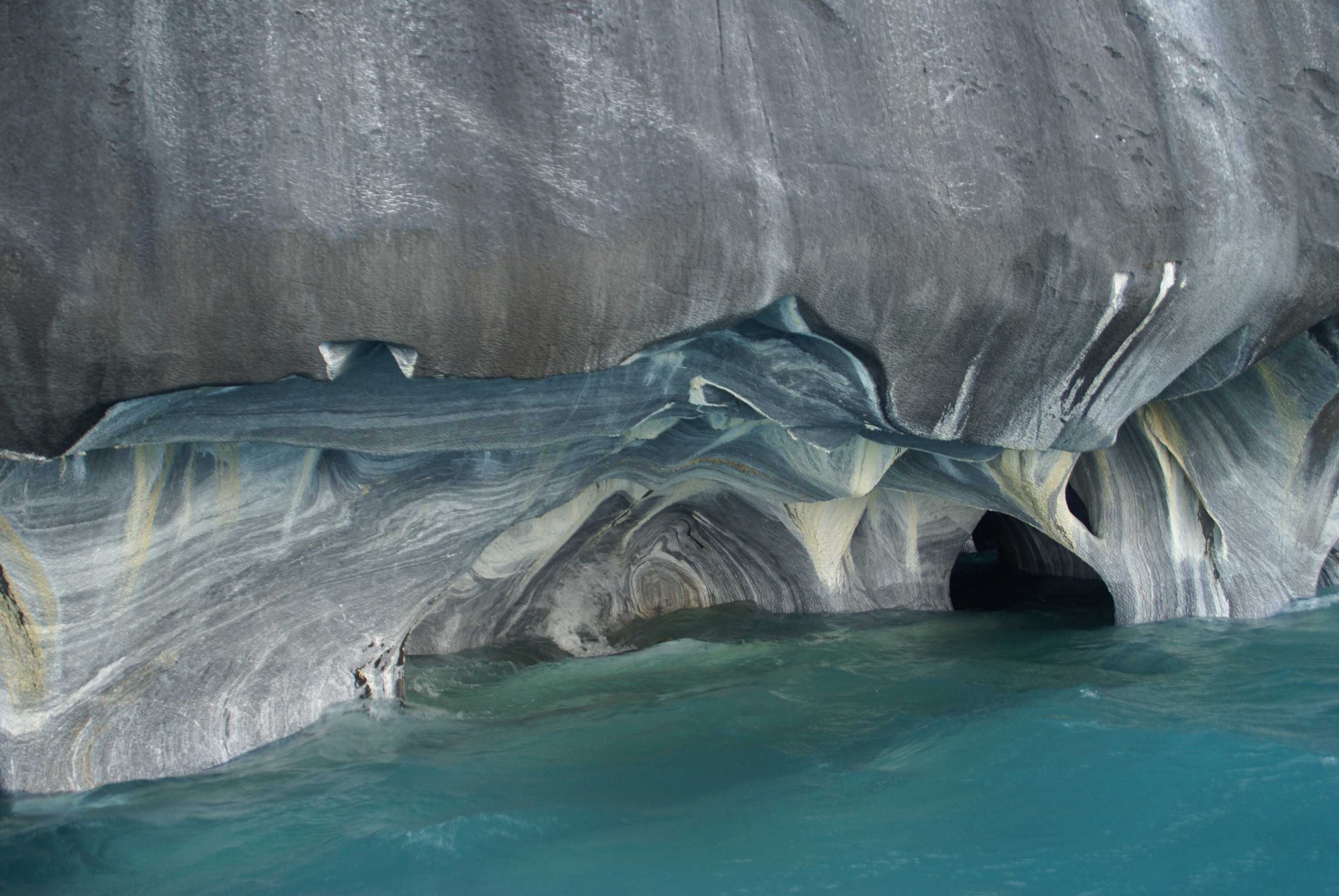 
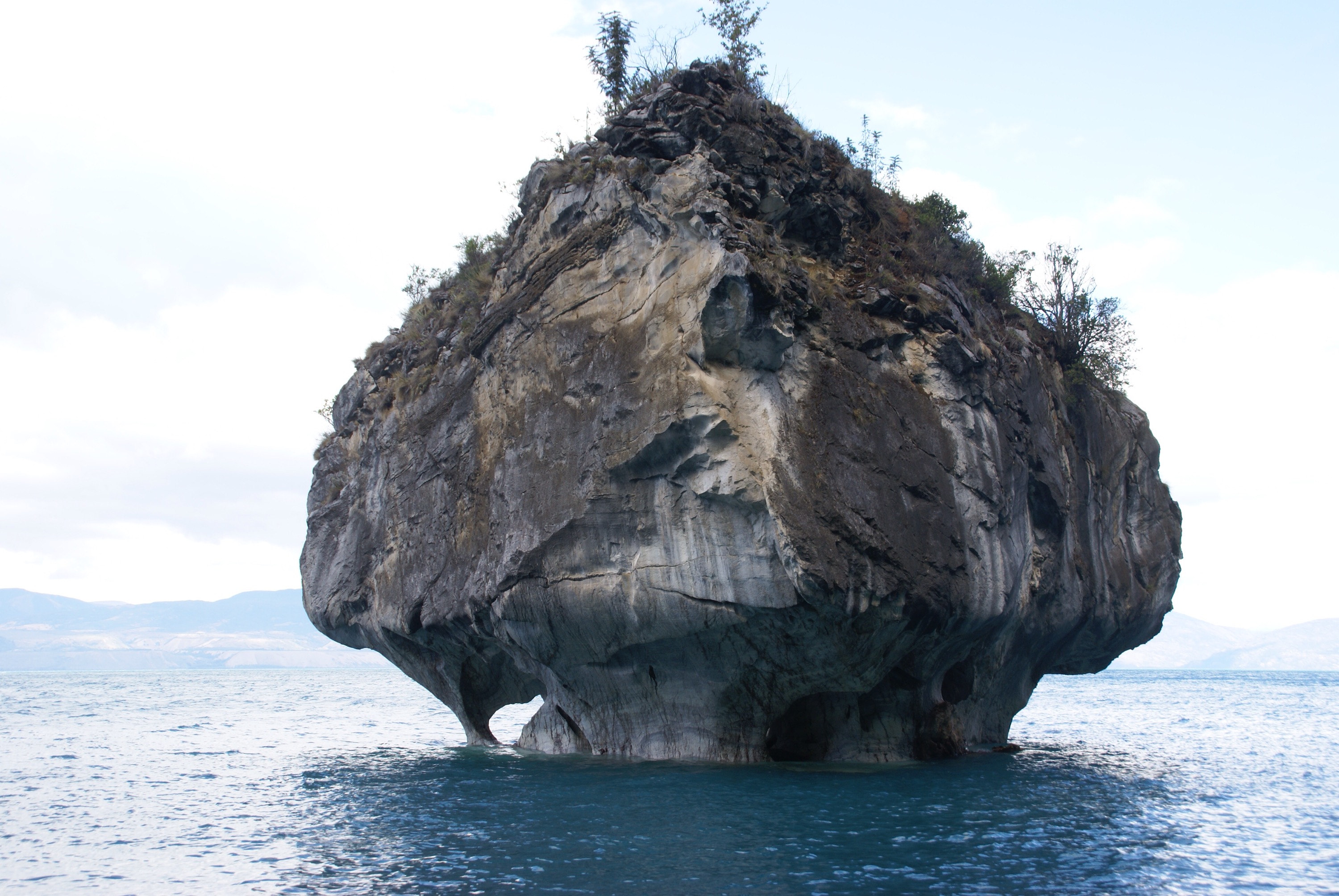 
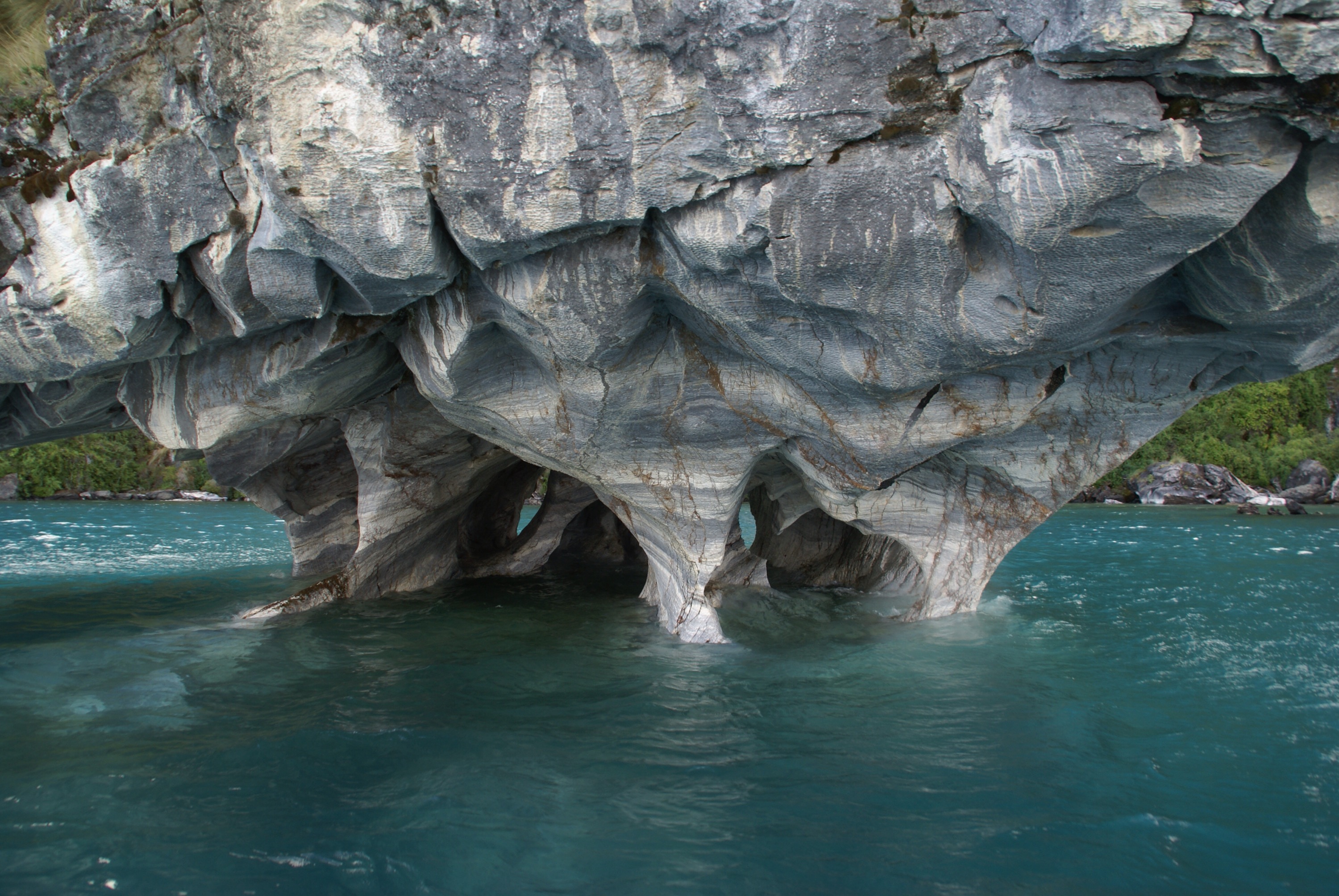
Continuing up the road the next highlight was the basalt spires near Cerro Castillo. Unfortunately the weather still was not playing ball so we only got to see glimpses through the clouds. On arriving in Cerro Castillo the road turned to tar. The first tar we had seen for 1,000kms since before the Chilean border. On a quick, inspection of the truck the gravel road had taken its toll. The front disc brake cover had broken again but more importantly the front shock absorber had broken loose. We decided to push on to the largest town on the road, Coihaique to see if we could get some repairs done.
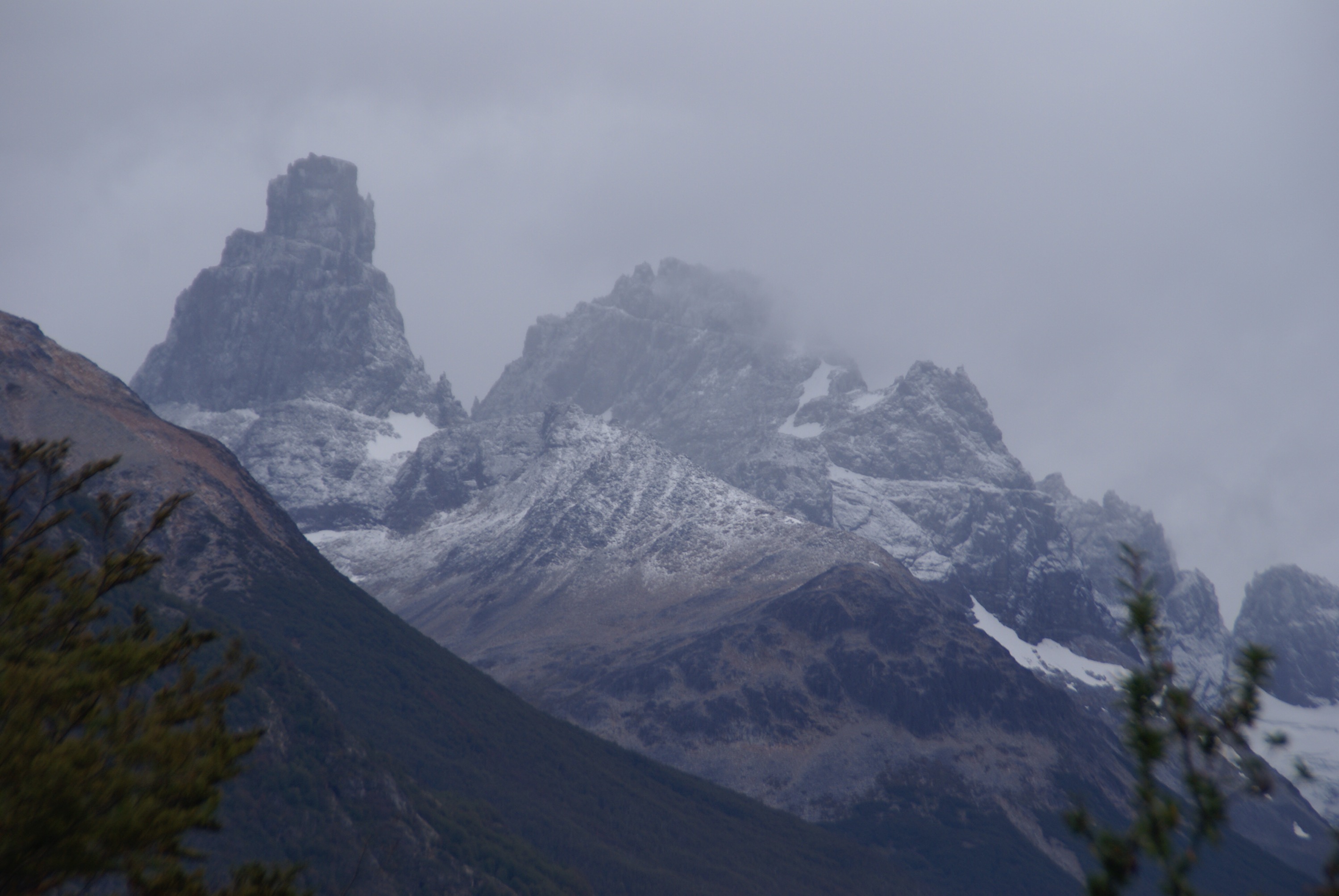

As we approached Coihaique the scenery changed again. The mountains became less imposing and instead the scenery opened to green hilly pasture with large fat healthy cows everywhere. The town of Coihaique came as quite a shock after been out in the wilds. It was a bustling metropolis of 50,000 people and had all the things we needed to continue our trip. Following a recommendation from our friend John we found a good welder in town. He quickly and inexpensively welded both the shock absorber and the disc brake cover and I refitted them back on the truck. Let's hope they hold.
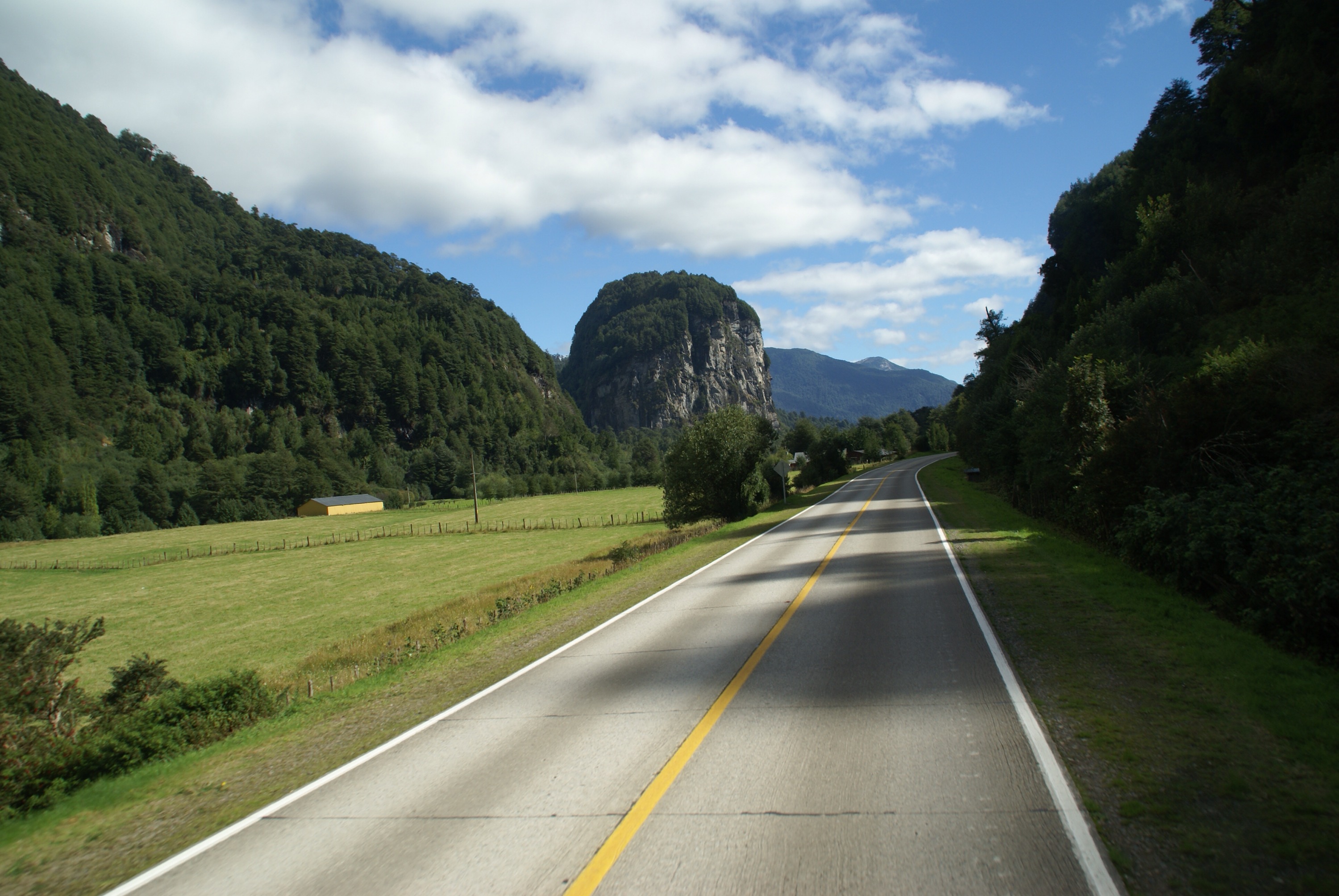
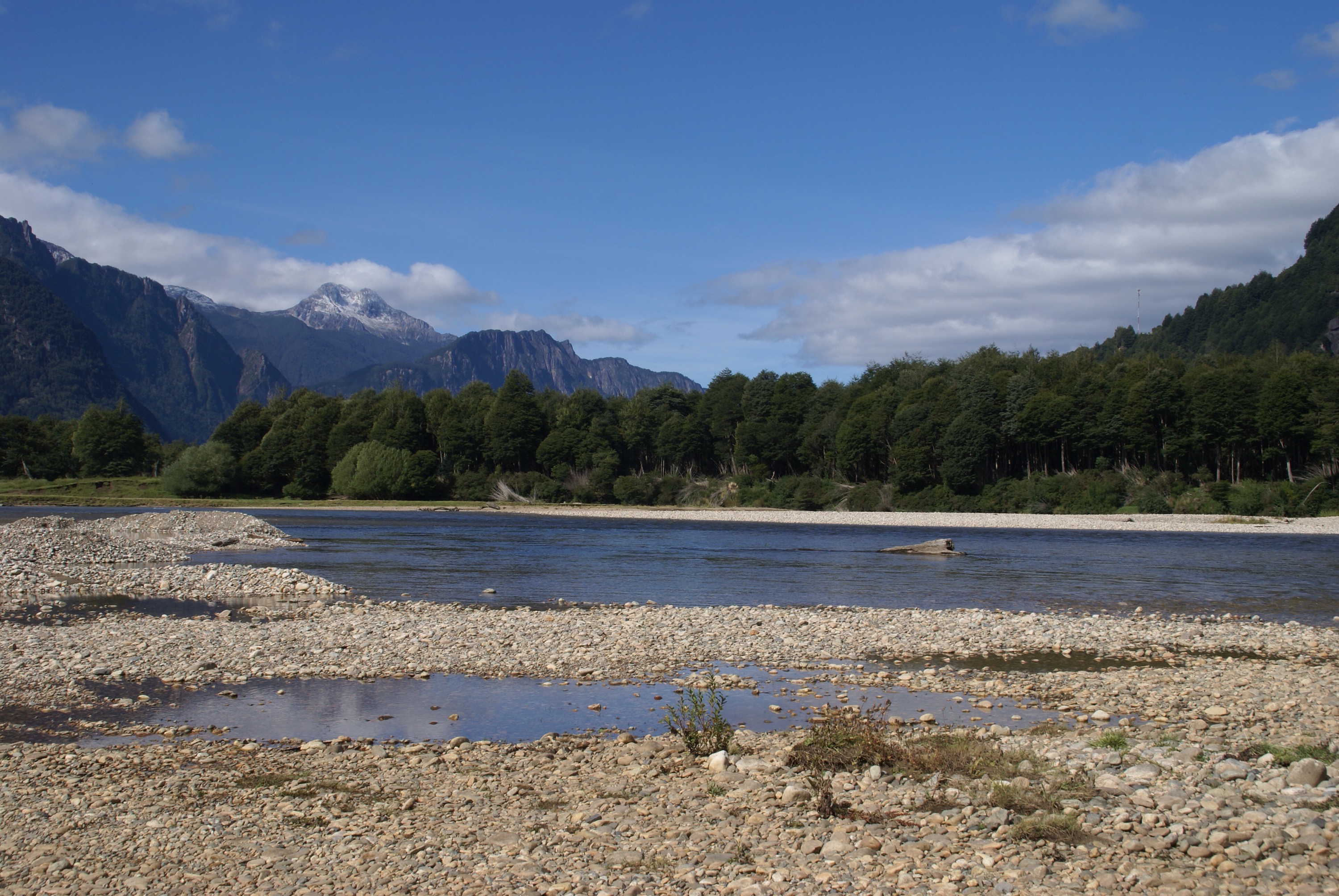

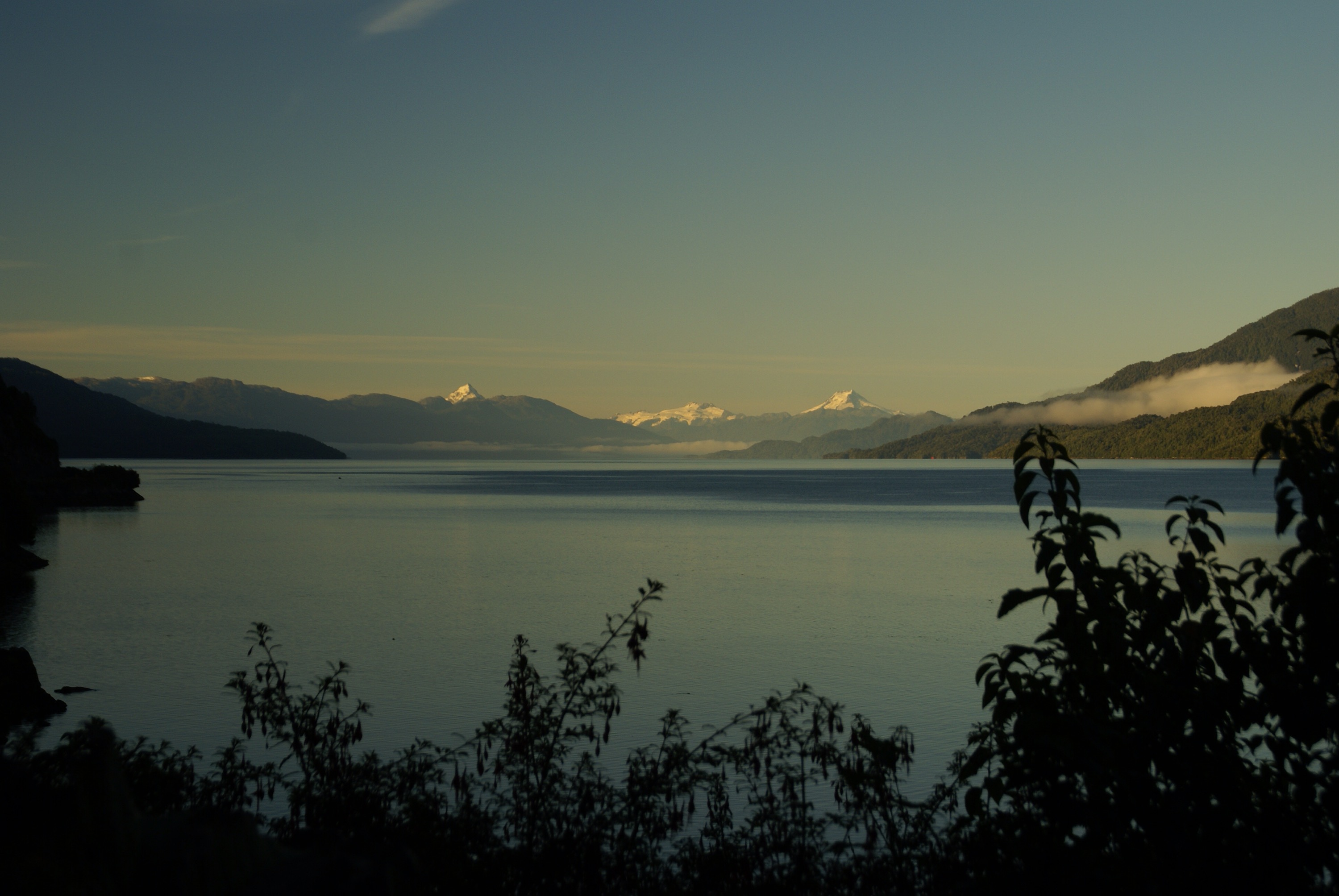

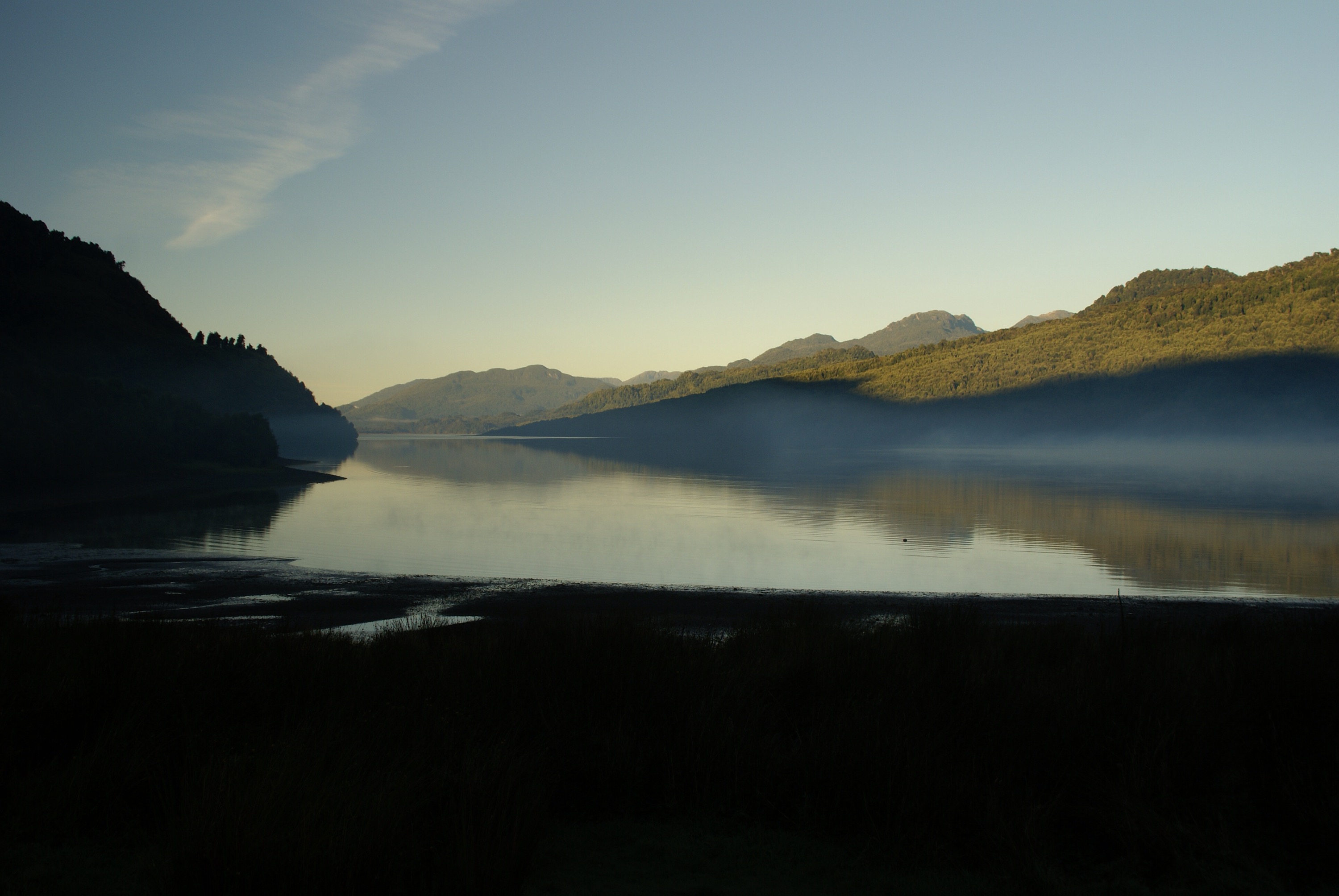
We also reconnected with our hunter gatherer roots. I was given the task of the hunter and sent out to catch food from the river. Usually this did not result in anything but one evening Gilly noticed that the fish had started jumping and I was sent out again. Luckily I landed a trout big enough for 2 to eat. Alisha and Lucy had already gone to bed but with the excitement were soon up and helping out in the river in their nighties and wellies. I never did catch that second trout we needed so portions were pretty small for dinner!
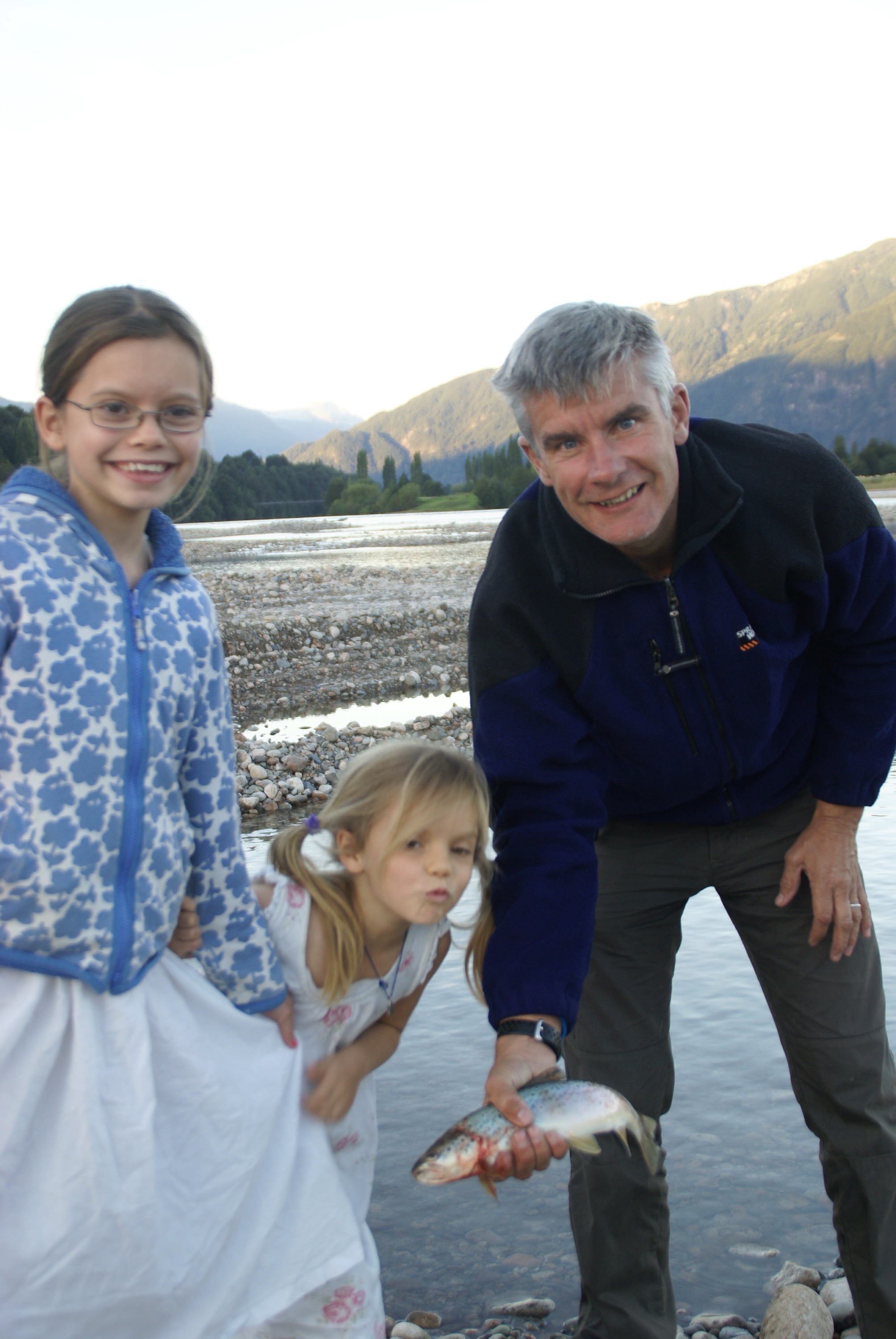
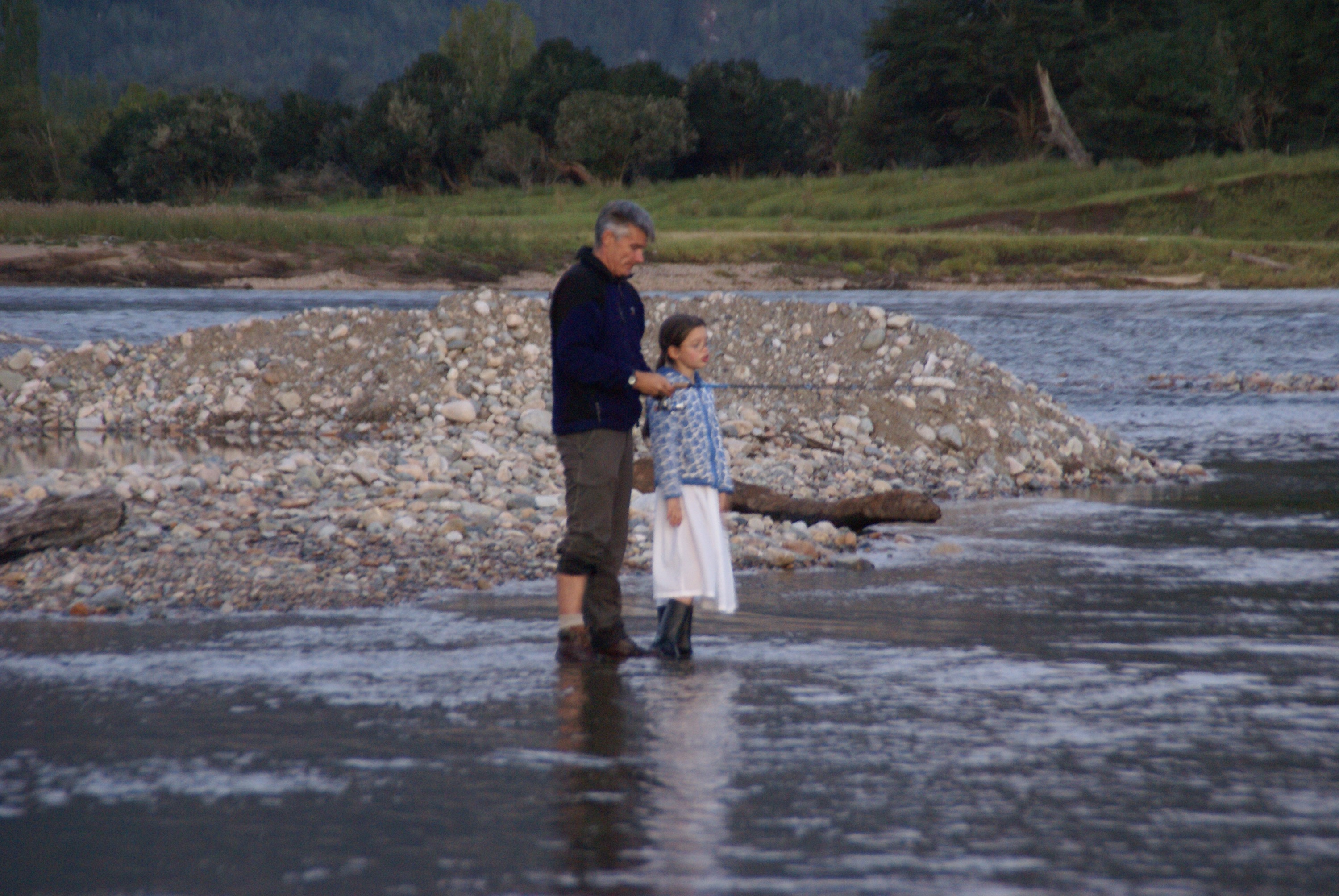
The girls were the gatherers and collected tubs full of wild blackberries that we enjoyed in a number of desserts and smoothies. Mind you Alisha and Lucy seemed to eat more than they put in the tub.
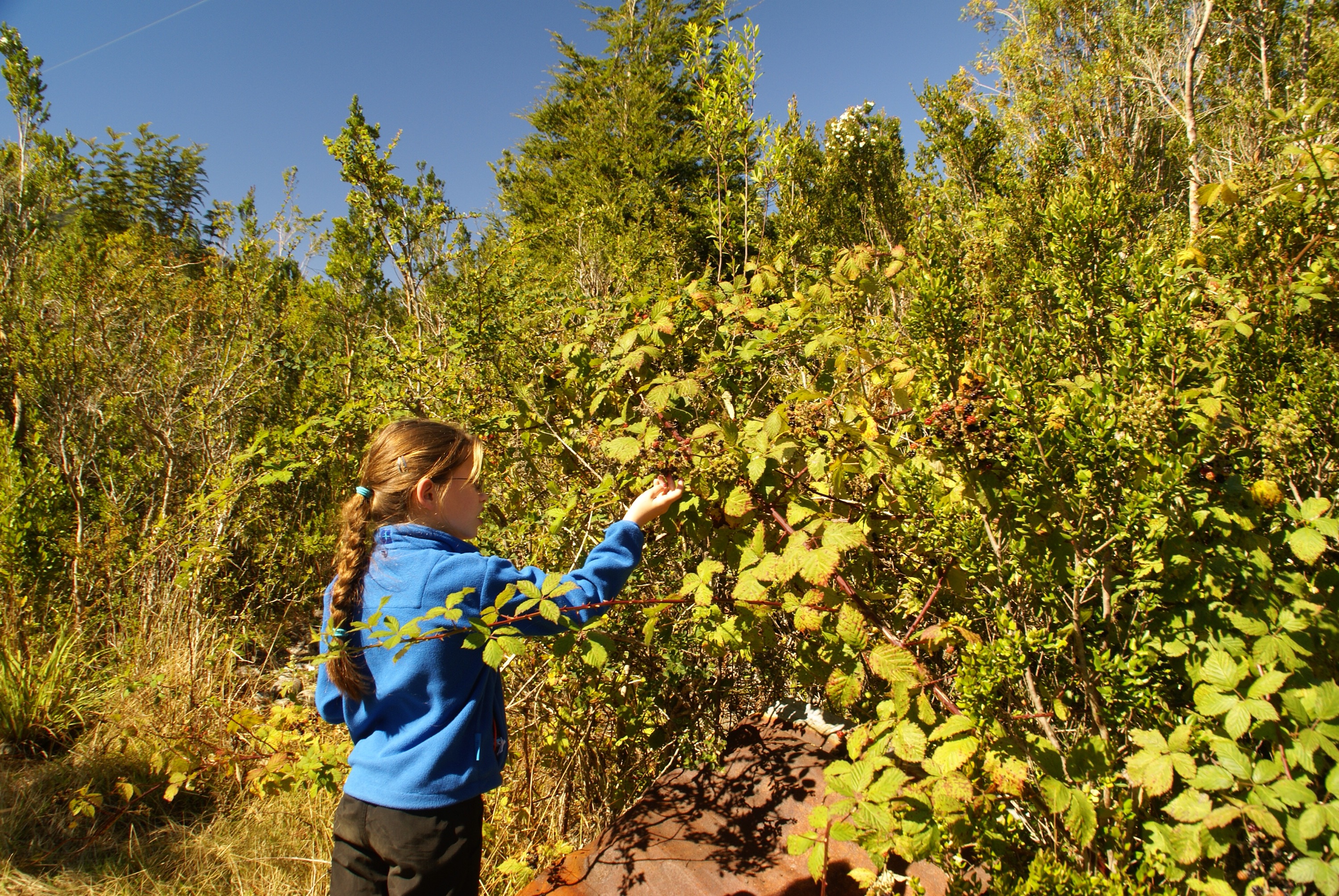 

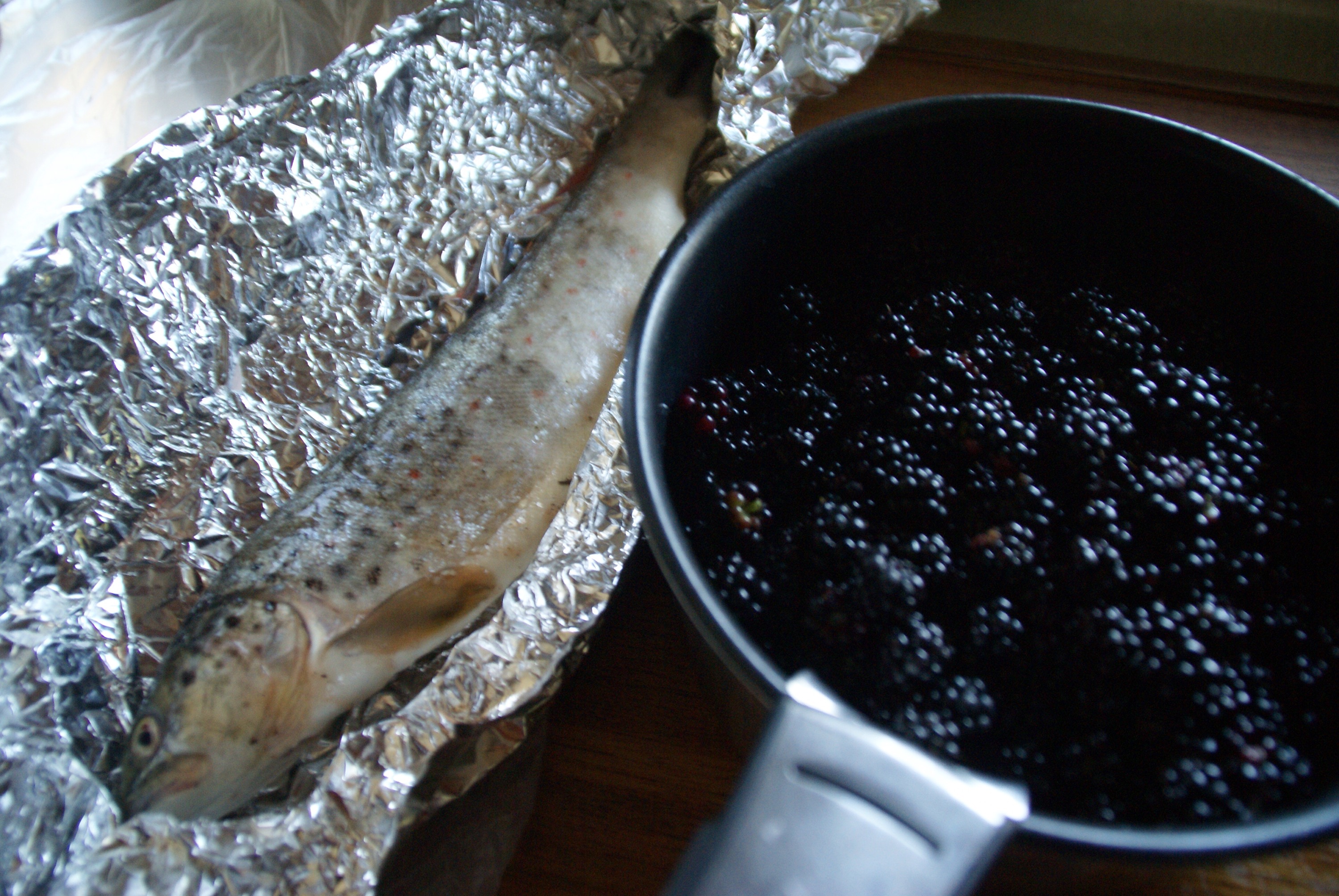
The tar did not last and we were soon back on the gravel road. One section of road was been worked on and was closed every day between 1pm and 5pm. In part this was so they could blast away at the cliffs to widen the road. So that particular morning we set off early so we could make it to Parque Nacional Queulat before the road closed. The evening before had been glorious but that morning it was close to freezing and a heavy mist hung over the rivers and the lakes. It was still misty at 11am when we stopped to do a walk in "the Enchanted Forest". The vegetation had changed again and was now a dense forest of ferns, trees and fuchsias. It gets very wet in this part with 4m of rain during the year. The walk was wet but wonderful and felt very Tolkienesque. As we climbed the mist began to clear to reveal a wonderful glacier set against a cobalt blue sky.
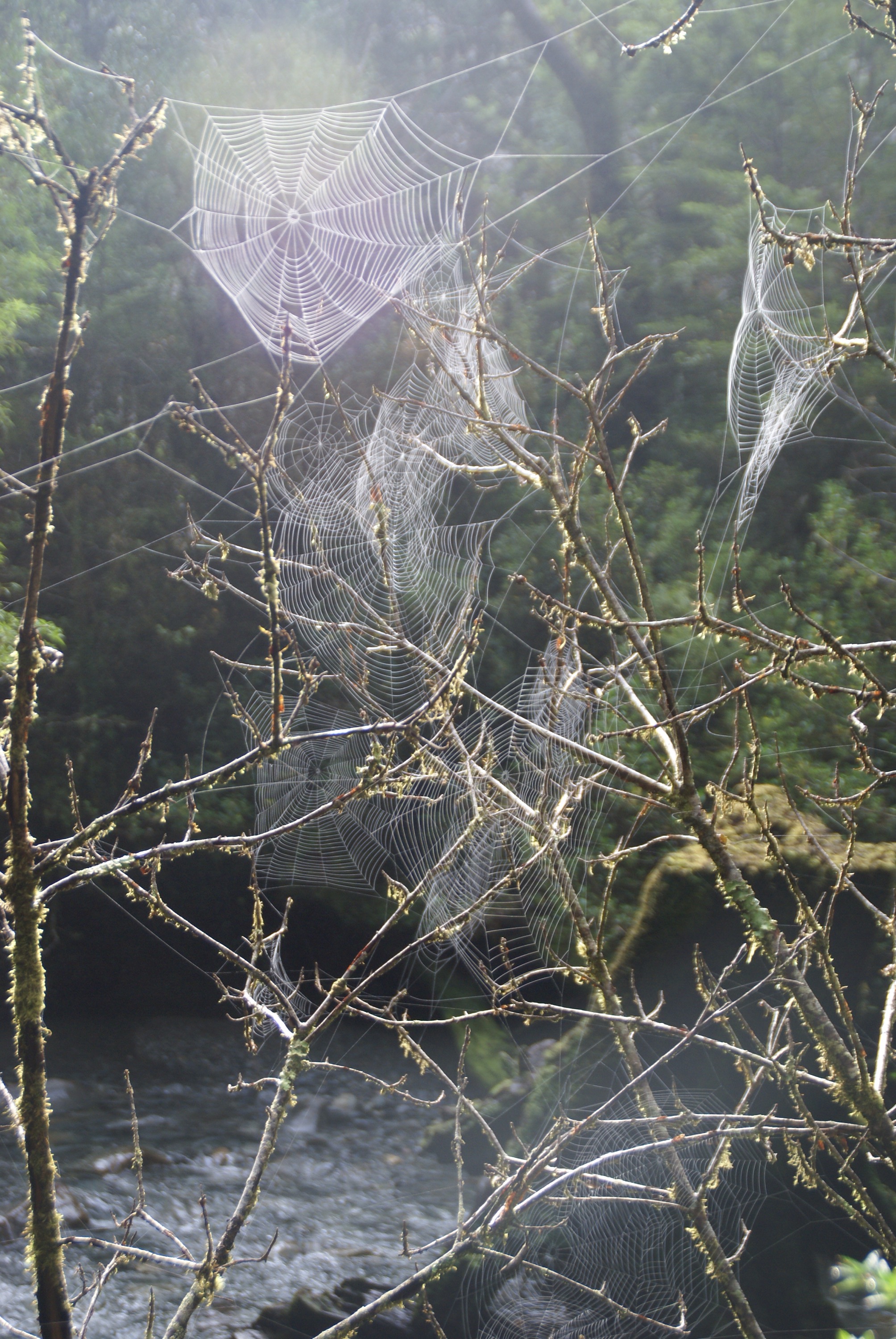 

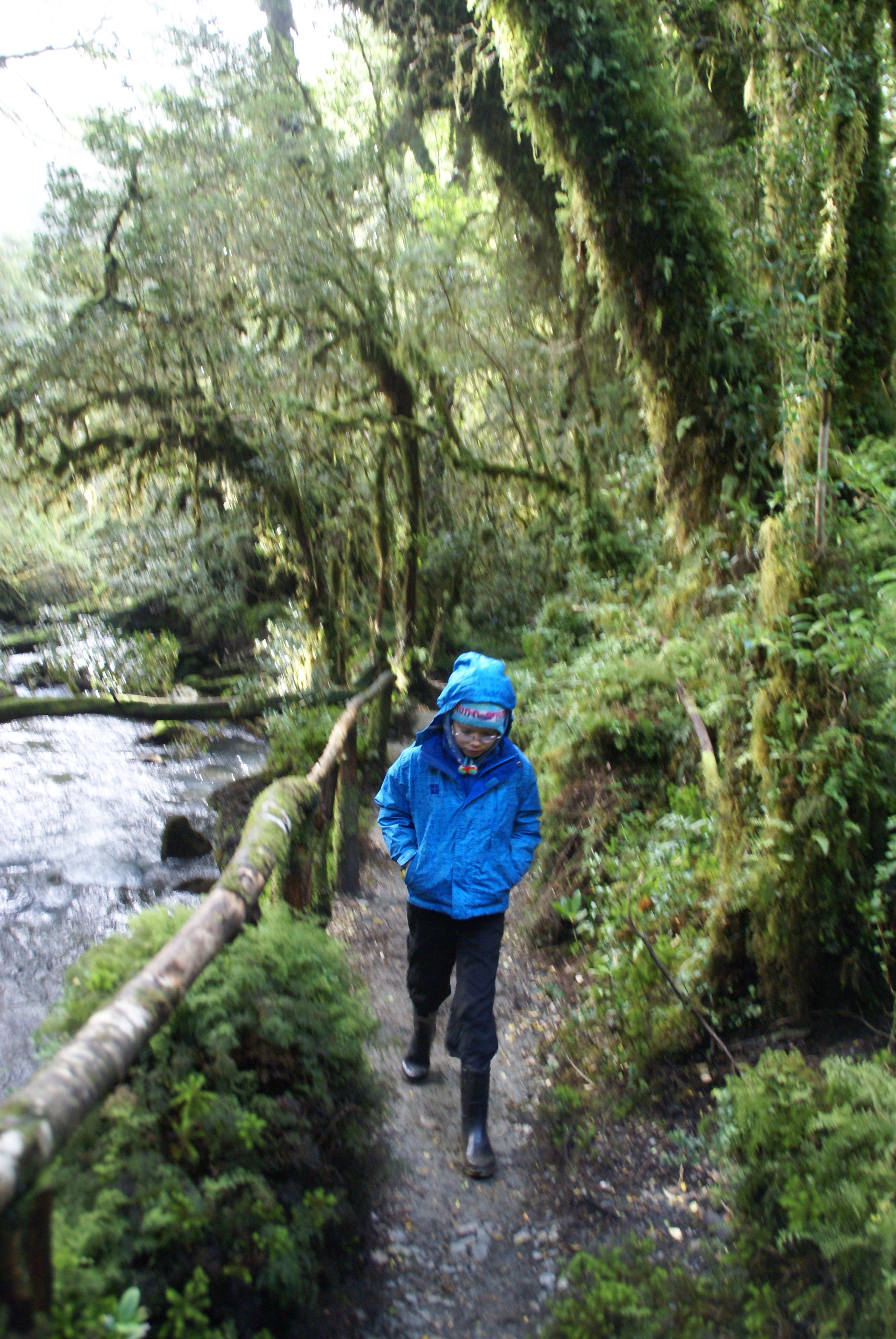 
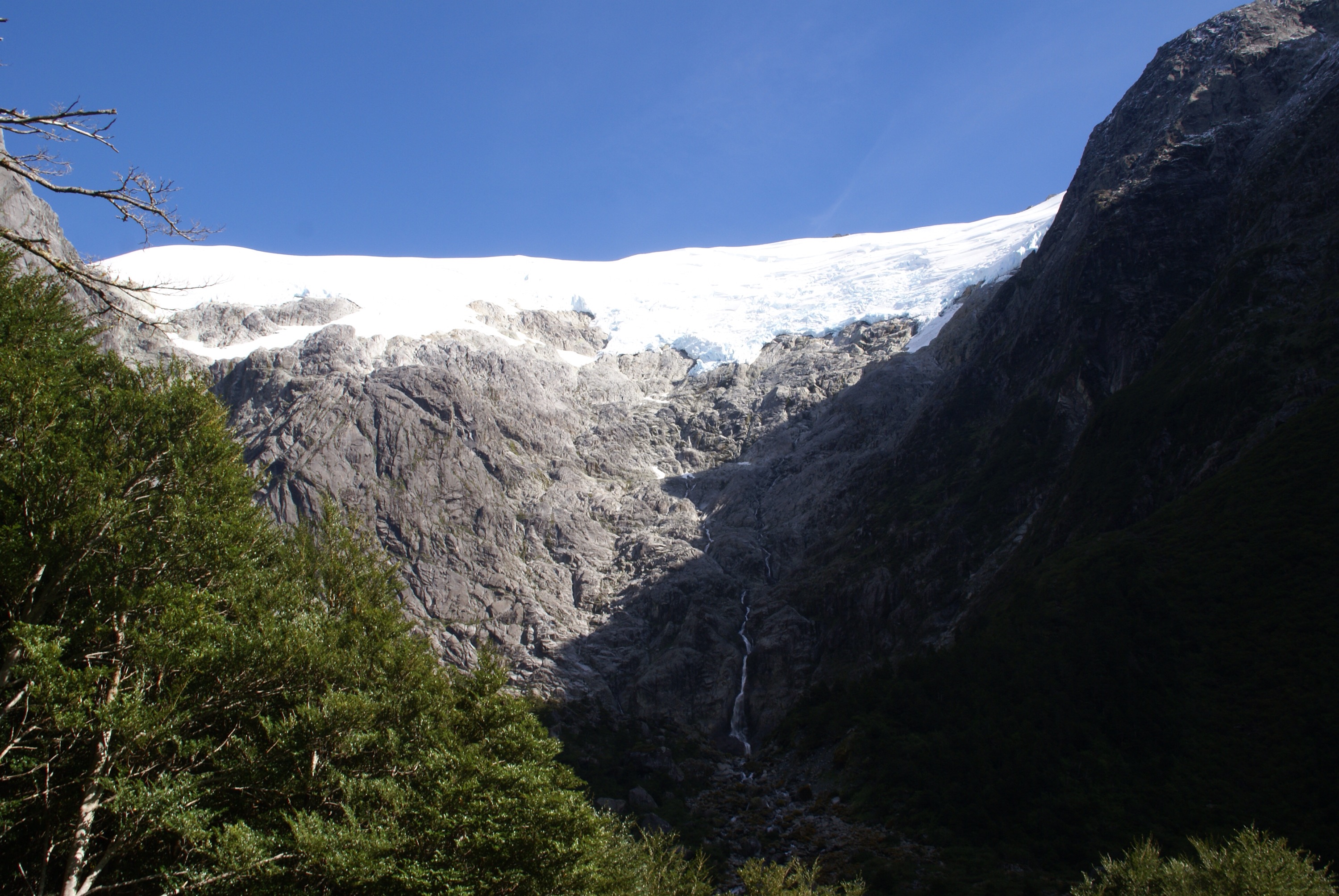
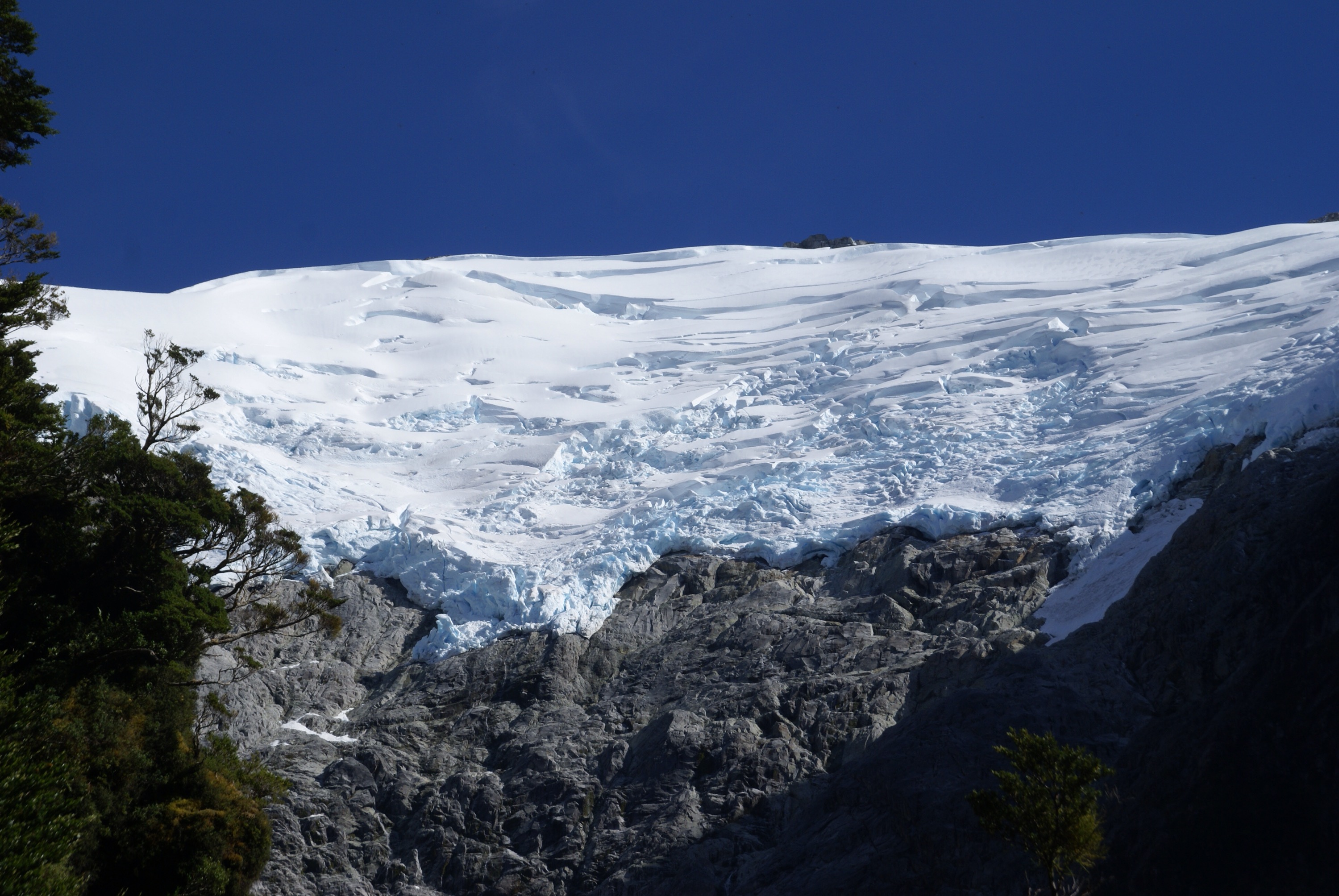 
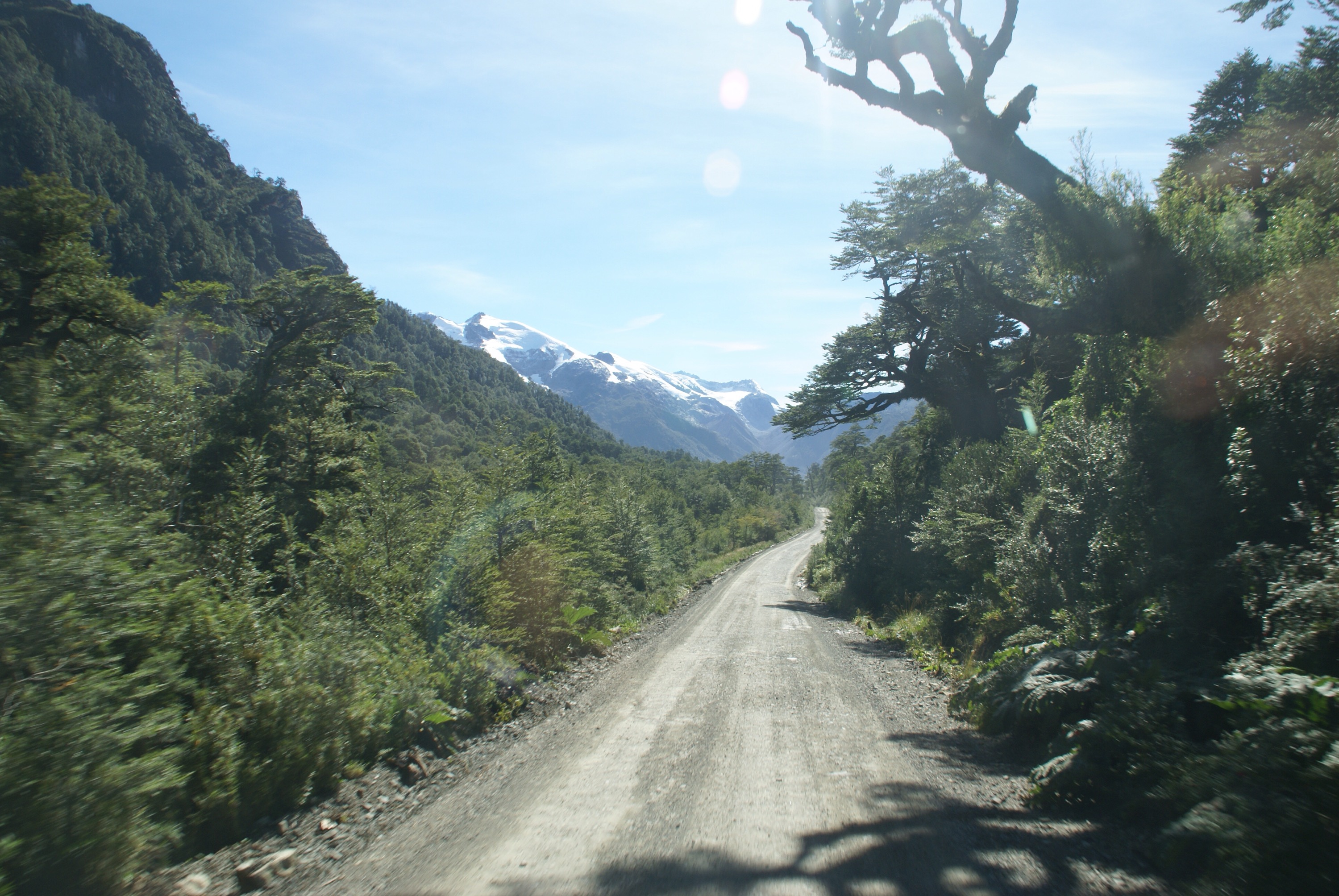
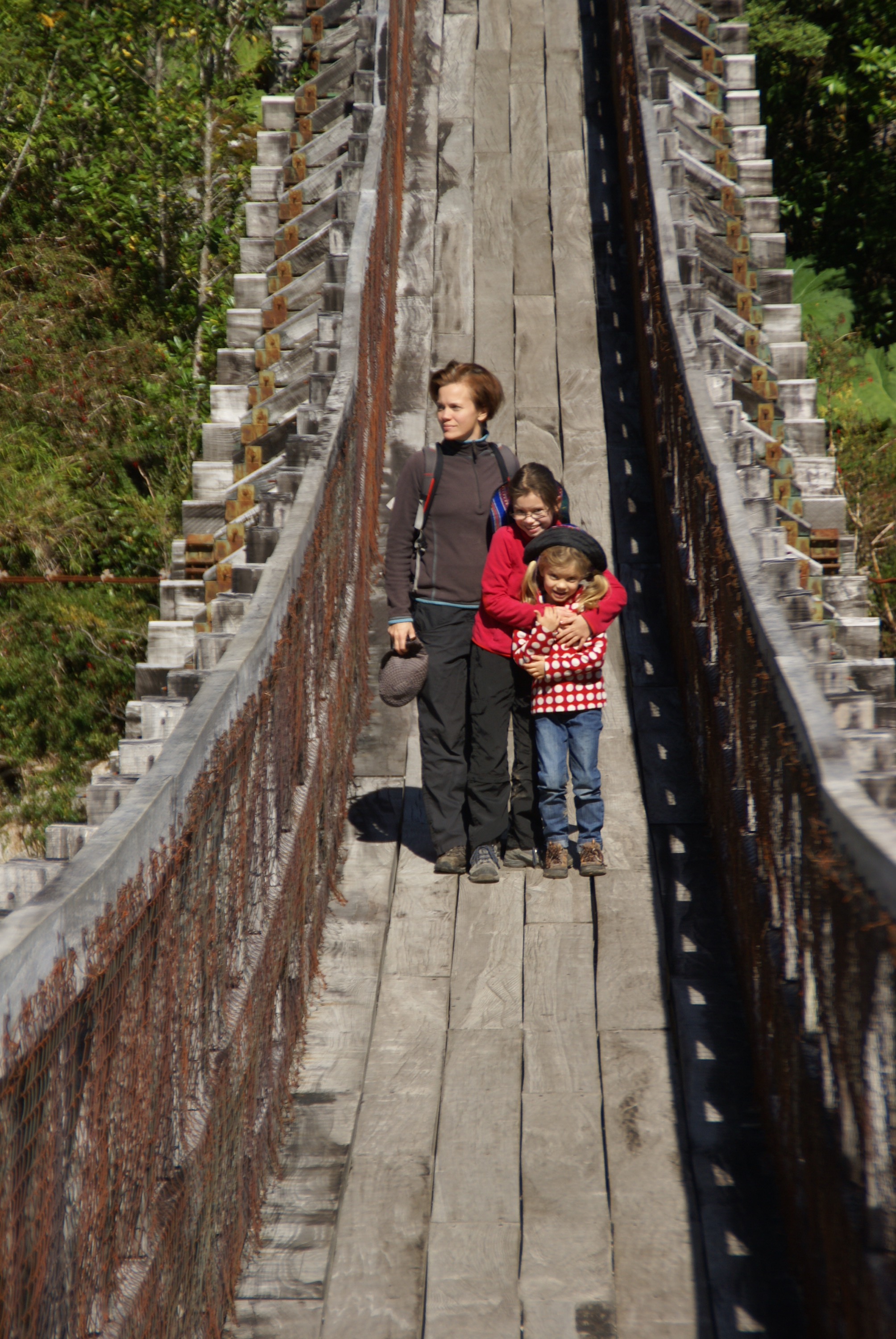
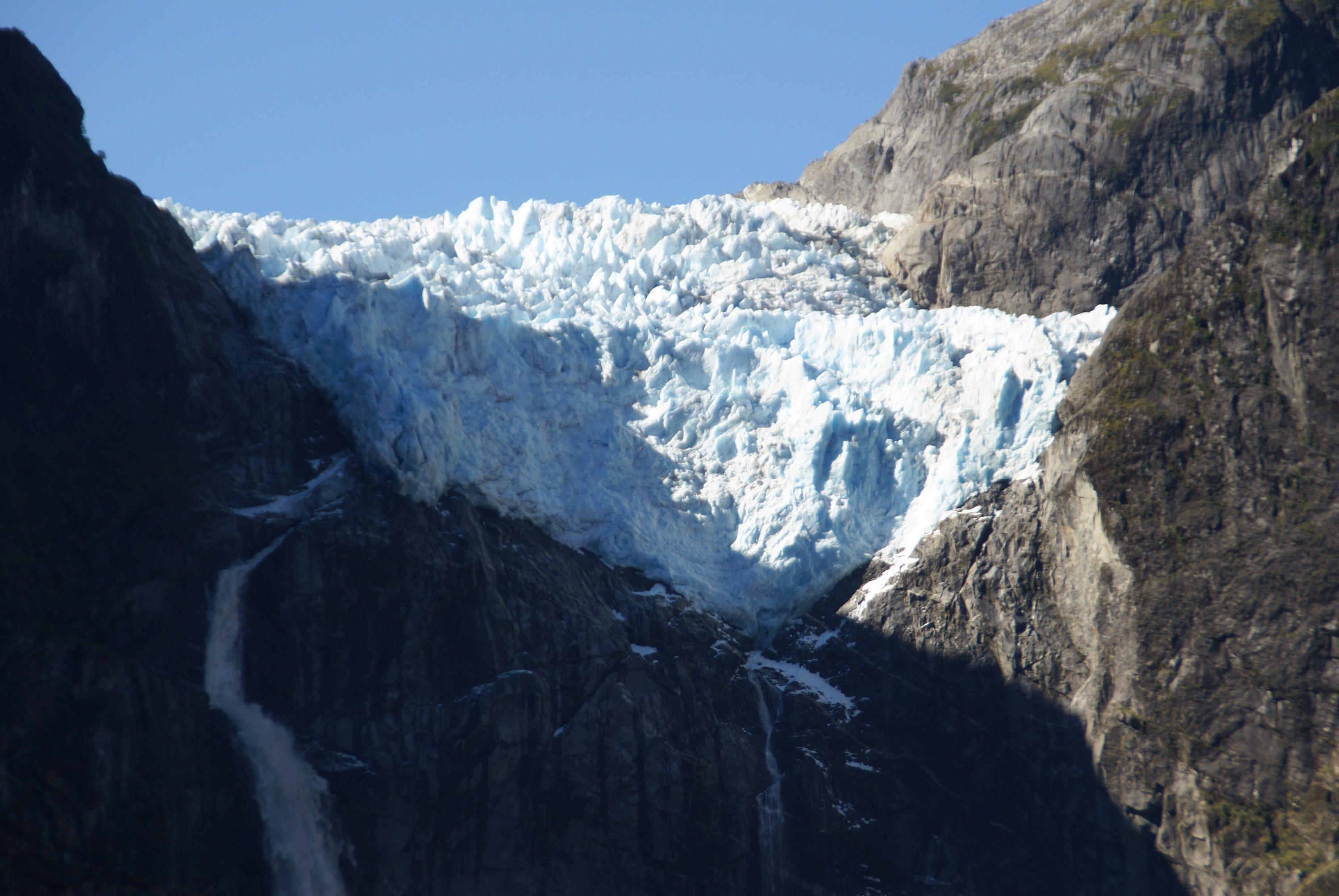 
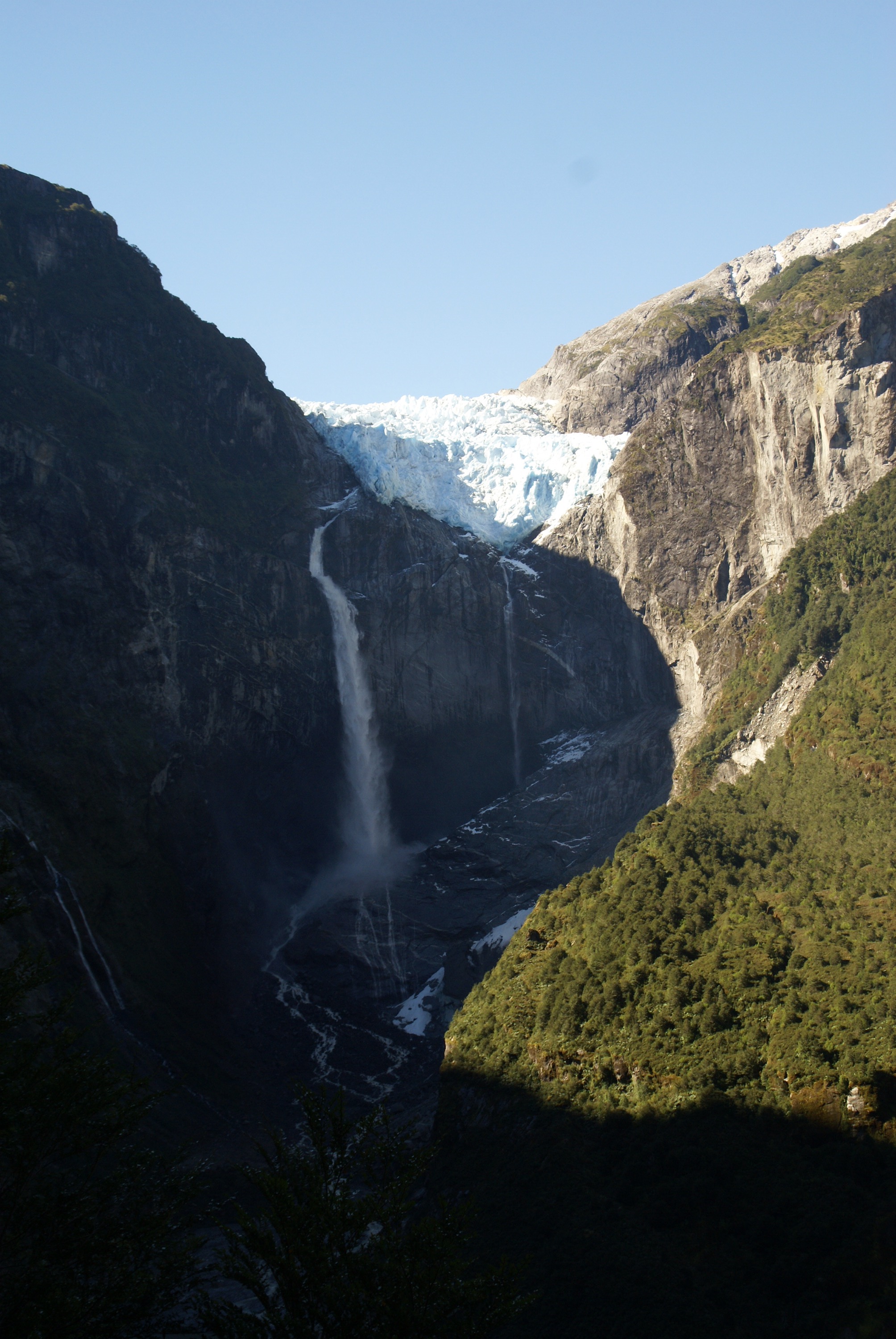
The following days saw us have fantastic weather and the scenery was magnificent and a feast for the eyes. Again in the morning it was misty allowing us just peaks of what was to come but by mid morning the most would clear to reveal a treasure trove of views.
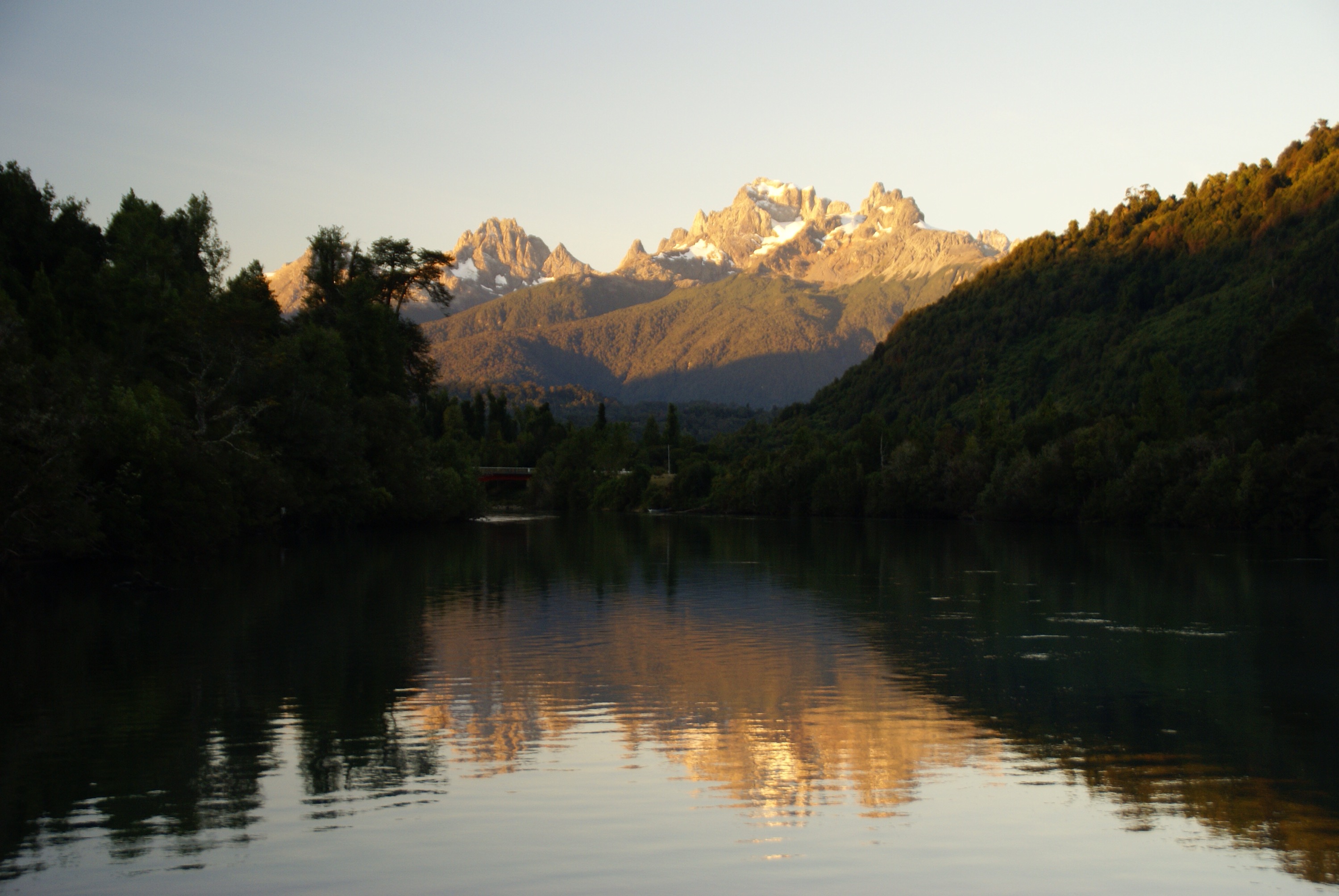
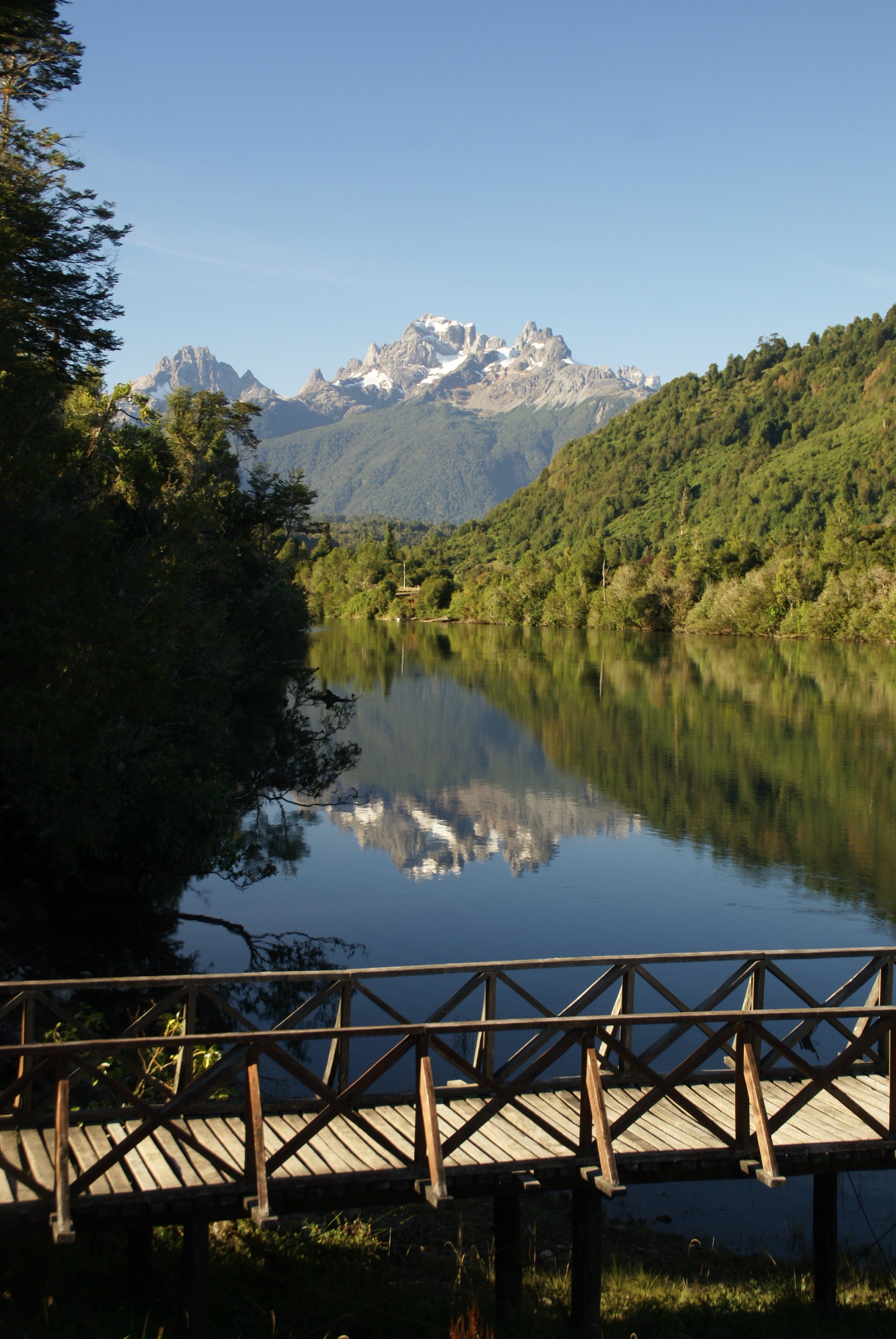
We spent a couple of days in the verdant and pristine Parque Pumalin. This is not a National Park as such but is owned by Doug Tompkins, the husband of Kris Tompkins who owns Parque Patagonia. Doug bought large swathes of land the size of Rhode Island and has run them as a large conservation project. This has been somewhat controversial with the Chilean people but seems now to be accepted. Eventually it will be handed over to the Chilean government to be run as a National Park. For now it's free for the public to use with some lovely camping areas. The scenery had changed yet again with deep forest and ferns. There was also some immaculate grassy areas that made you feel as though you were on the grounds of an English stately home. Then as a backdrop there were mountains with sparkling glacial snow on them.
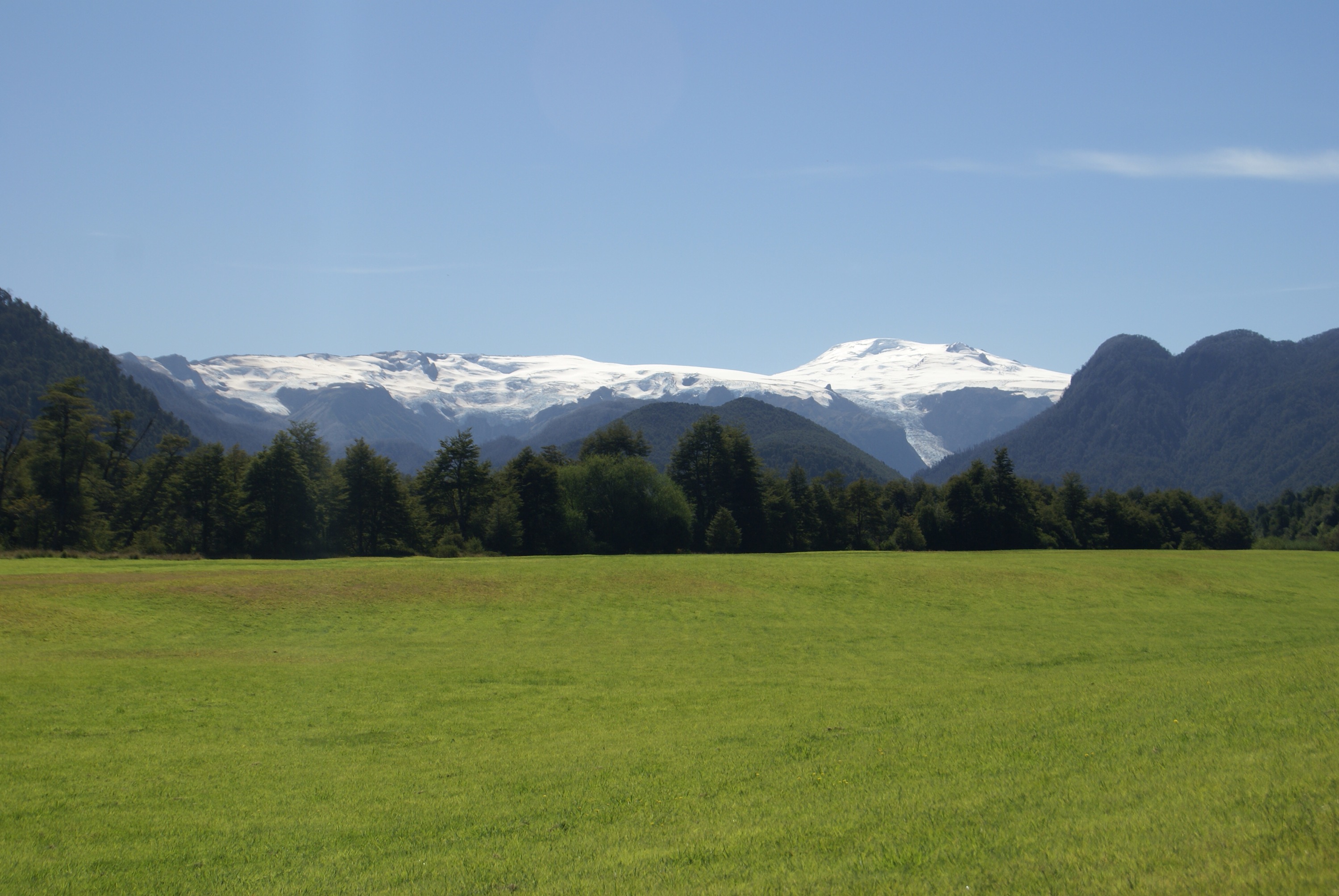
We spent two nights in the park, one on the Southern section and one in the North. In between we stopped in the village of Chaiten. In 2008 the nearby volcano had unexpectedly erupted and devastated the village but it is now slowly recovering. We could see the volcano still slightly smoking from the town. We could not go much further North as the road ran out and the only way out from here was by ferry. But first we camped one last night in the Northern section of the park. From our campsite we had the most magnificent view of another snow capped mountain (no, we don't get sick of seeing them). But as the afternoon wore on the breeze picked up and lifted the volcanic ash that was lying around up. And just like that the mountain faded into the cloud and just as our journey up the road was coming to an end so were the views. But the memories of this special road will last much longer.
